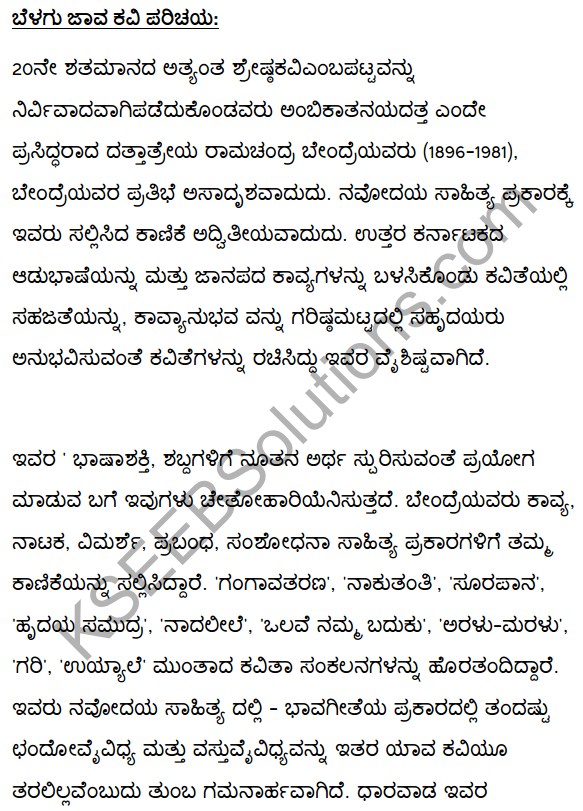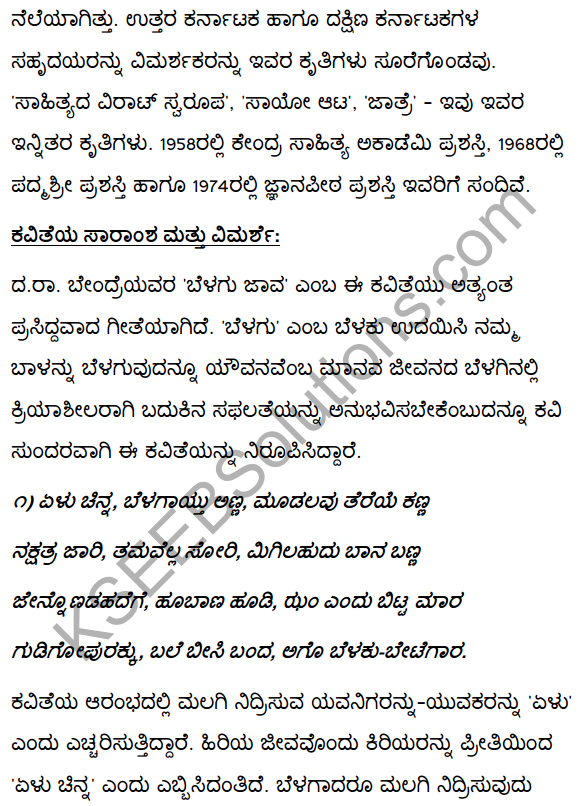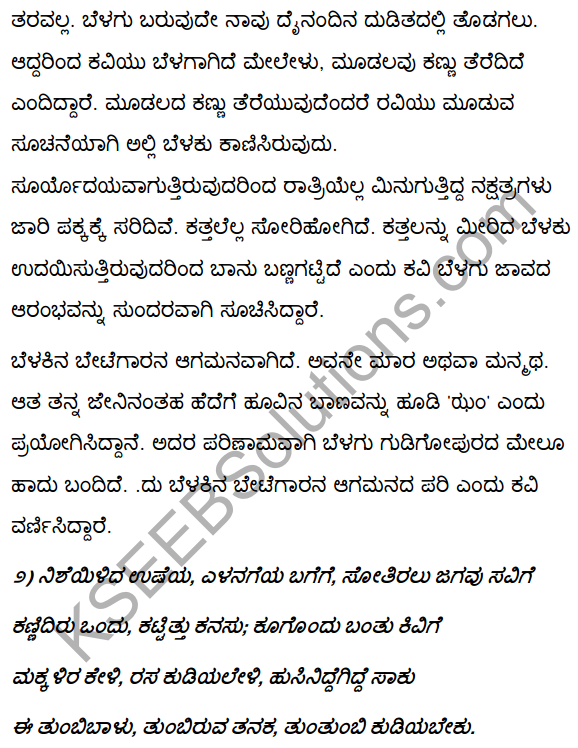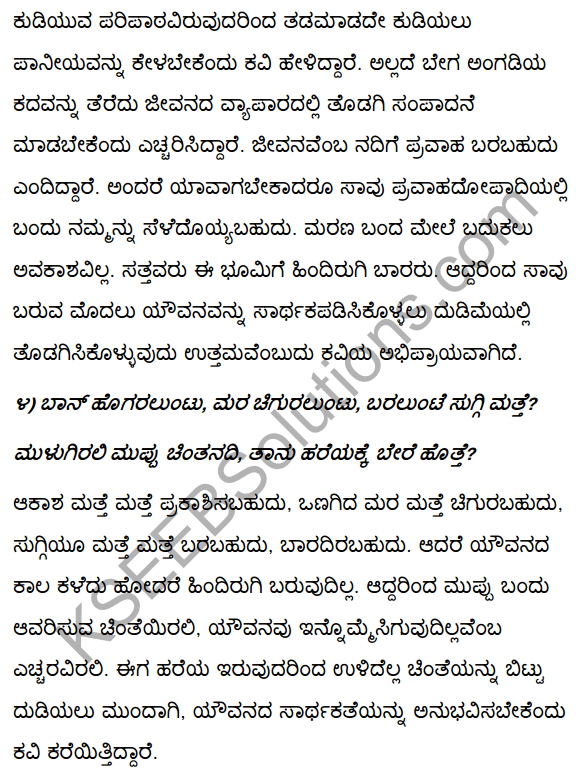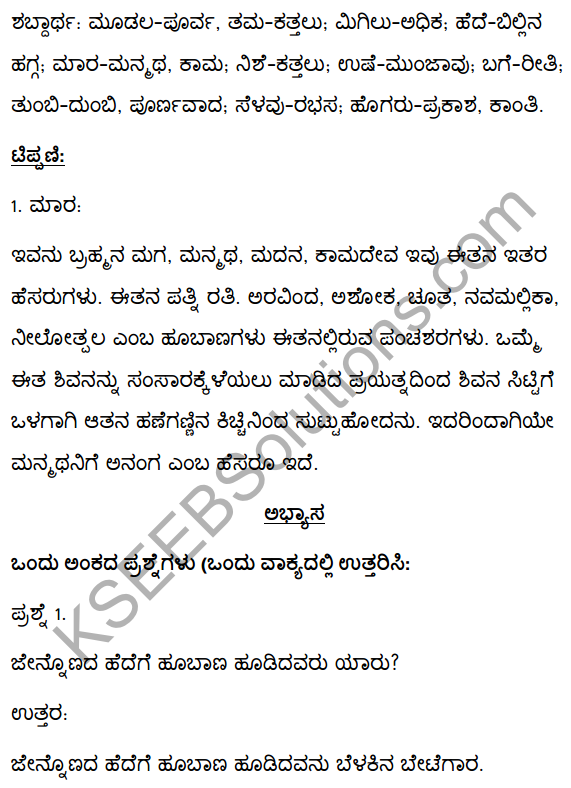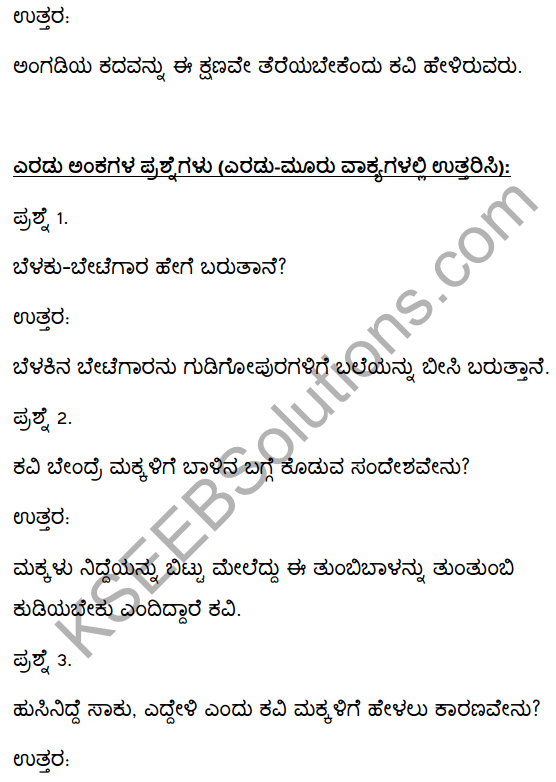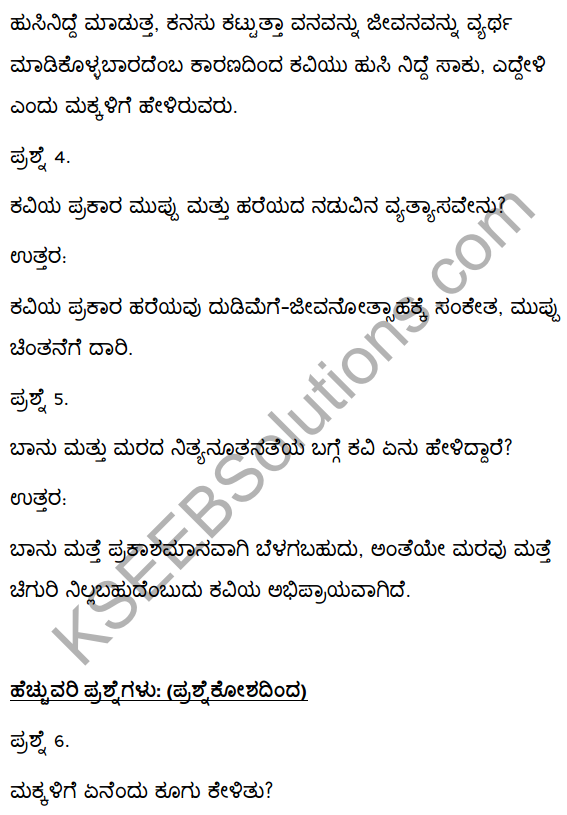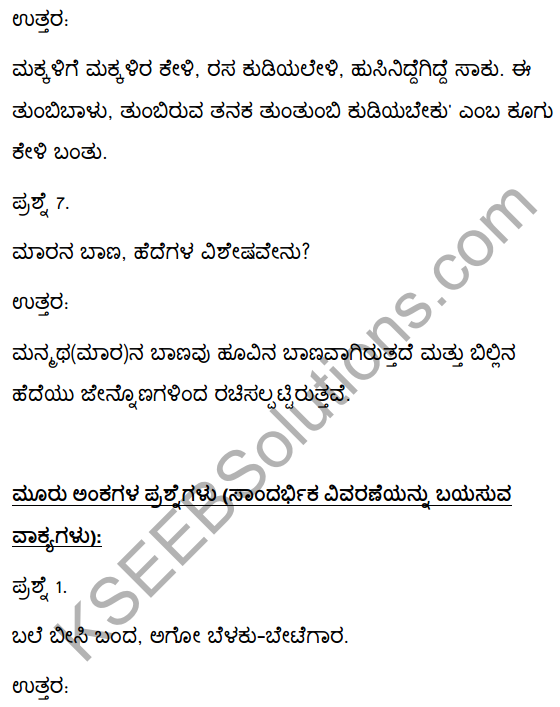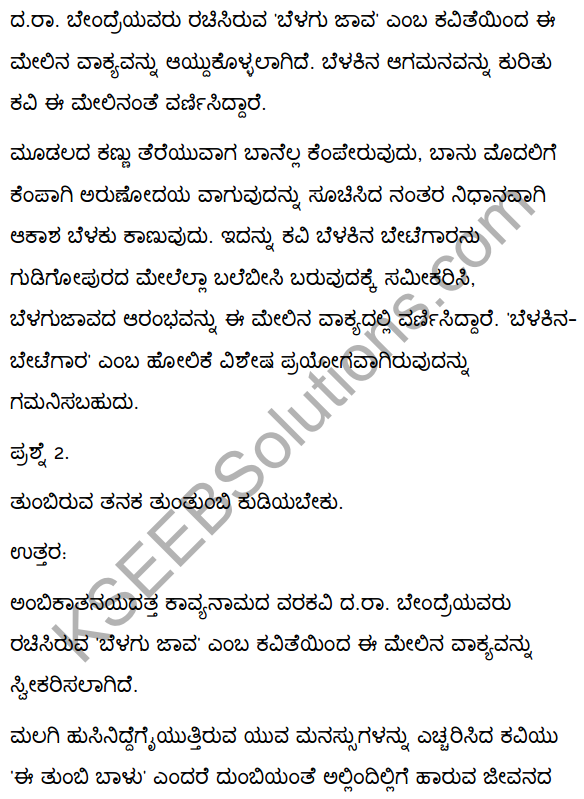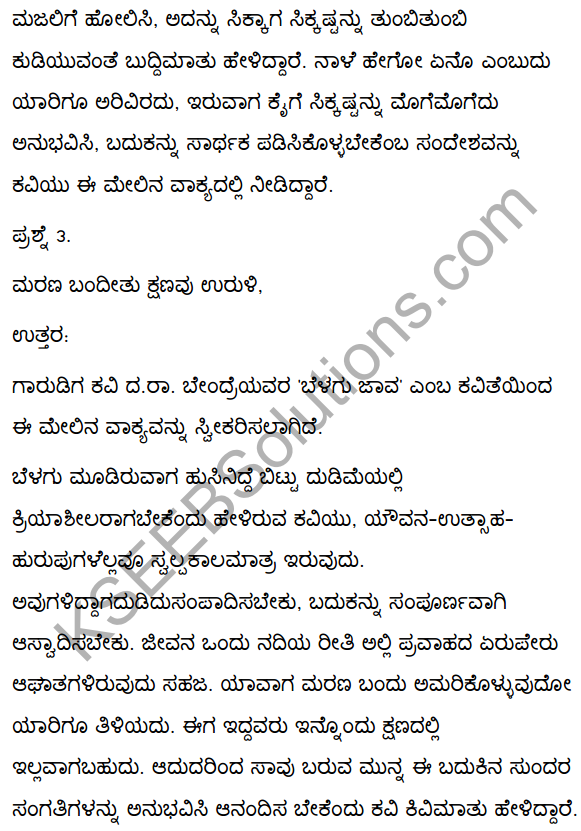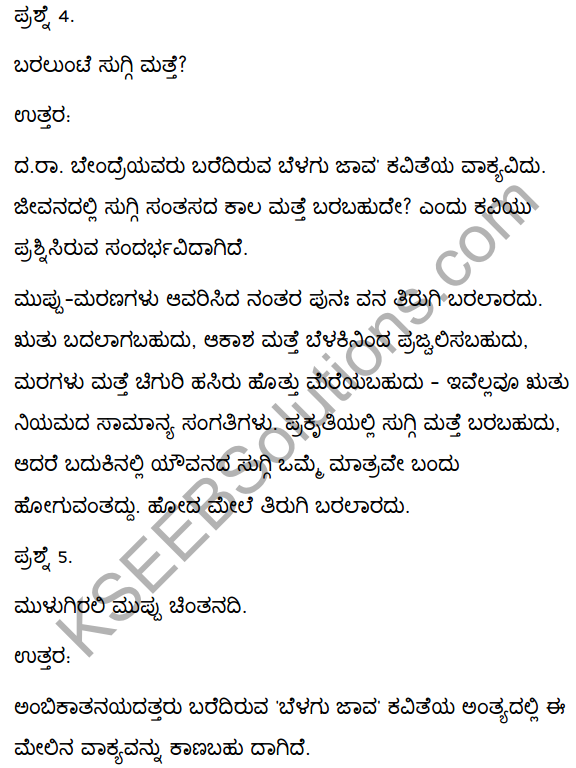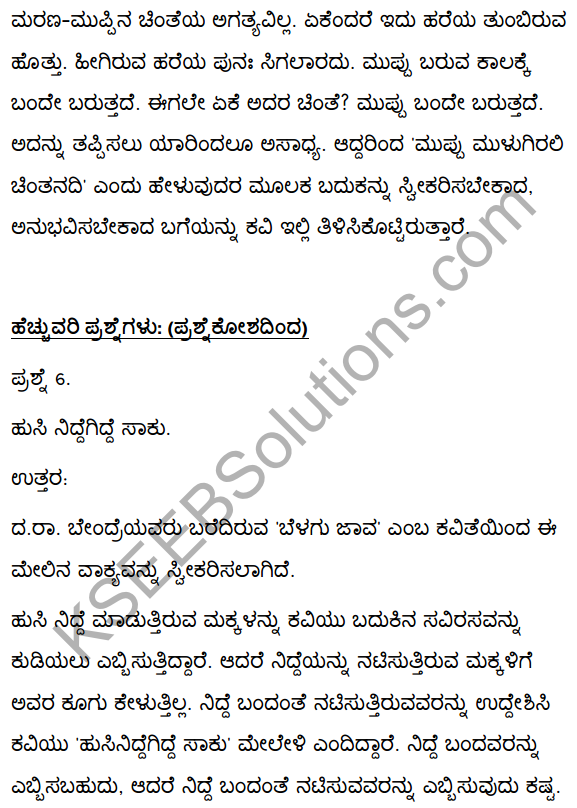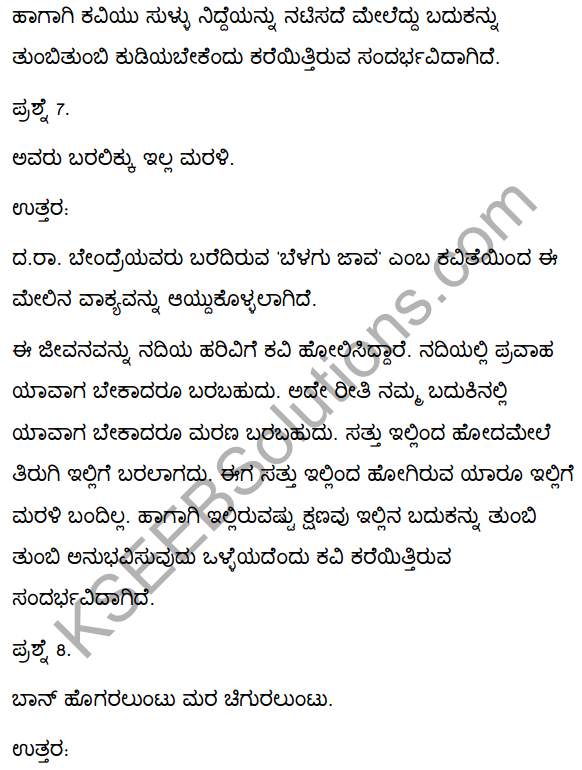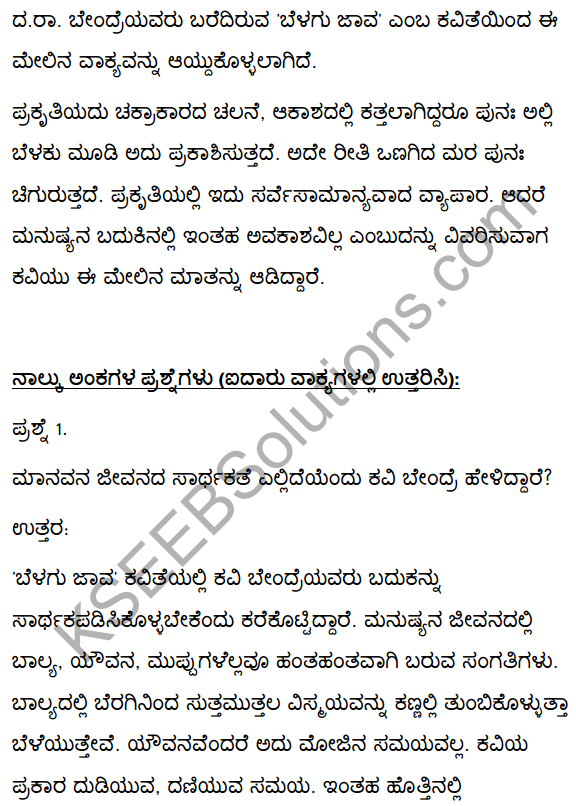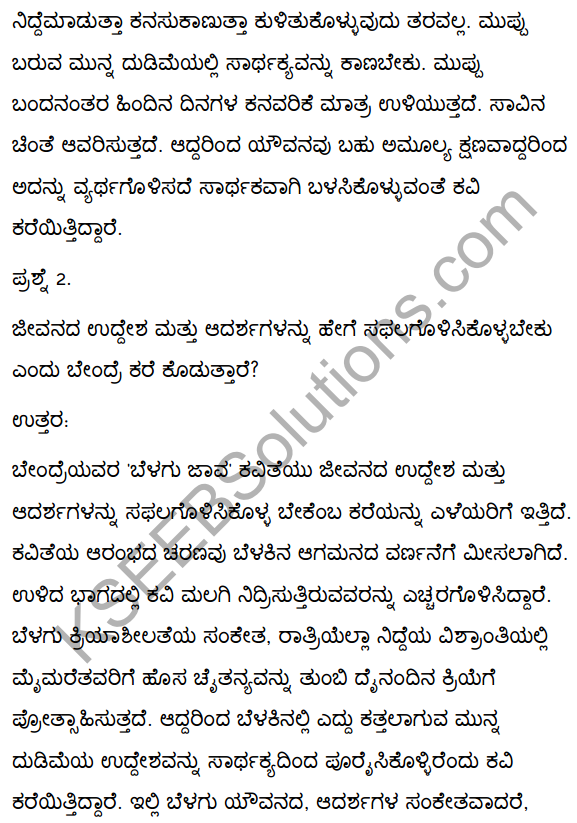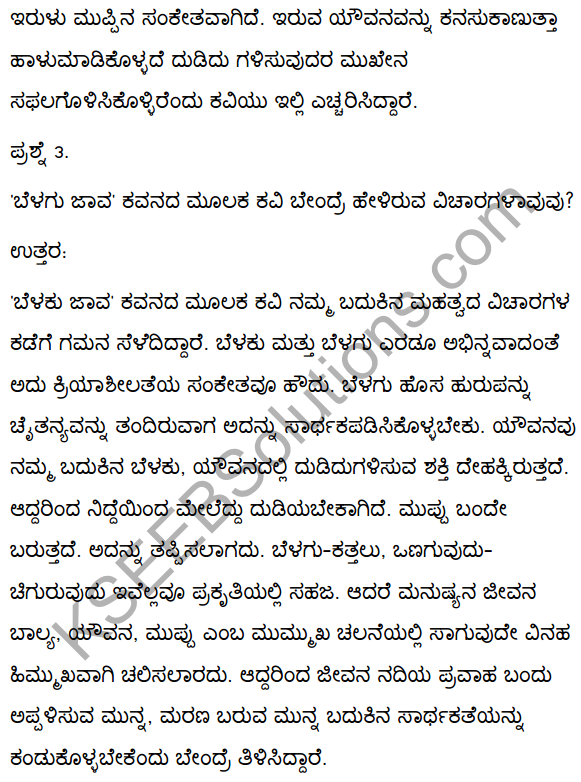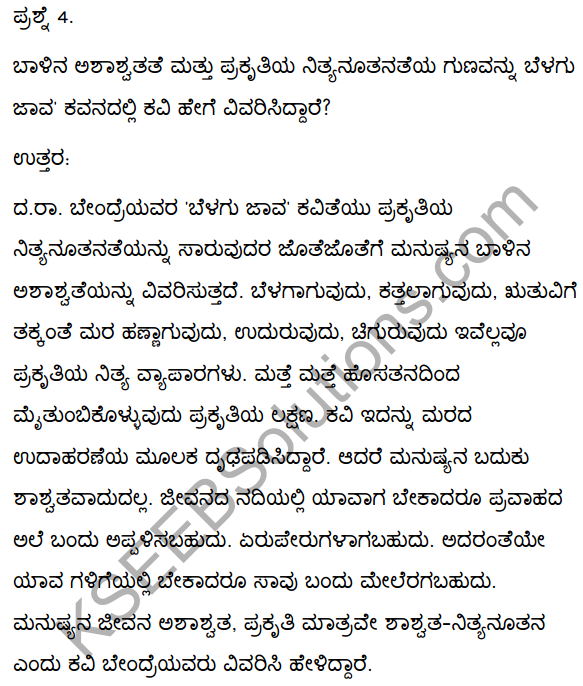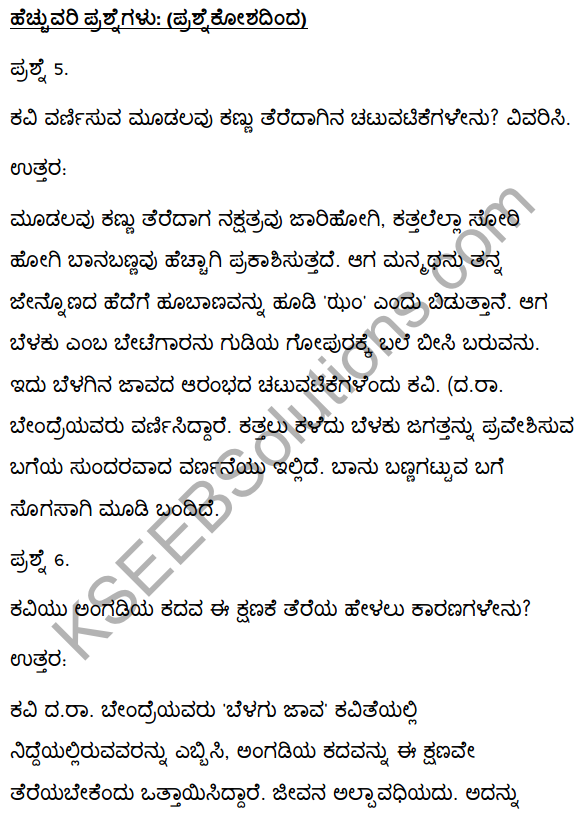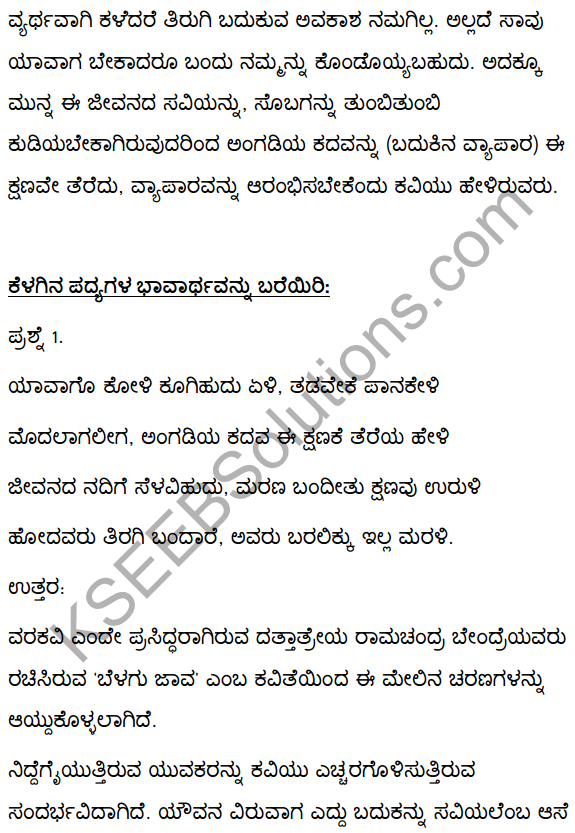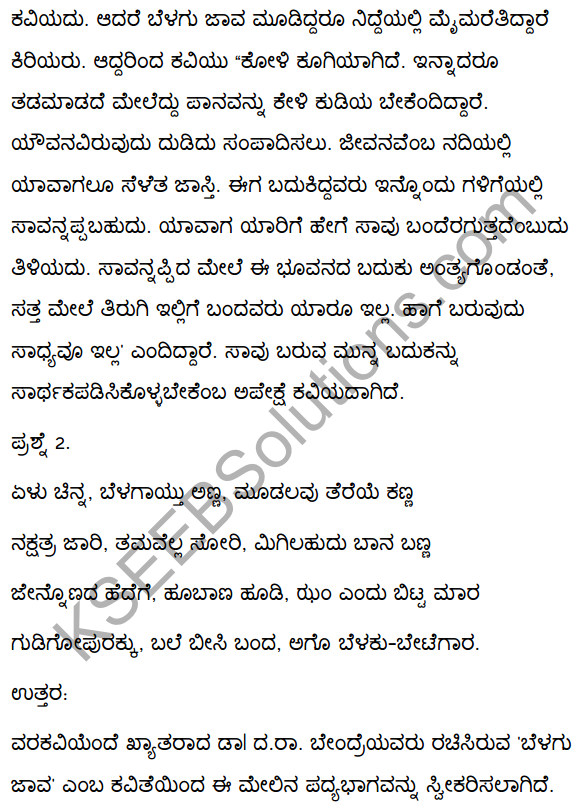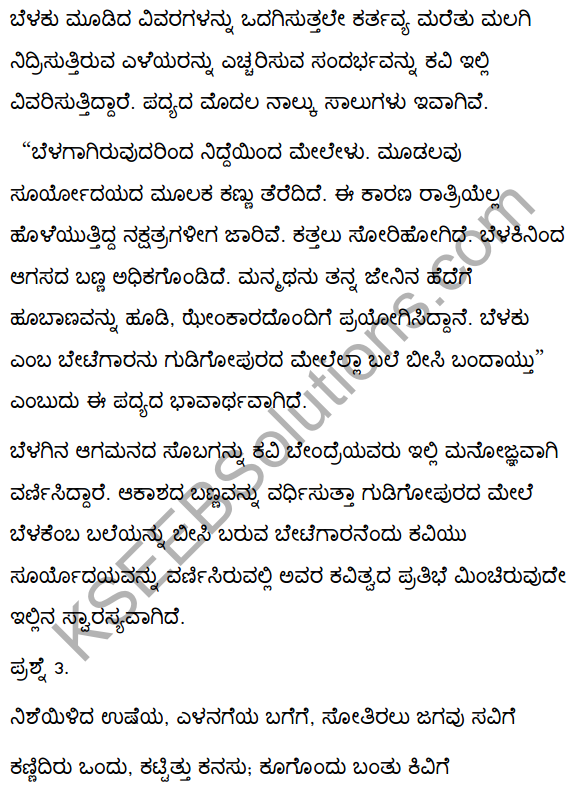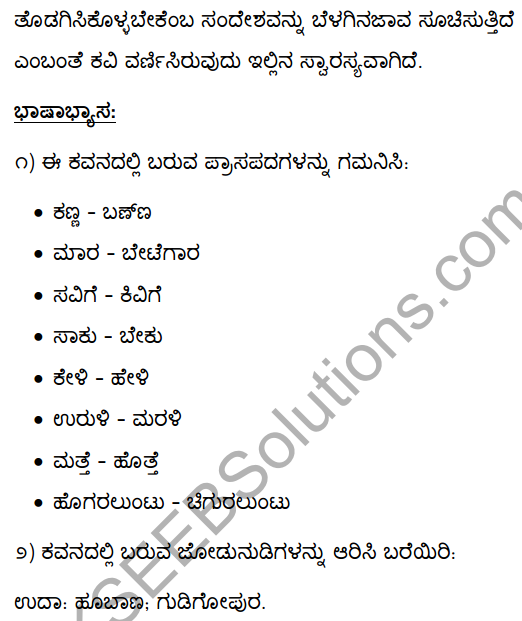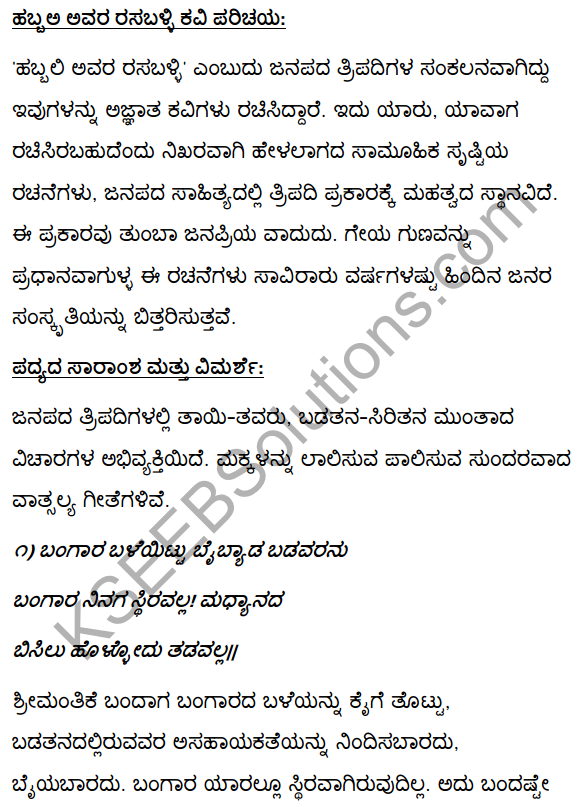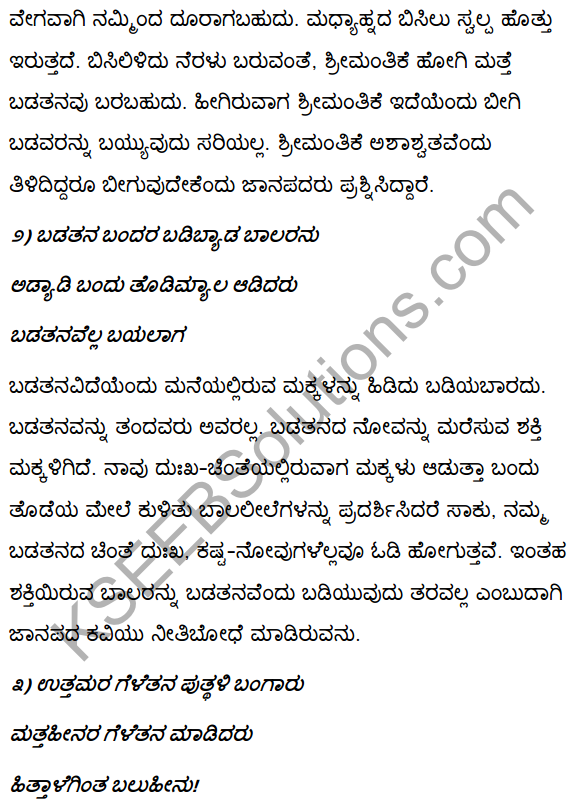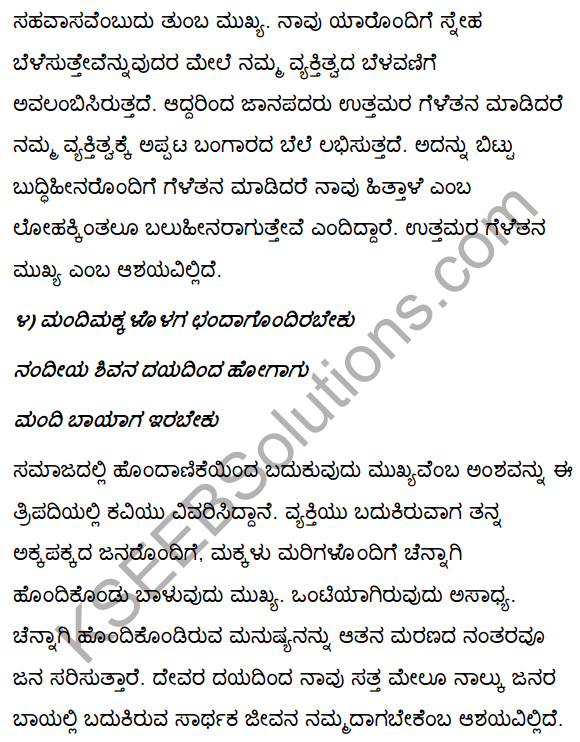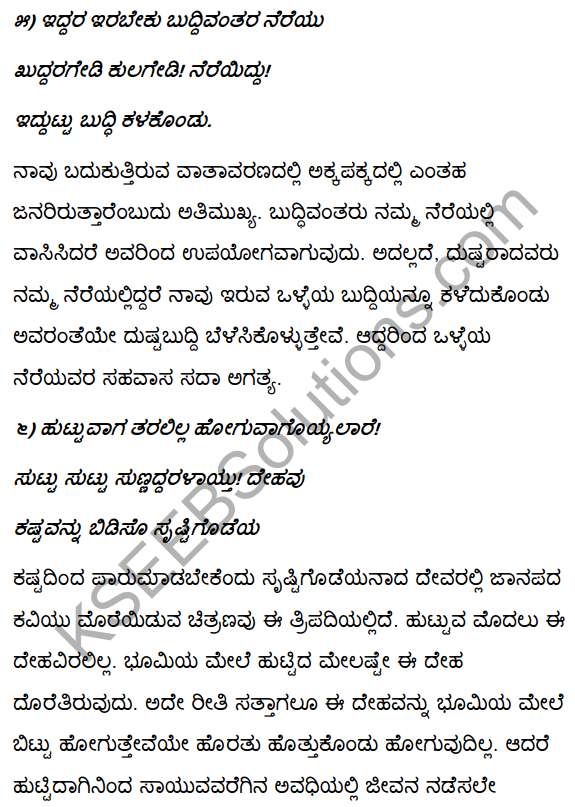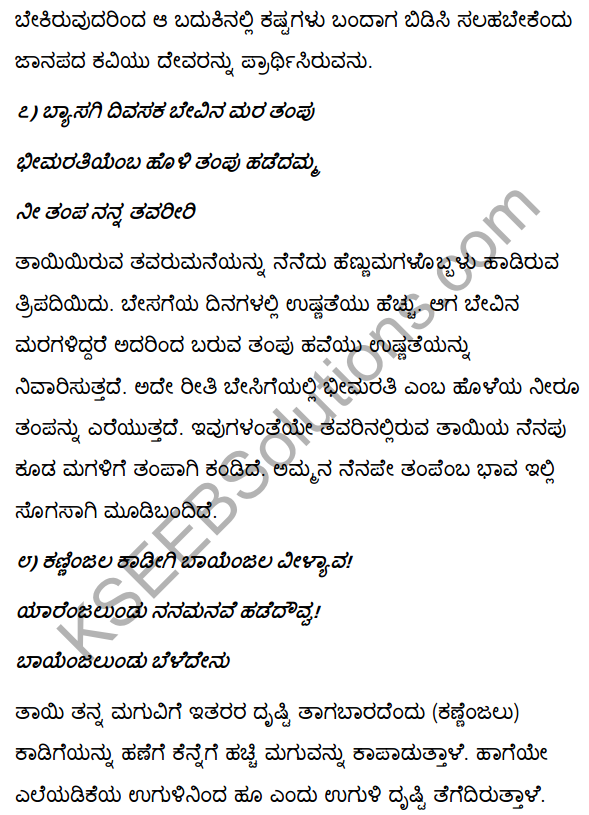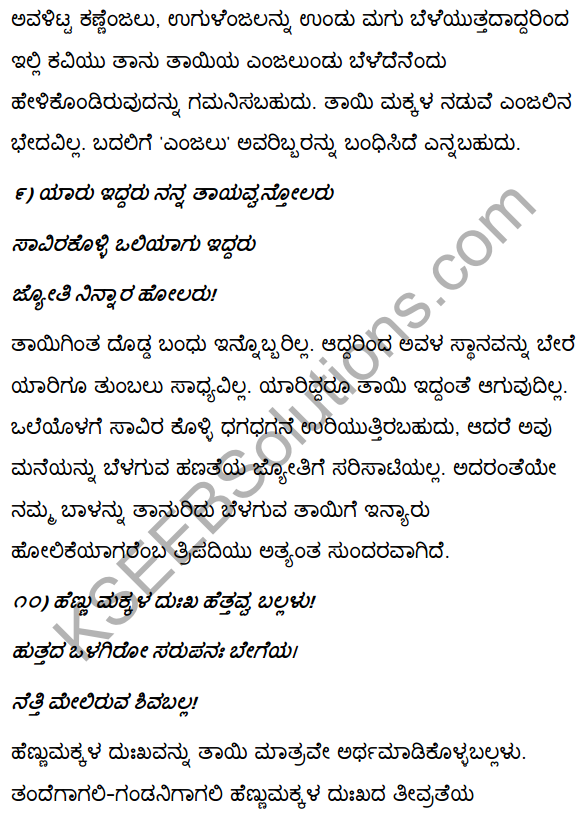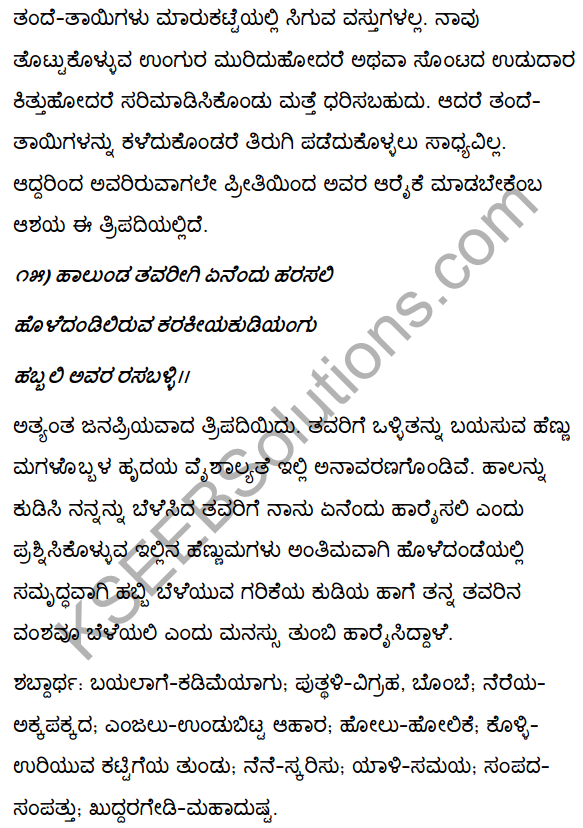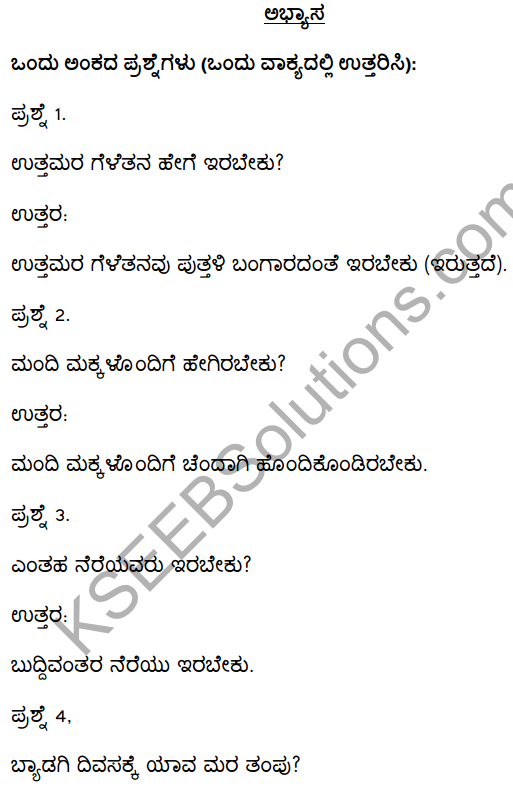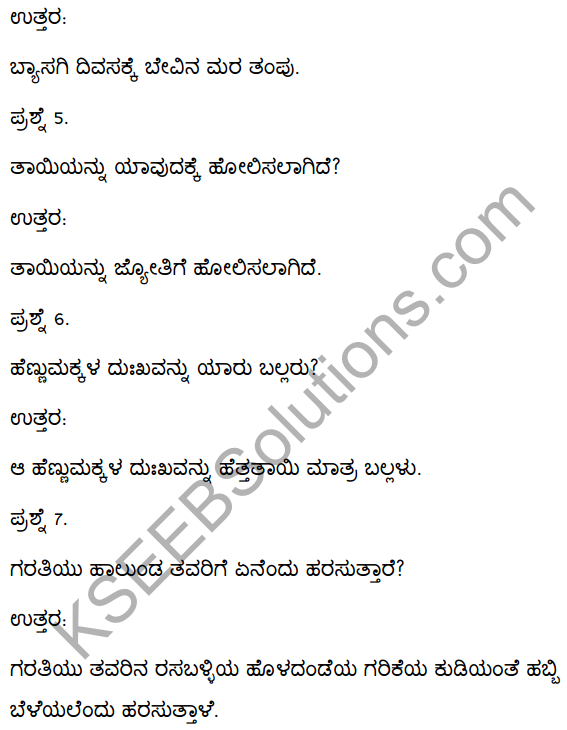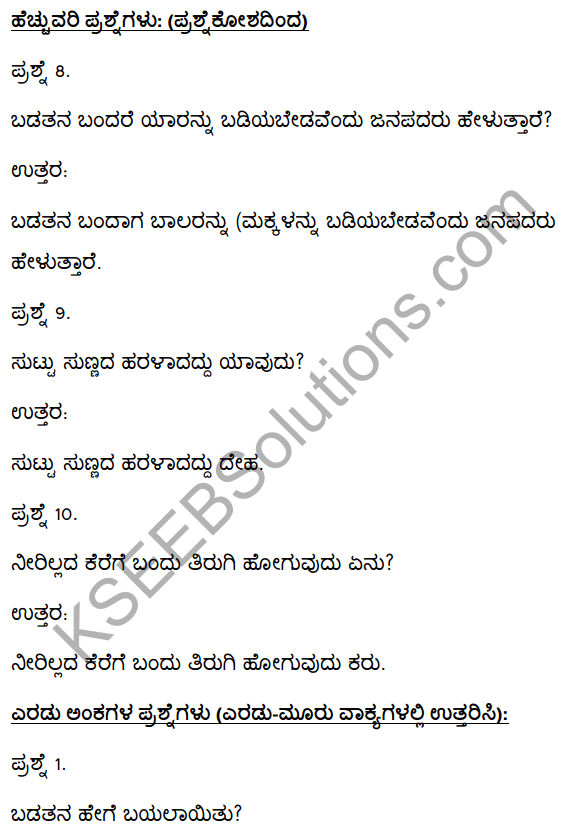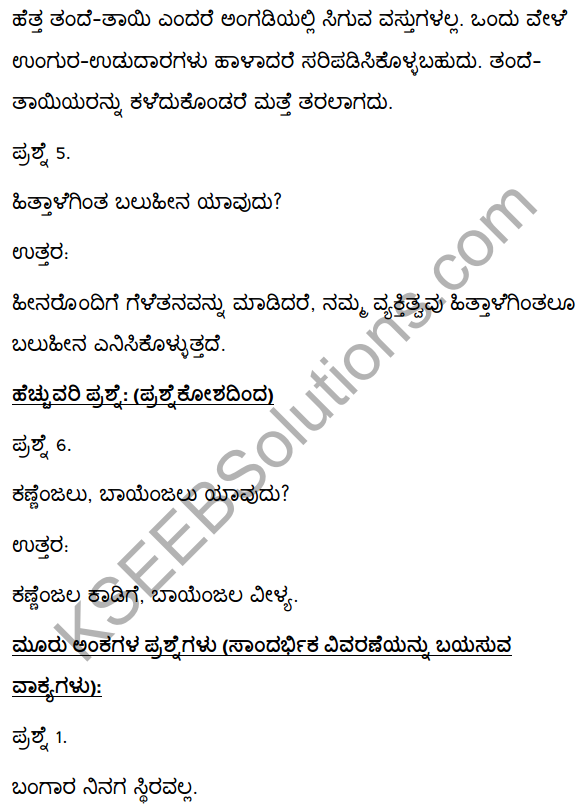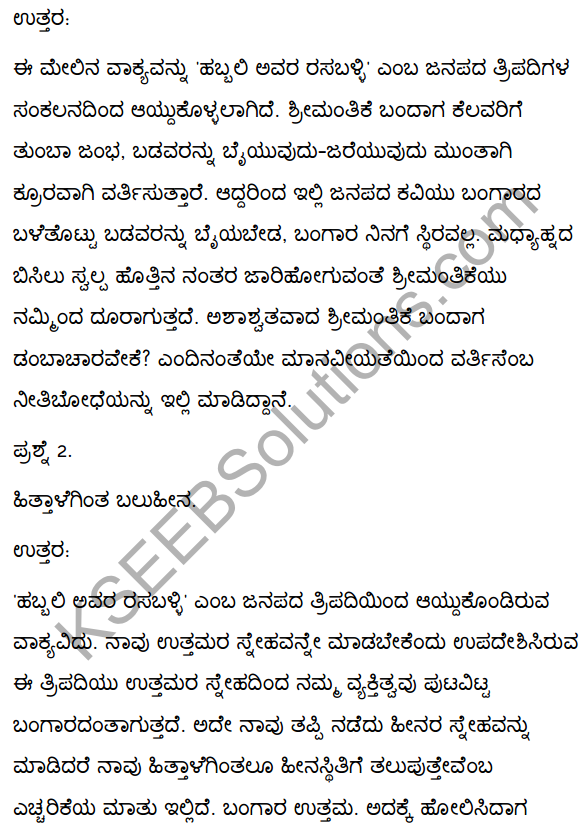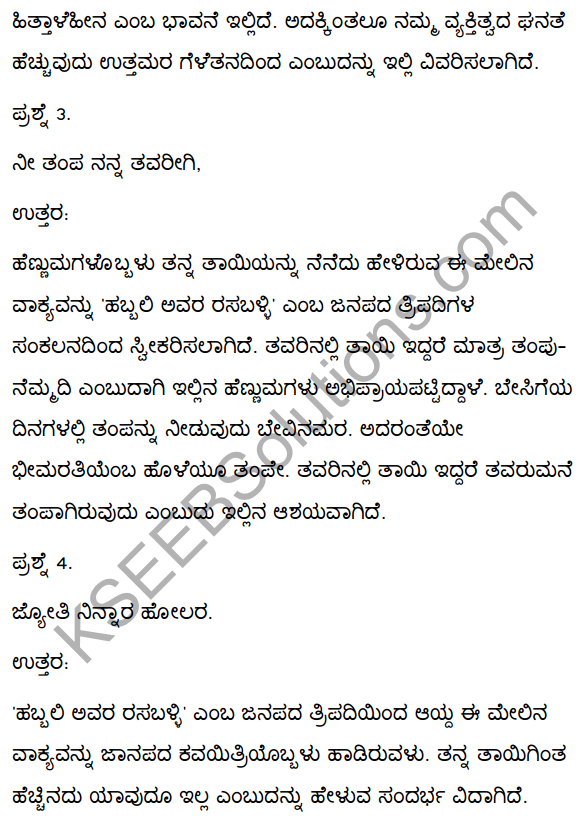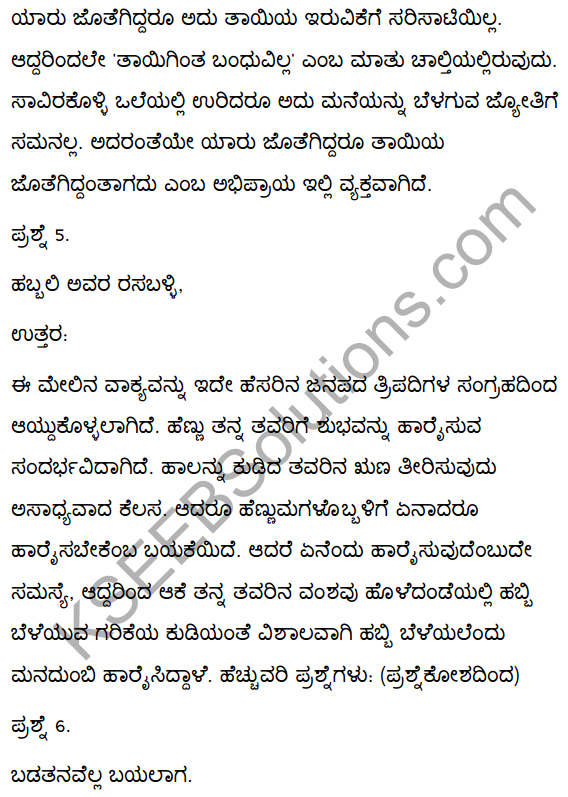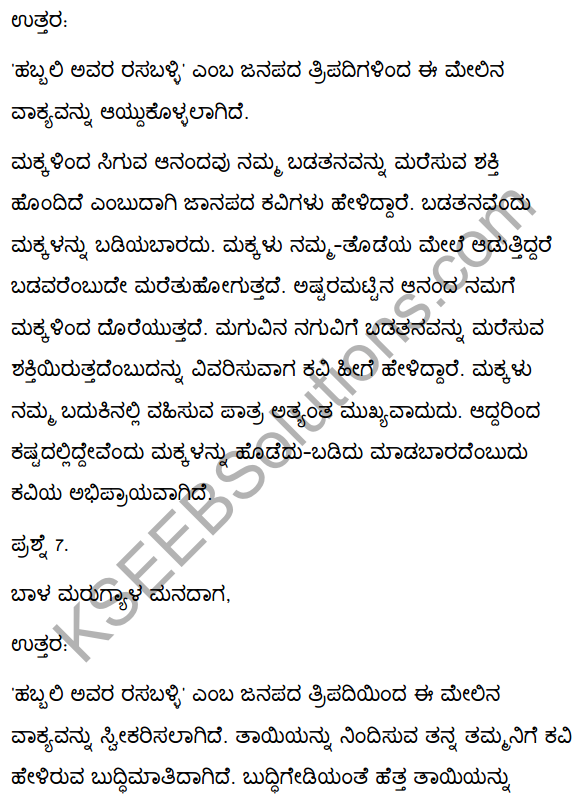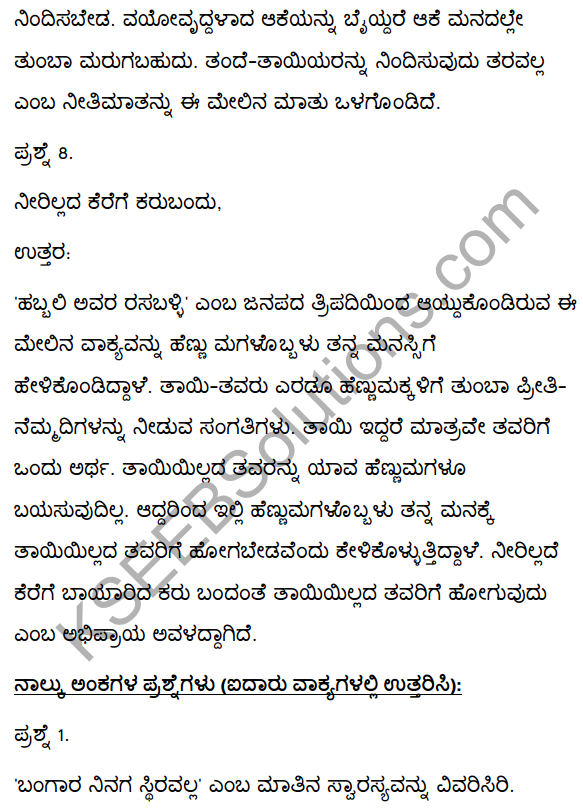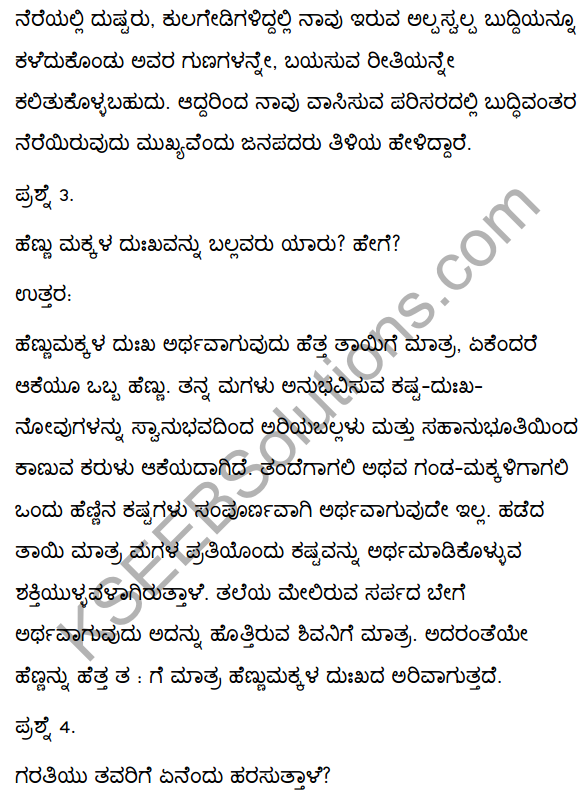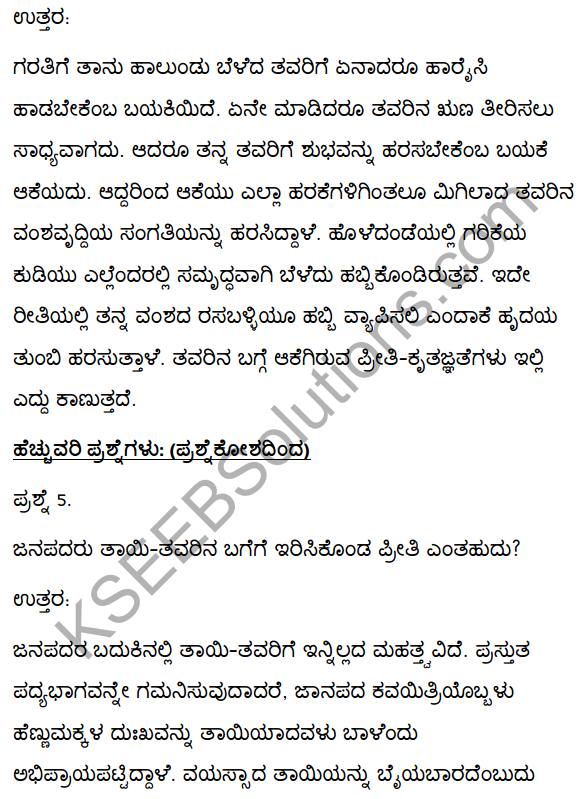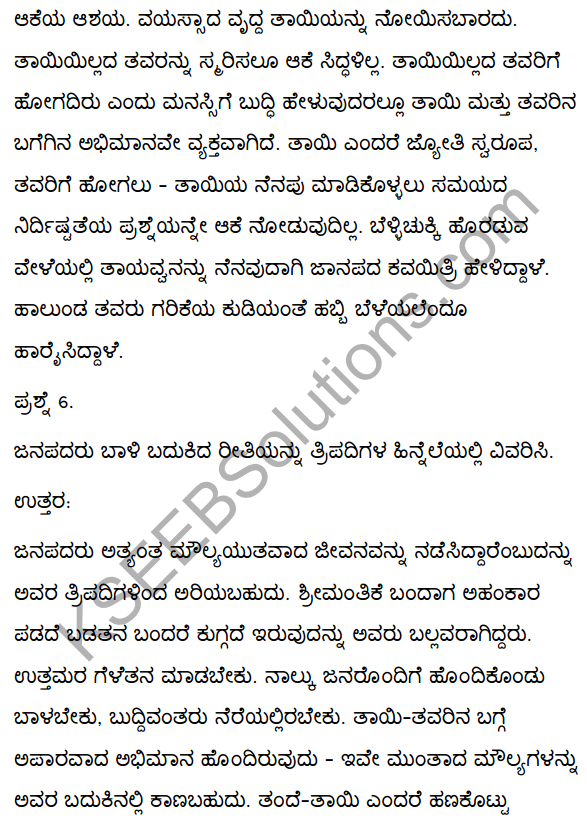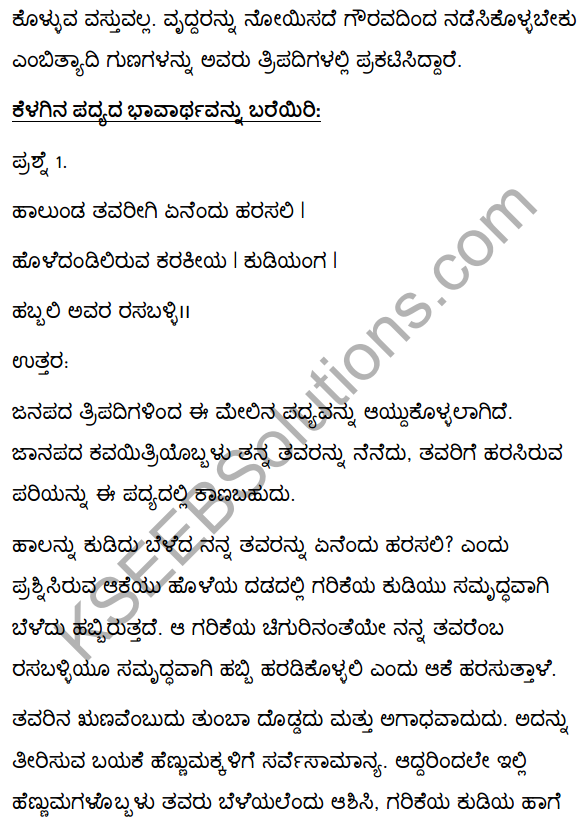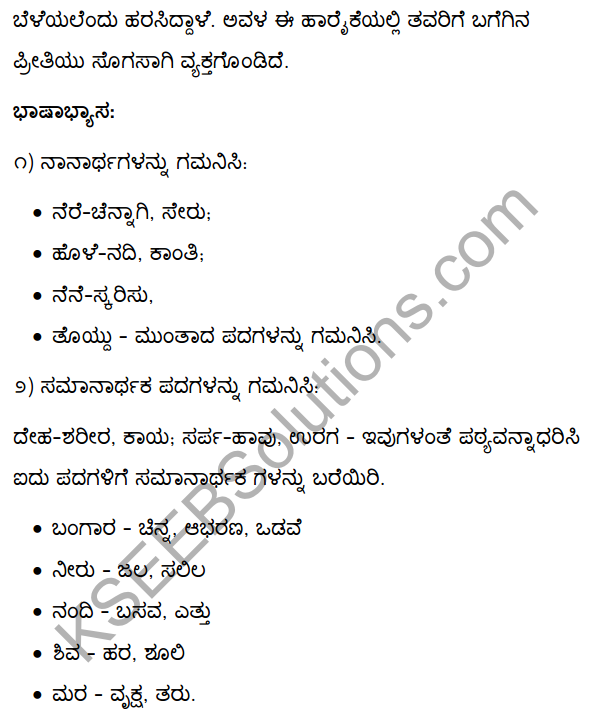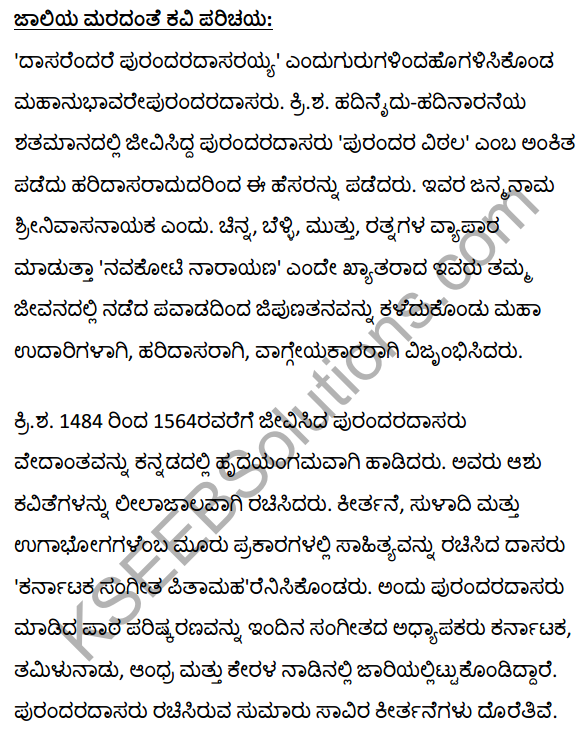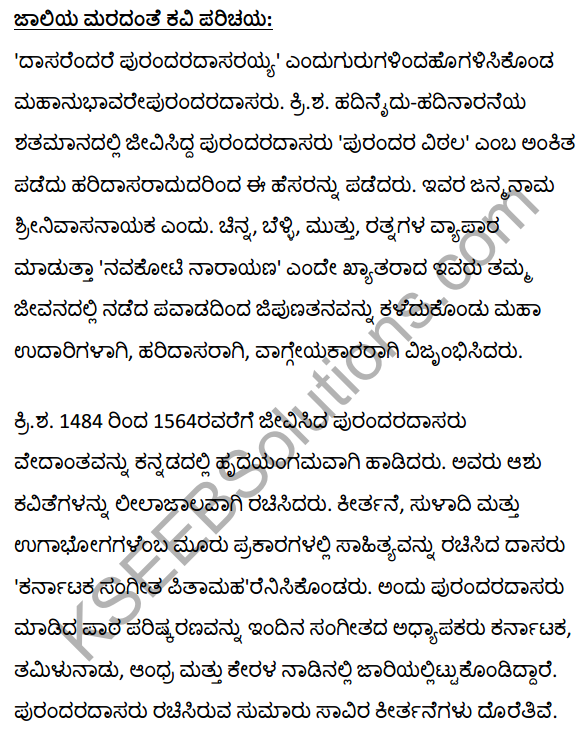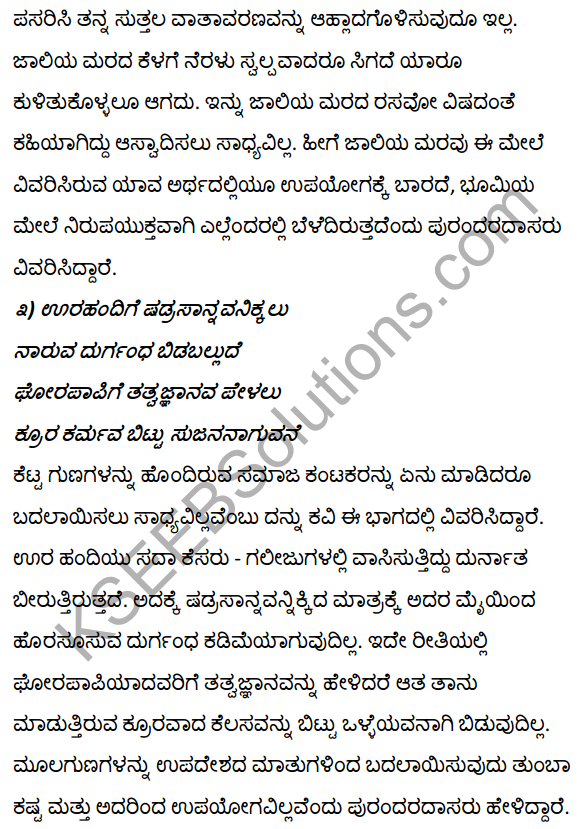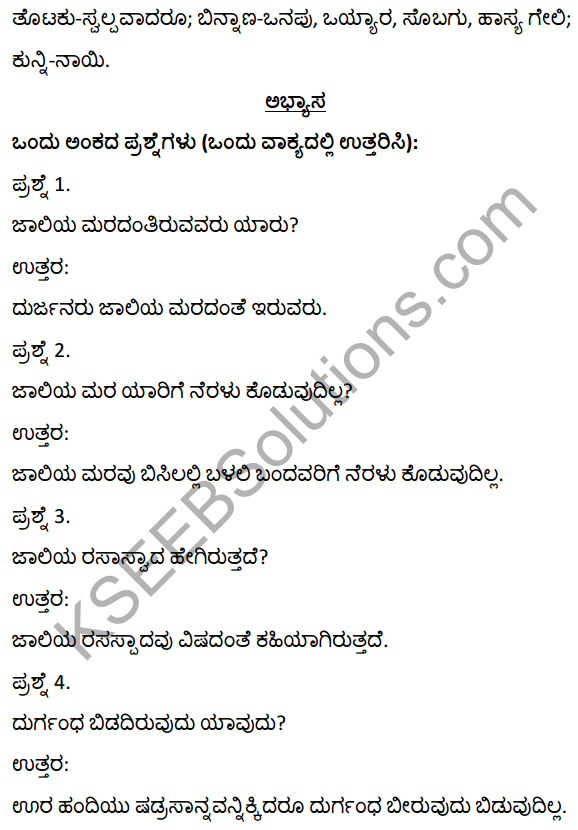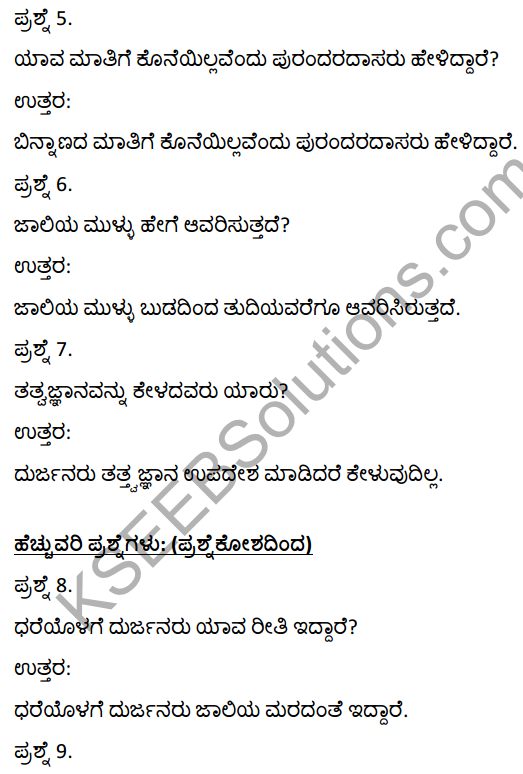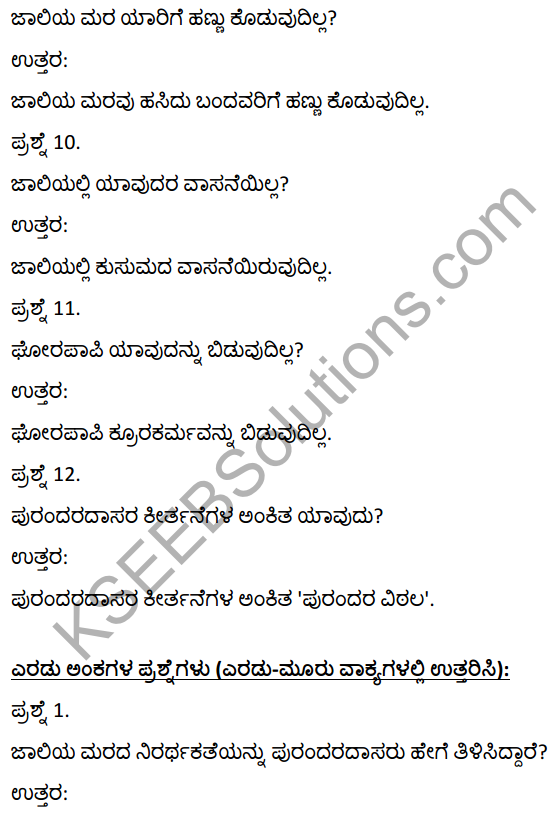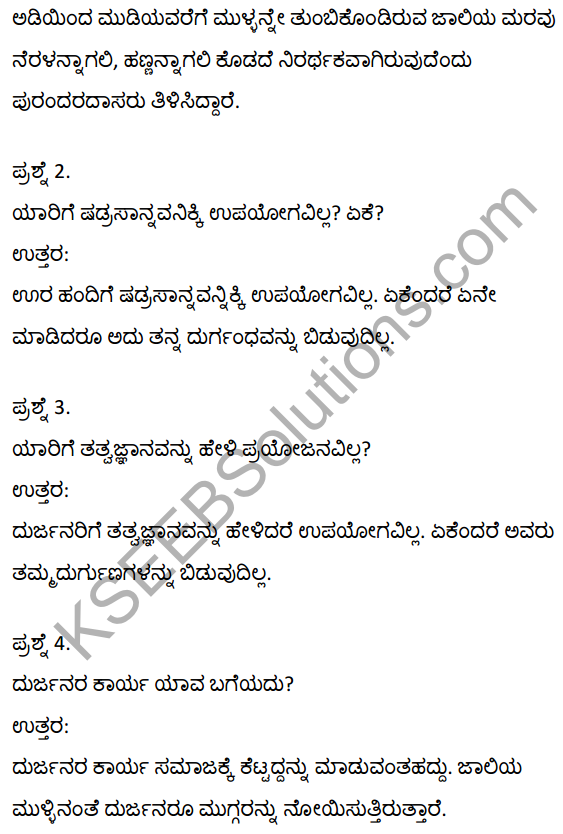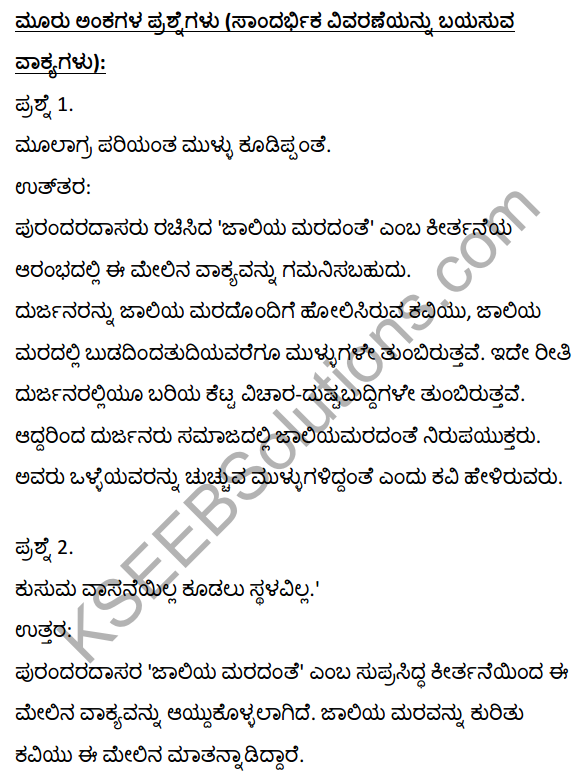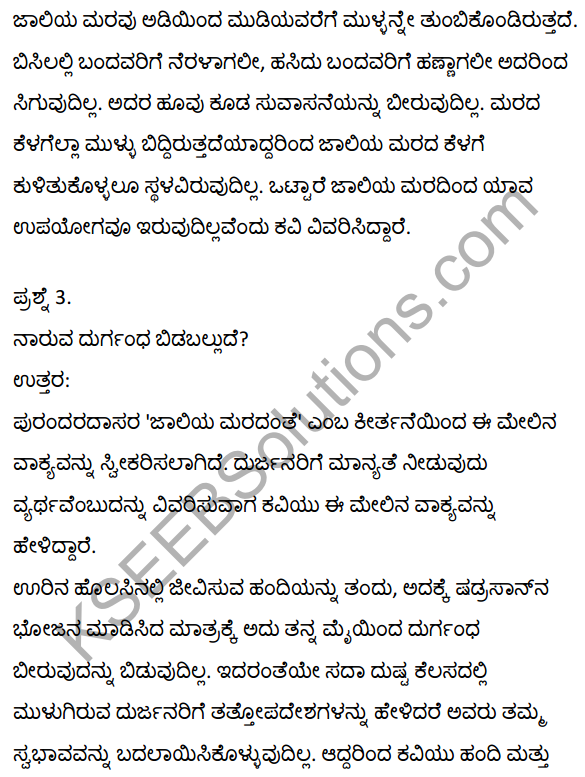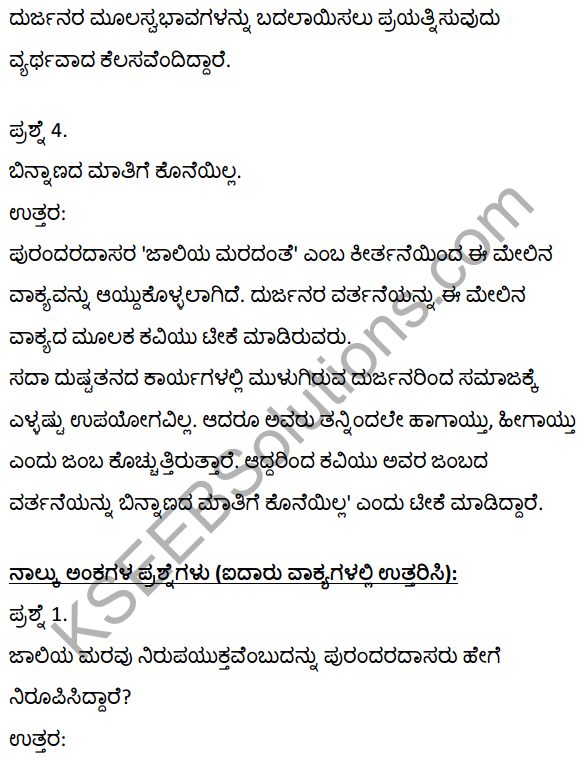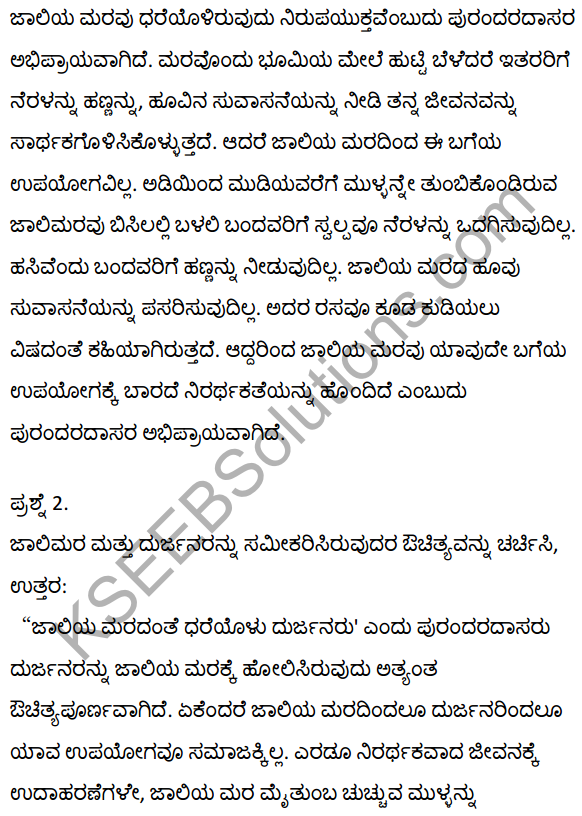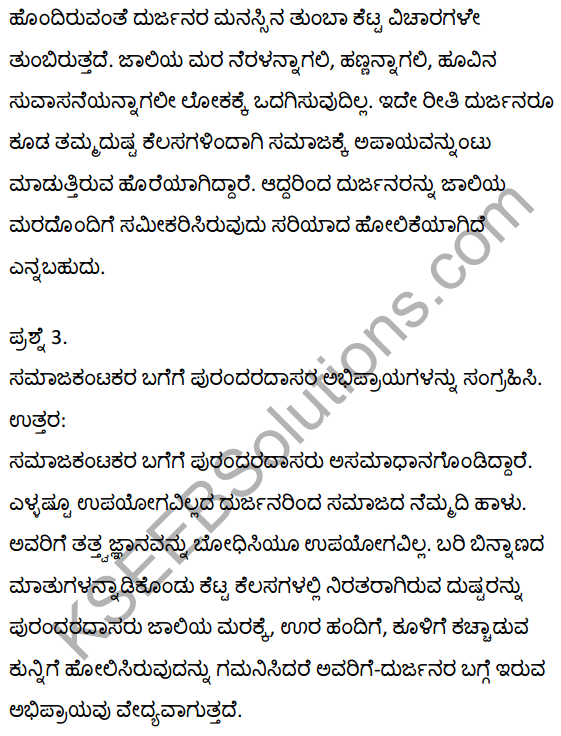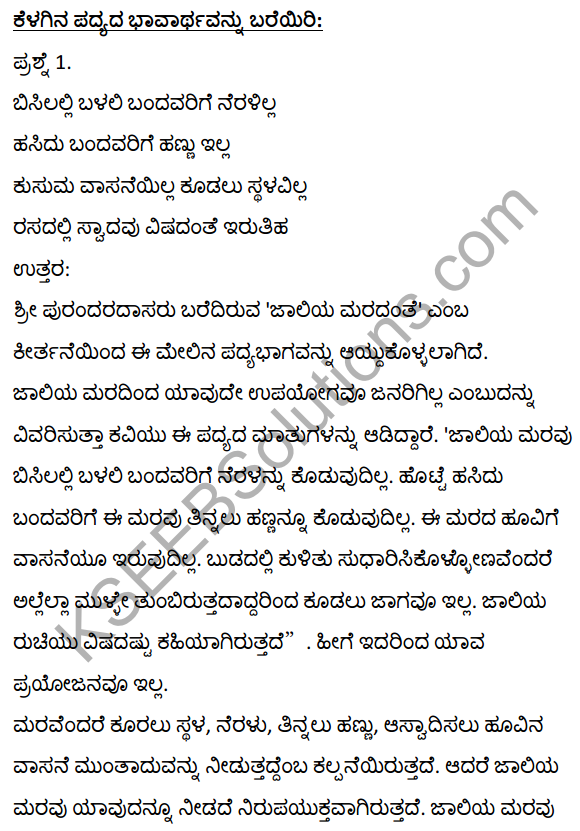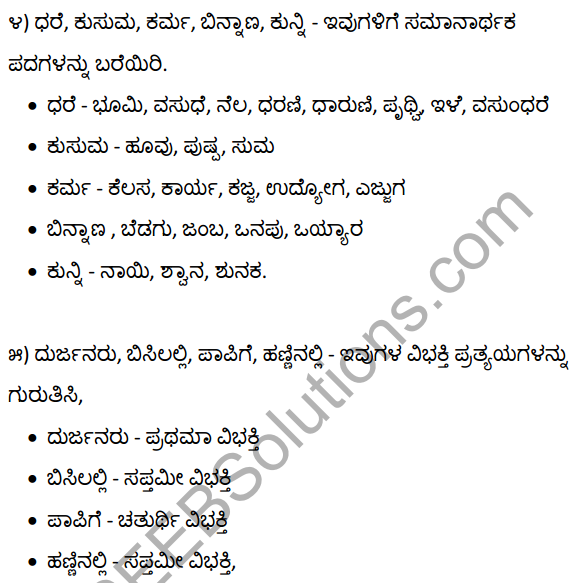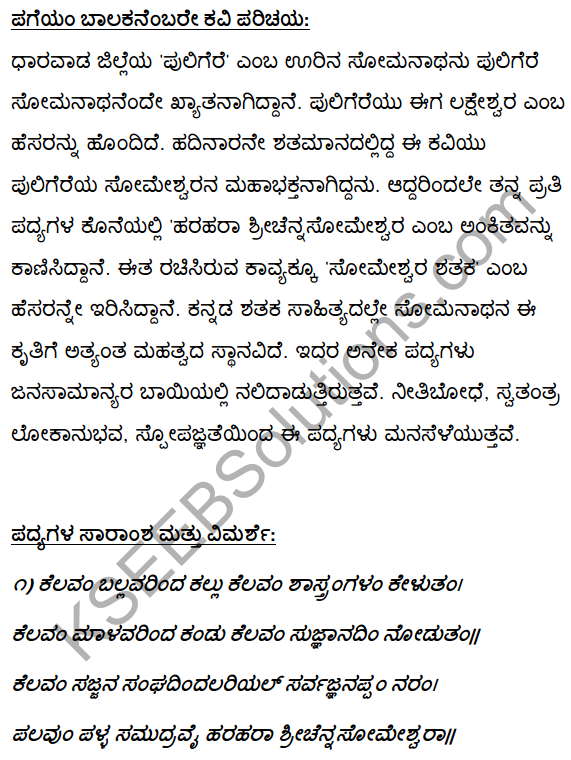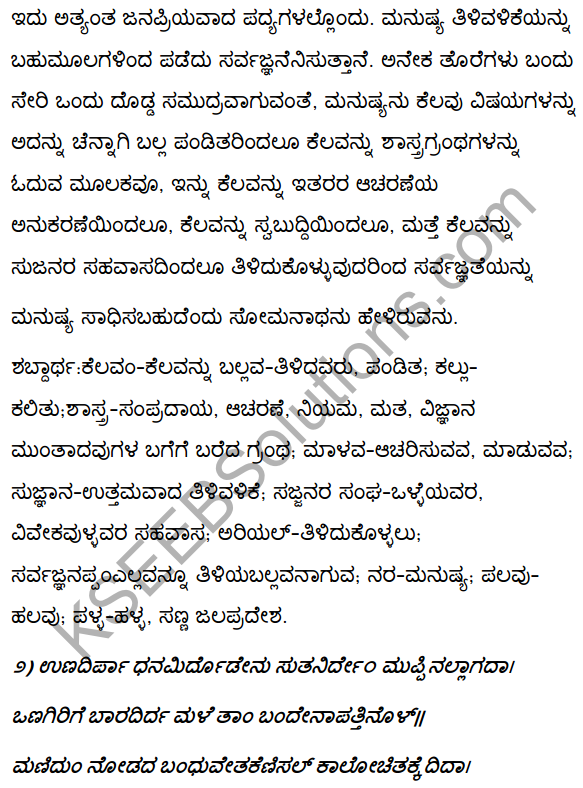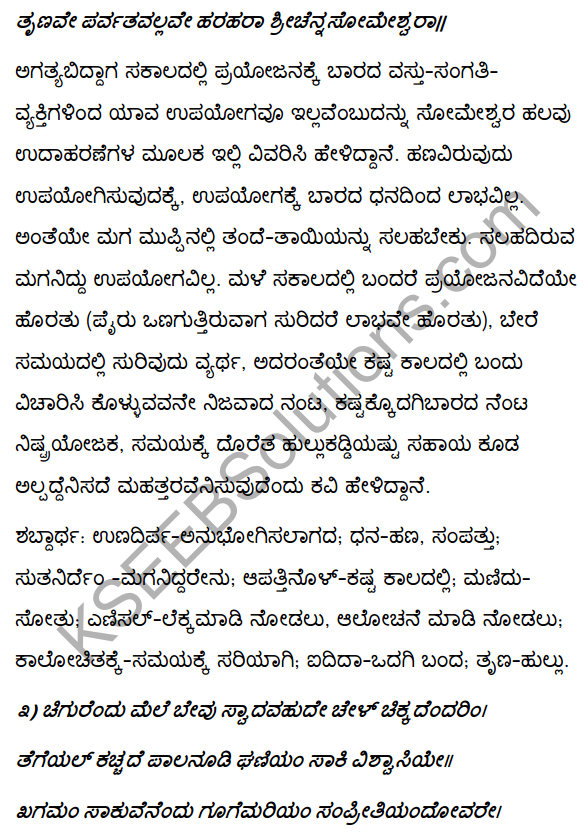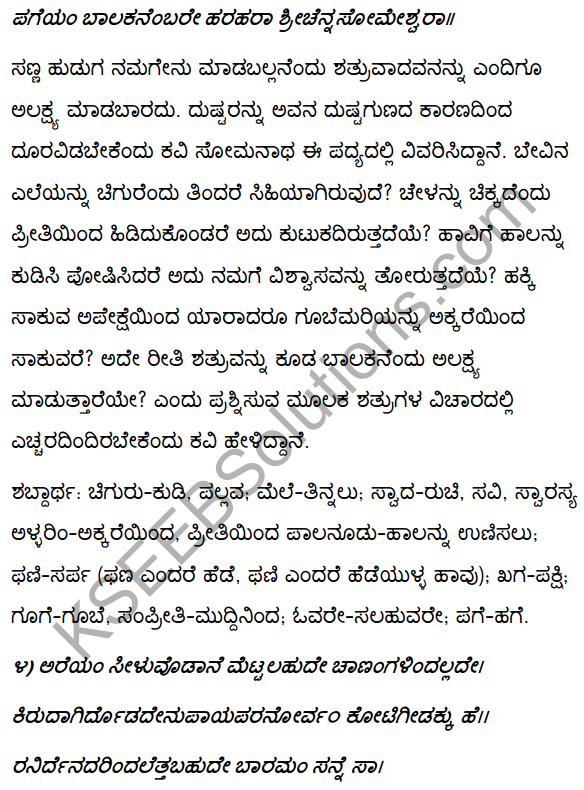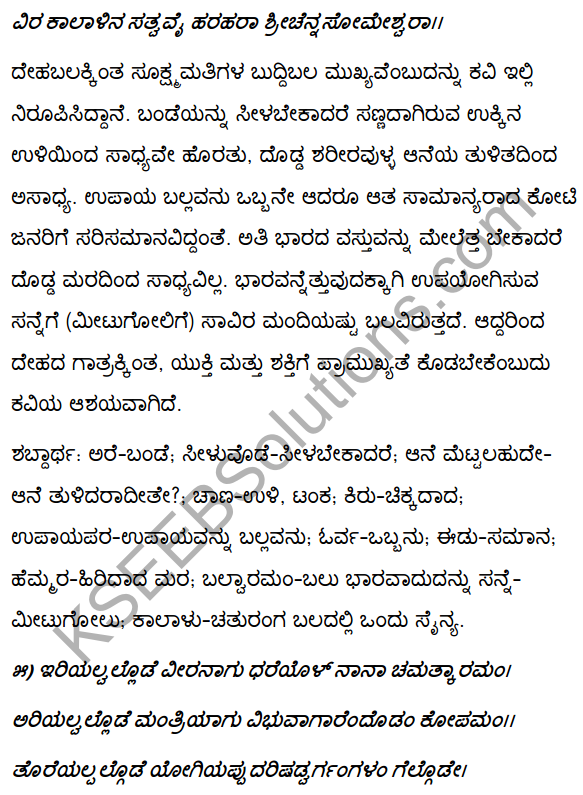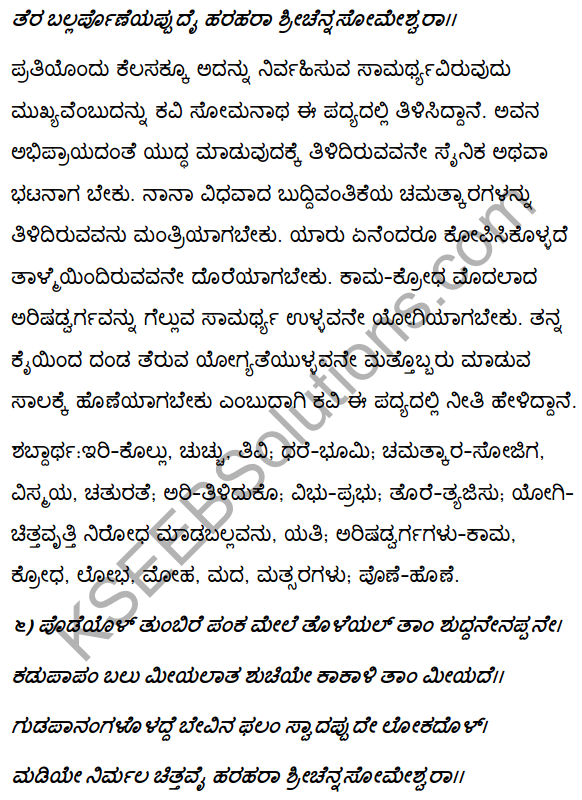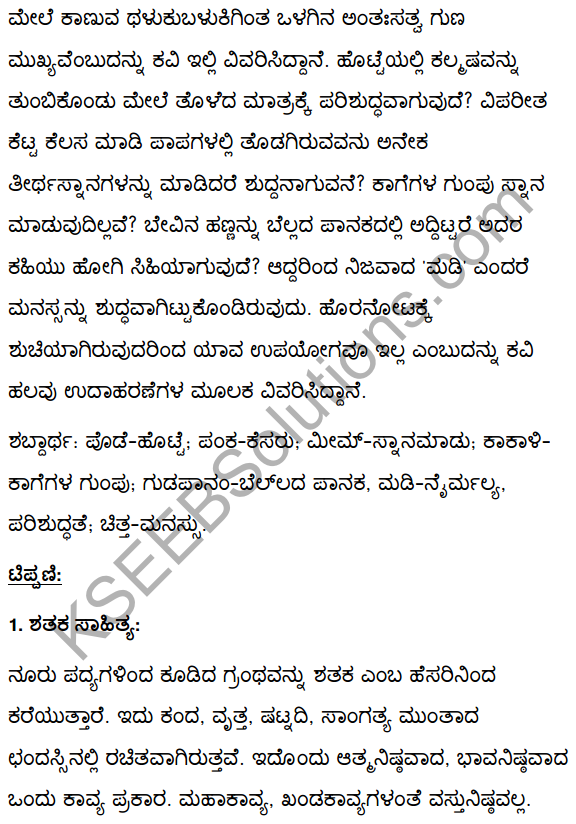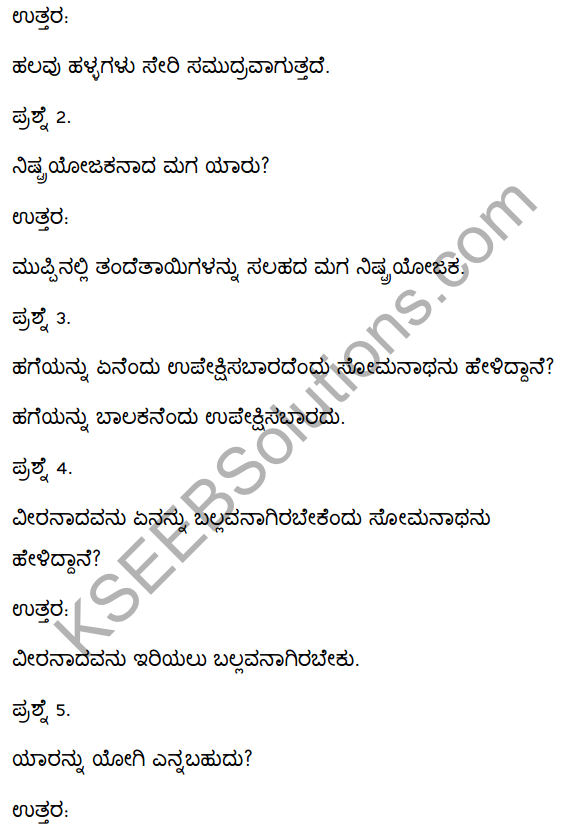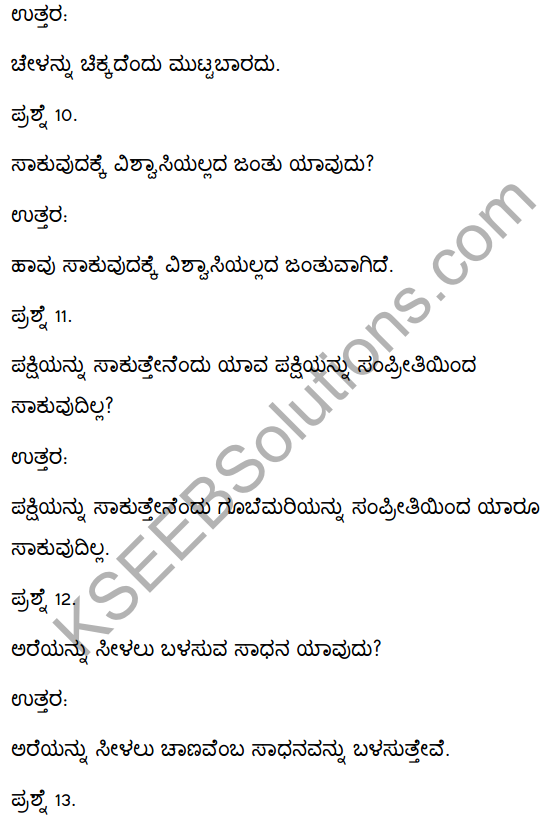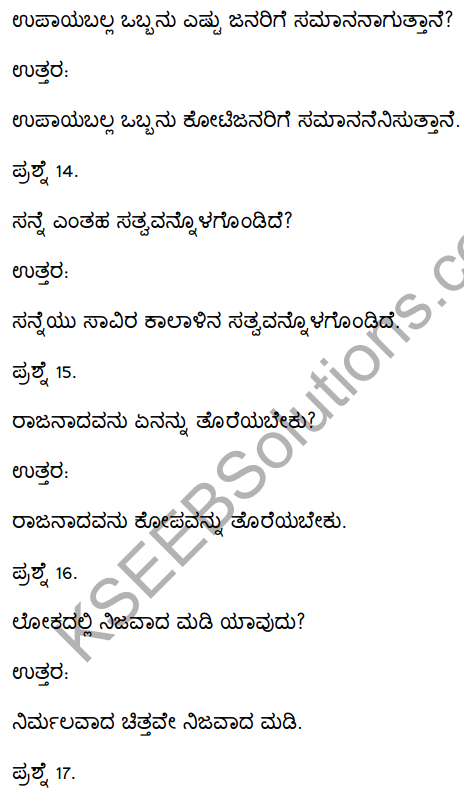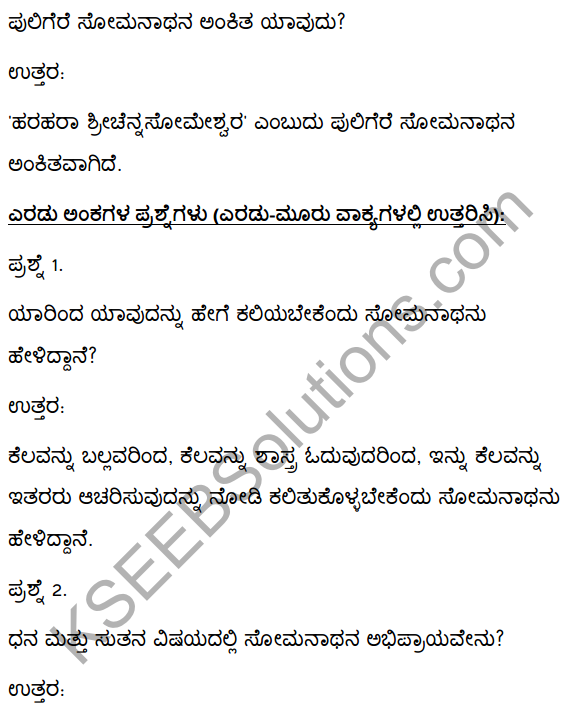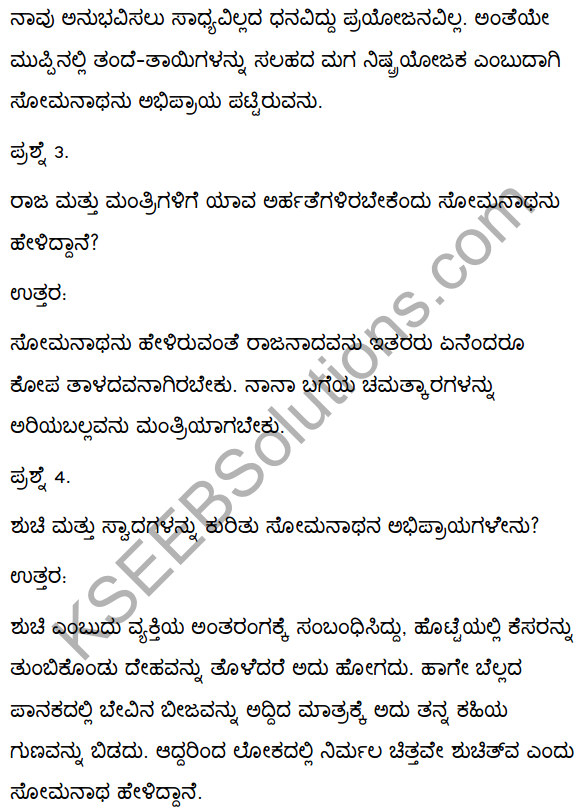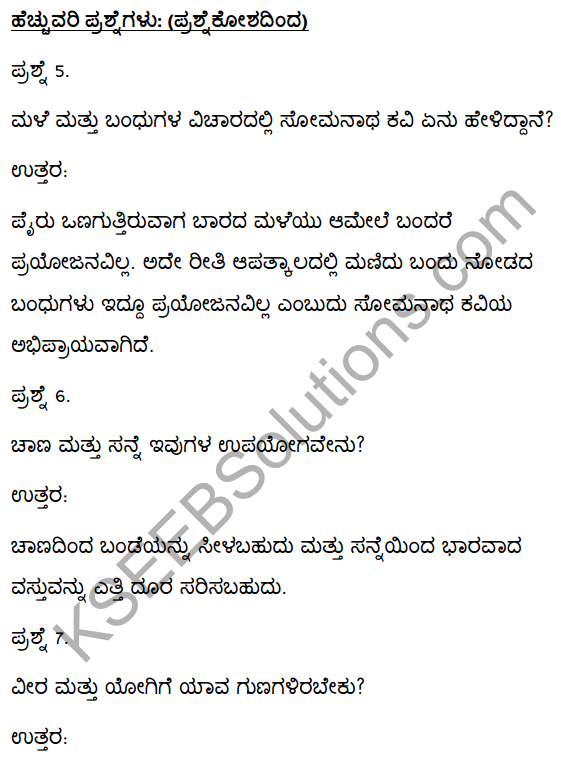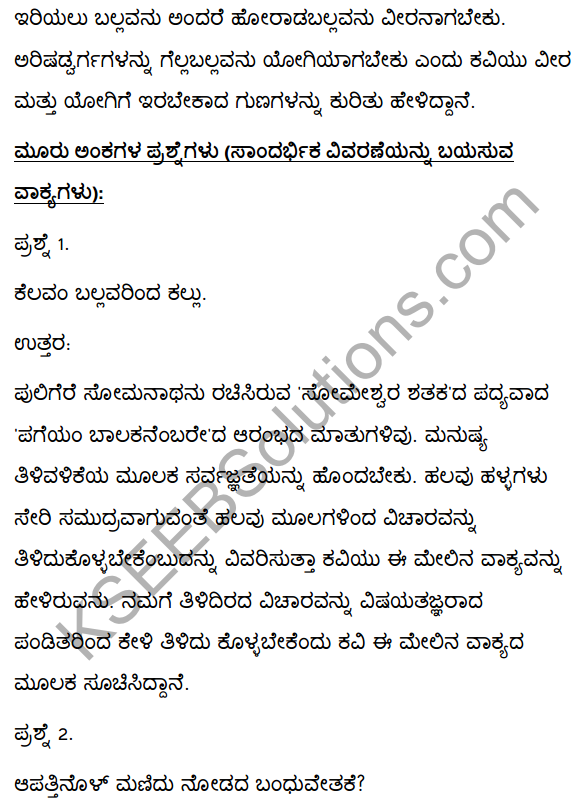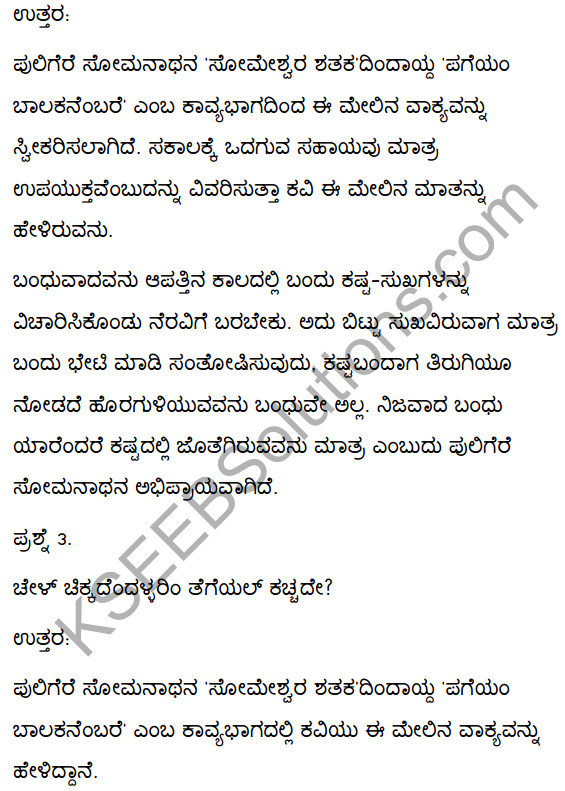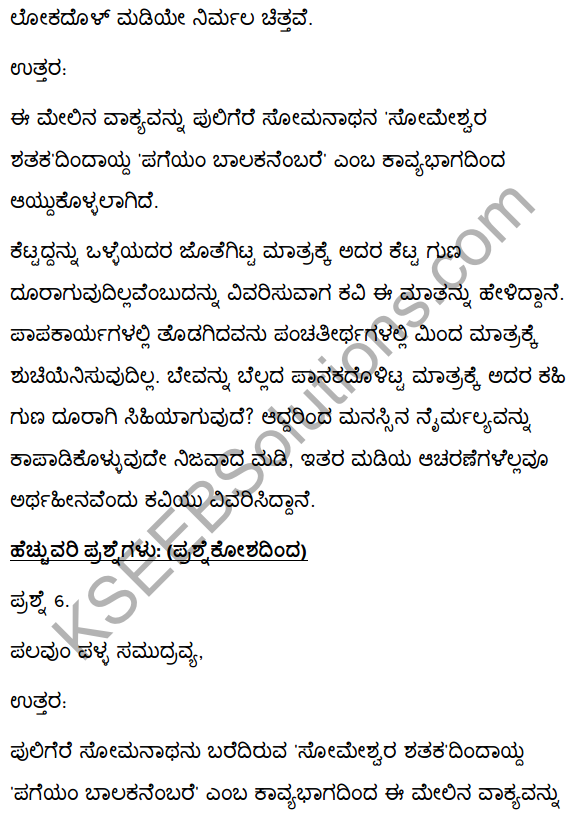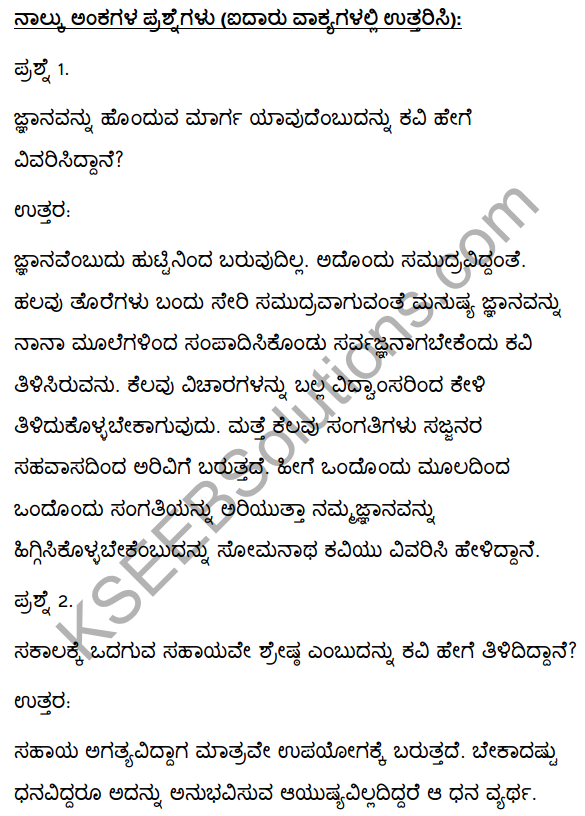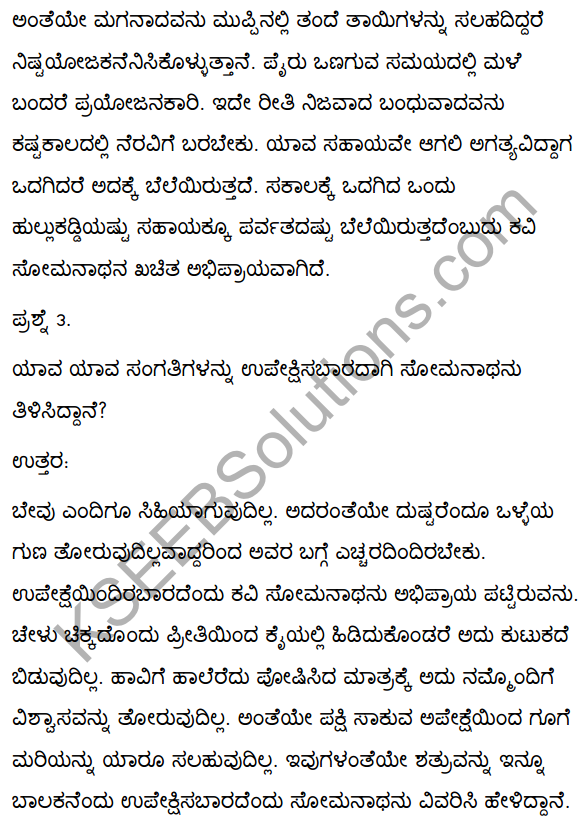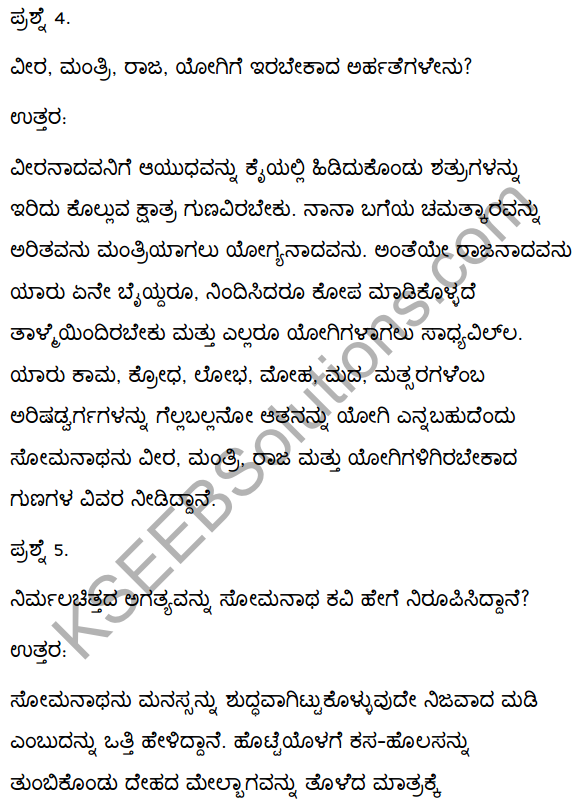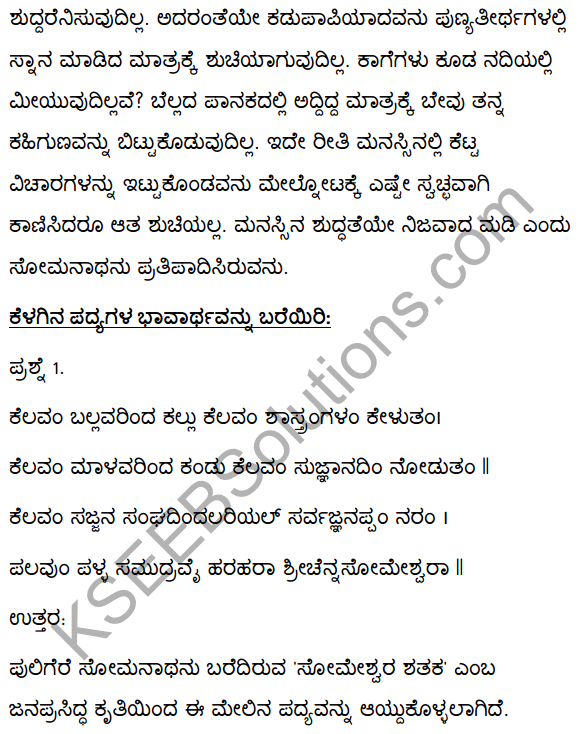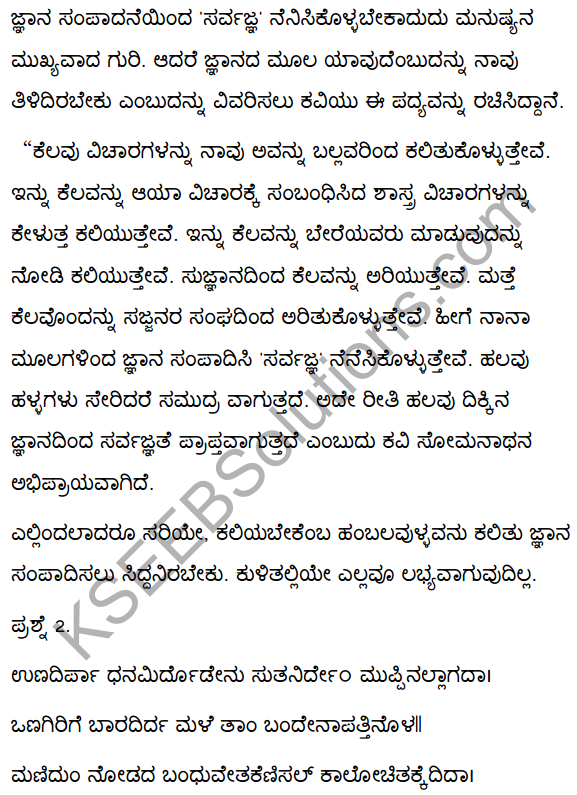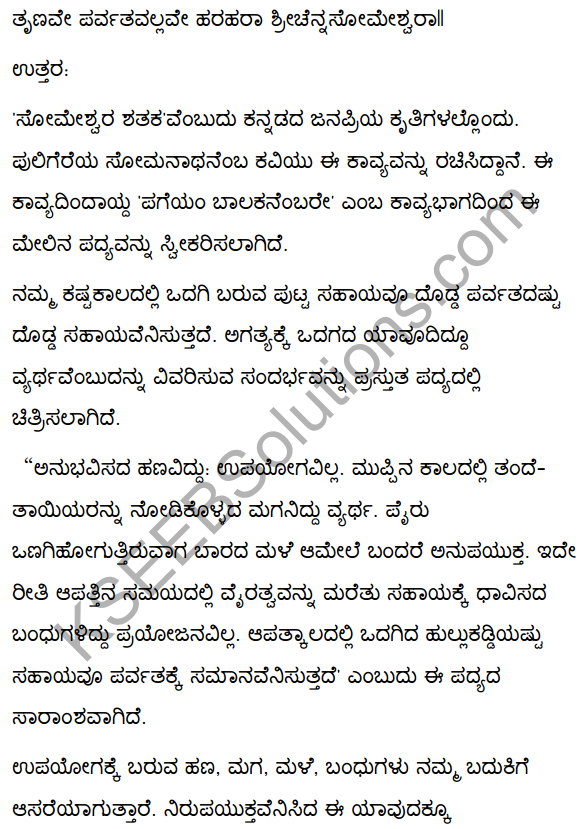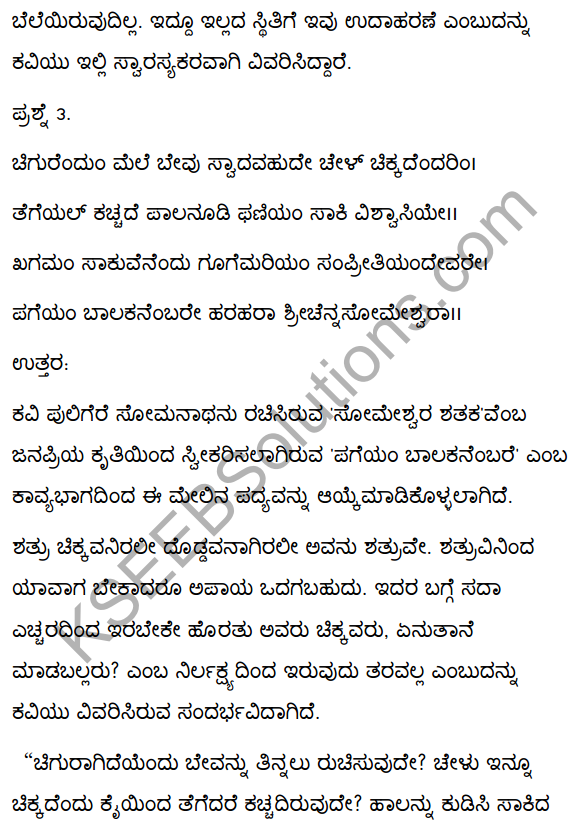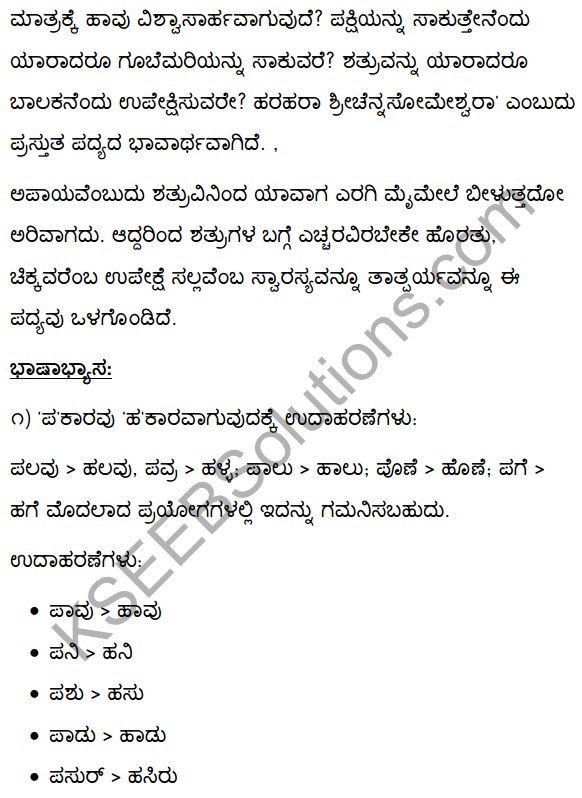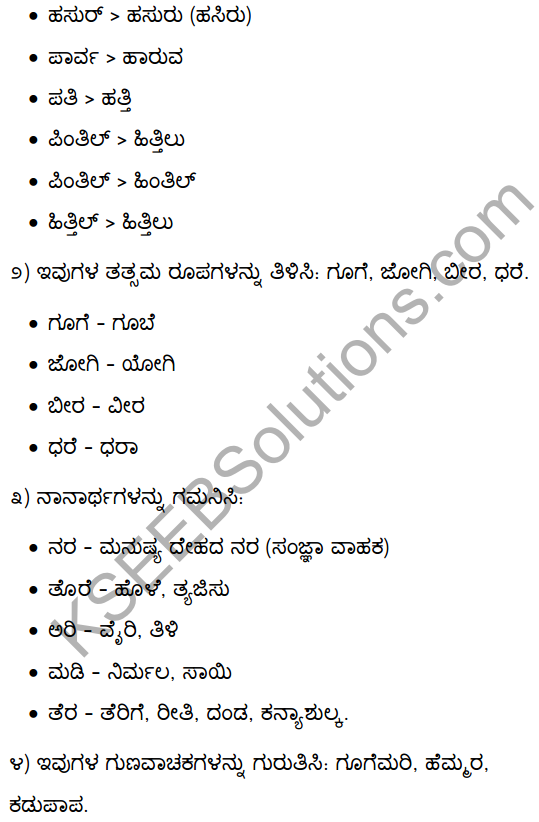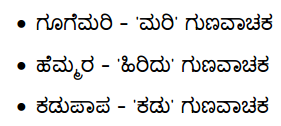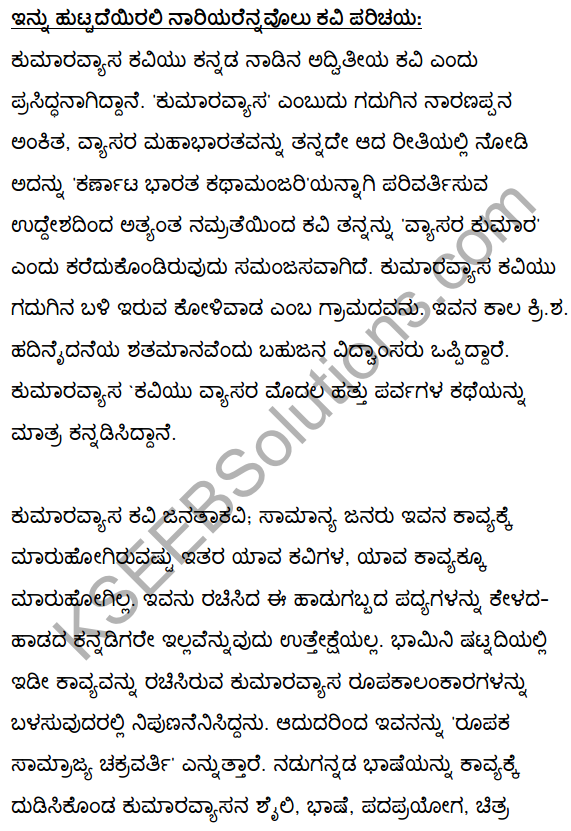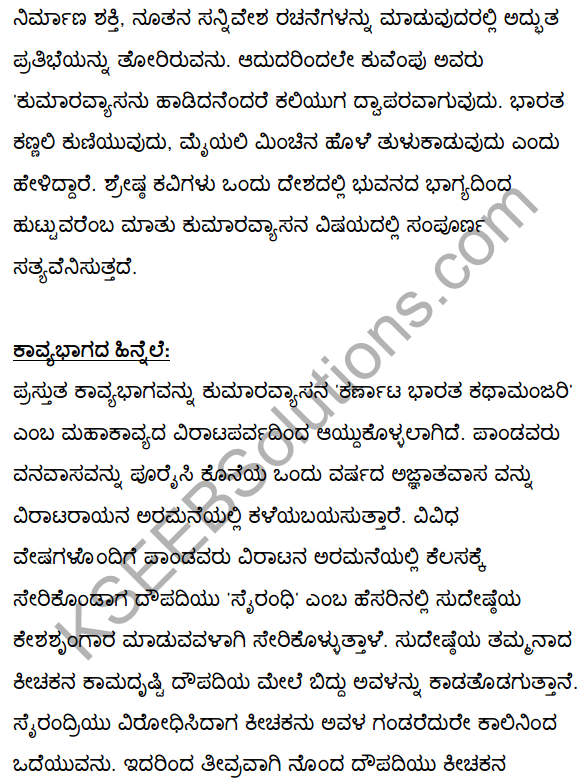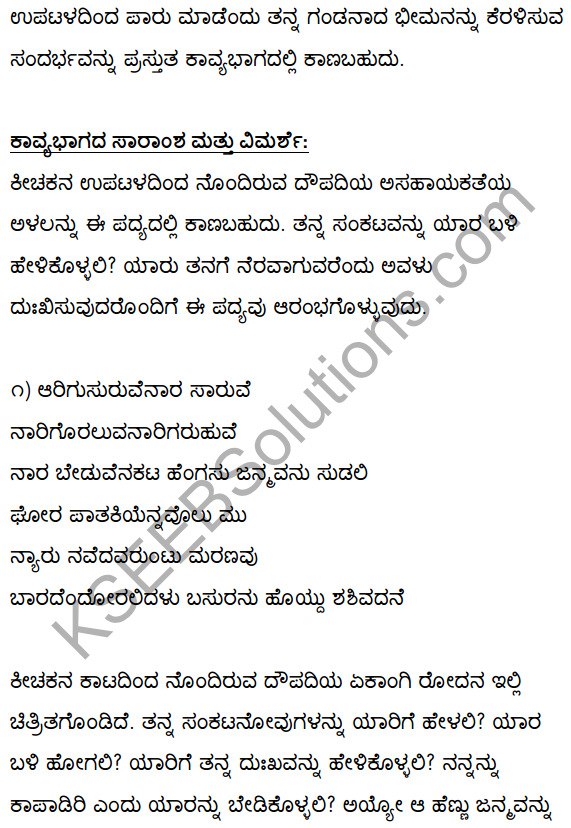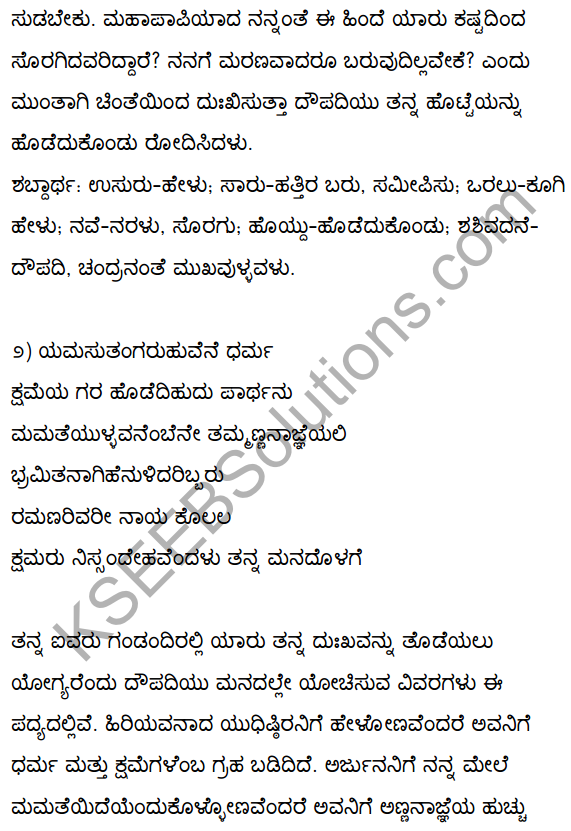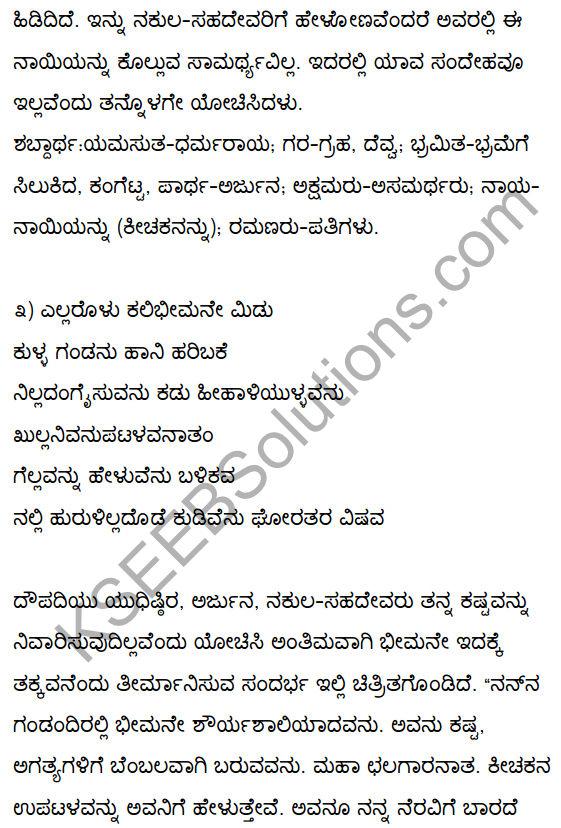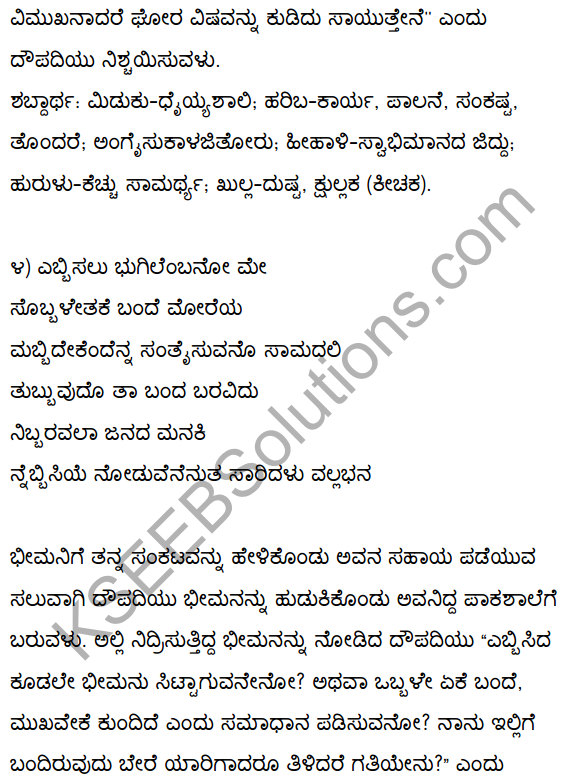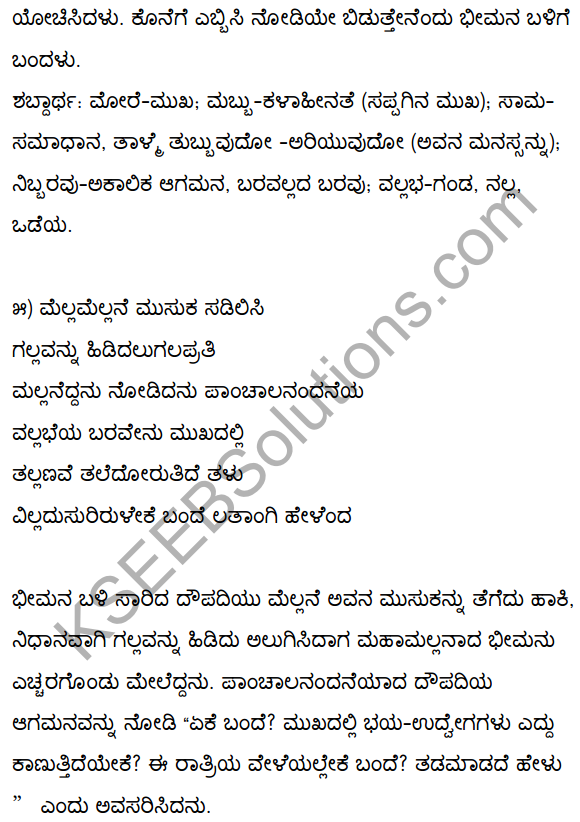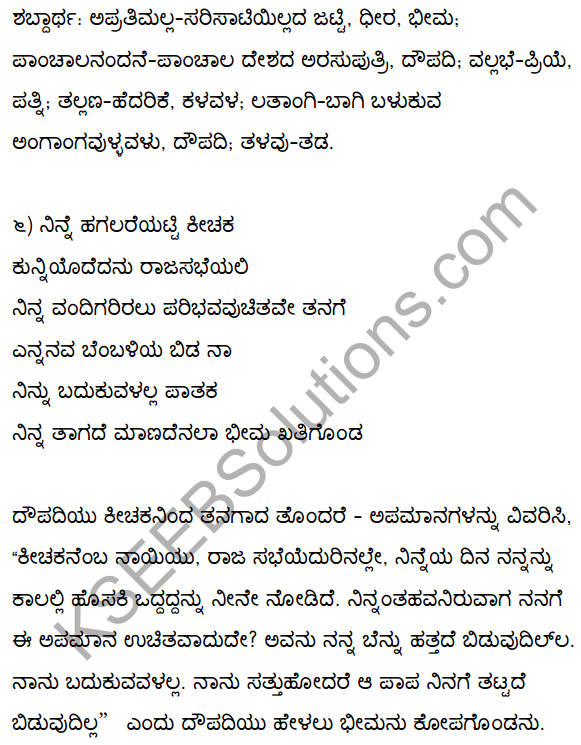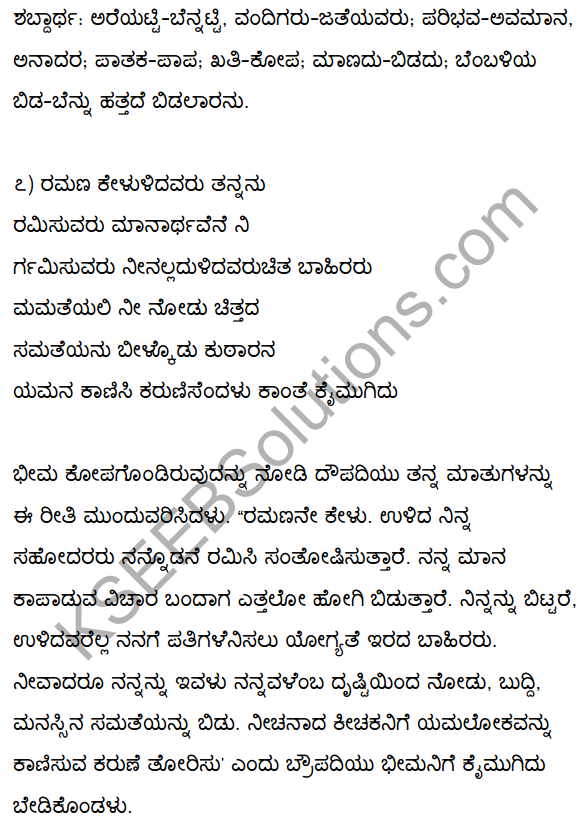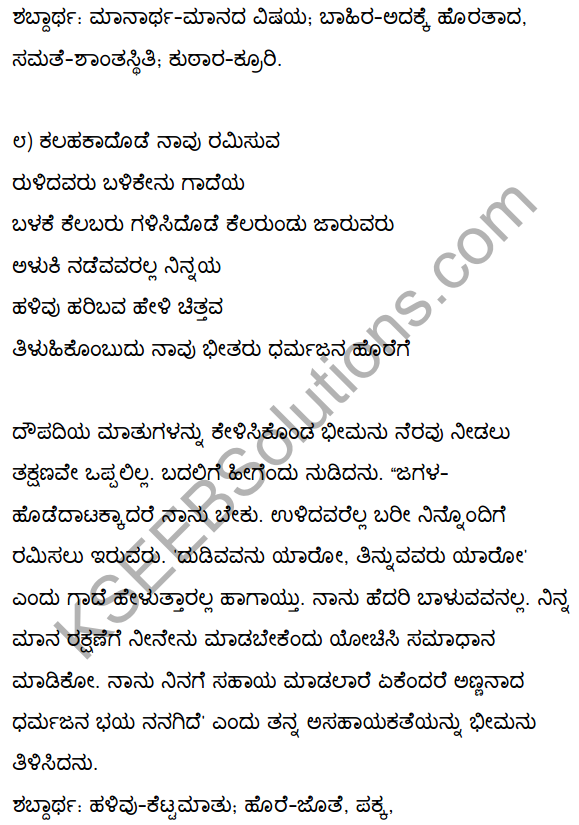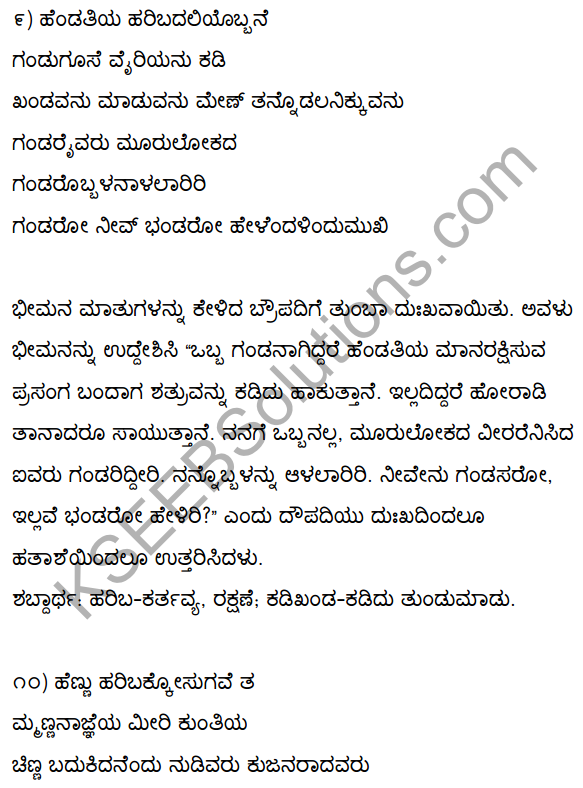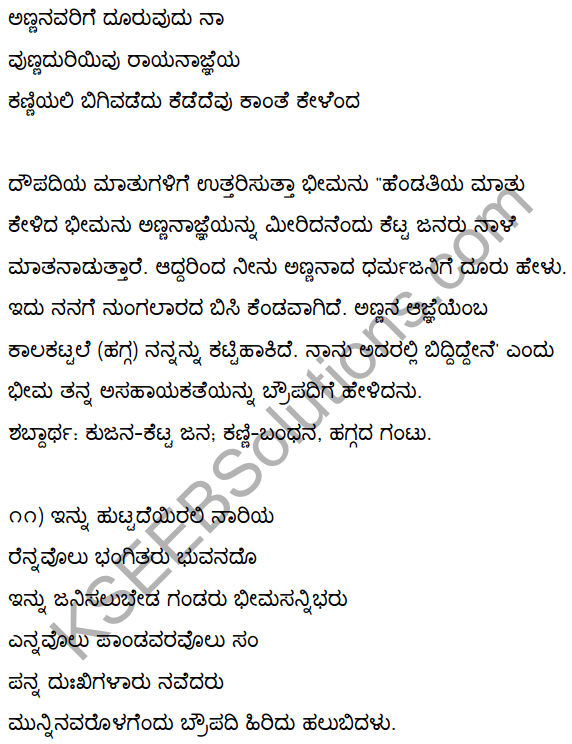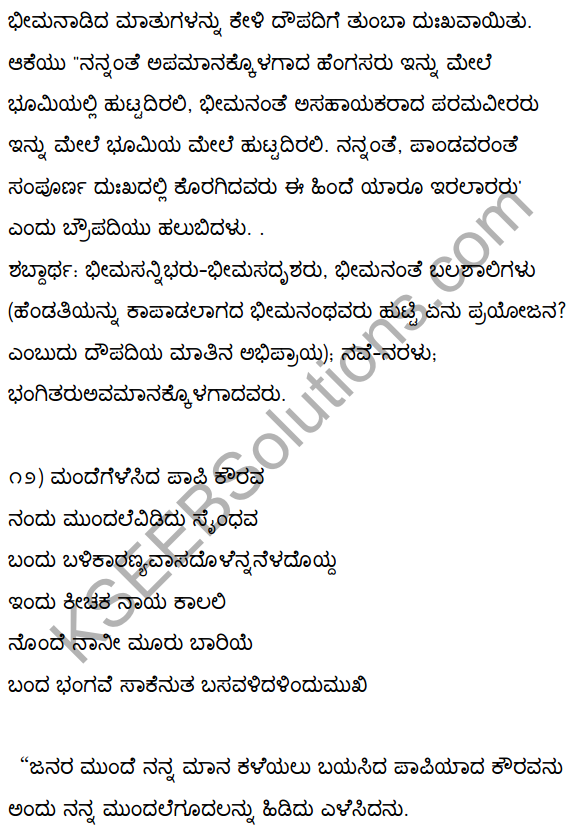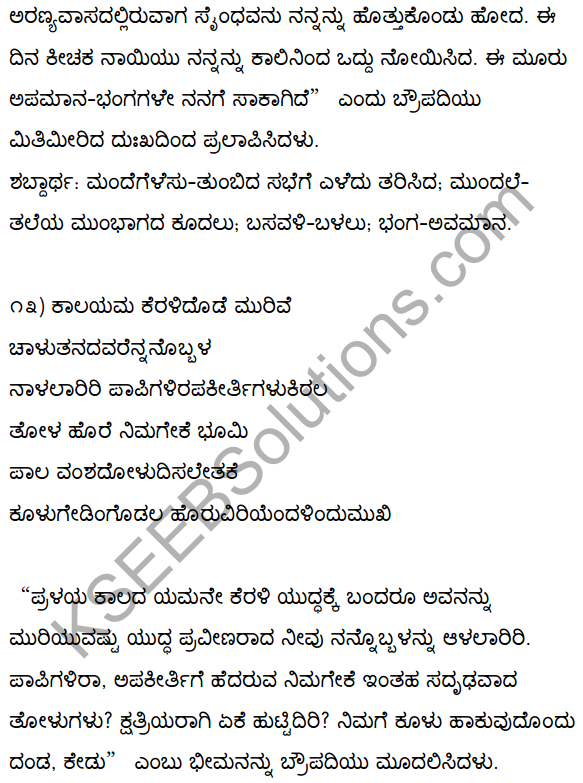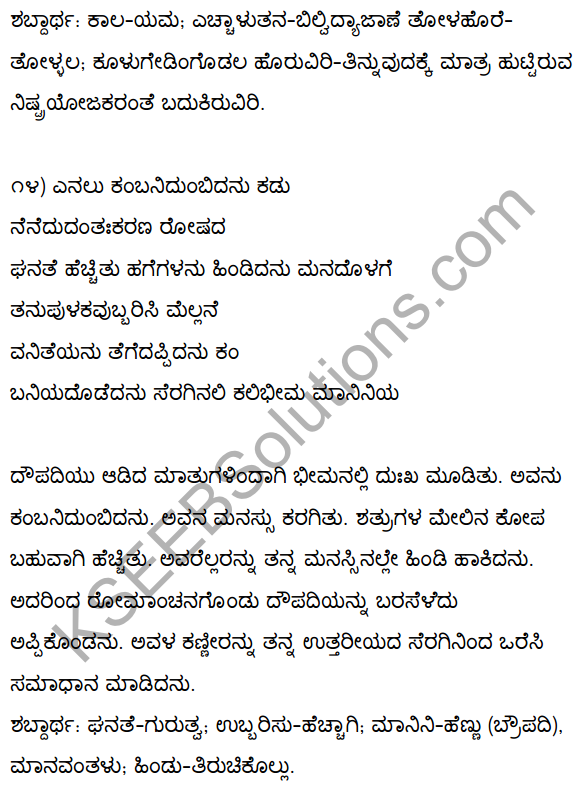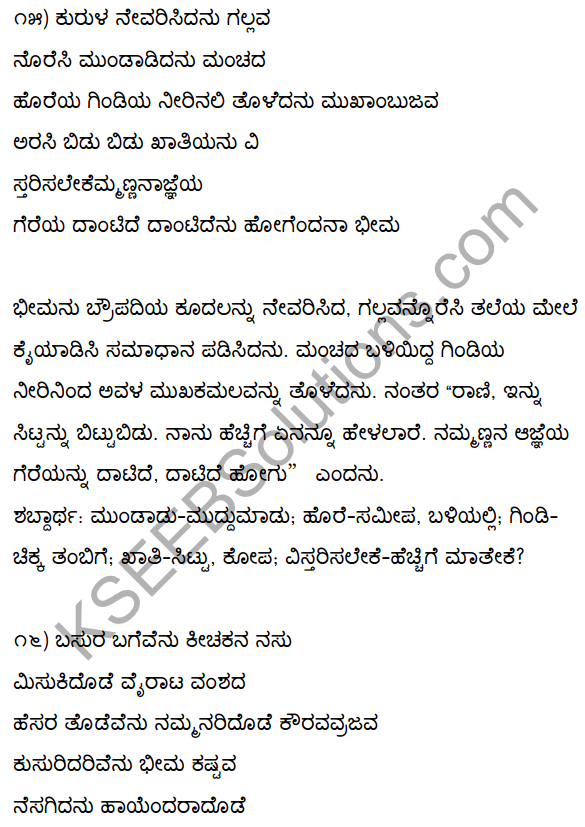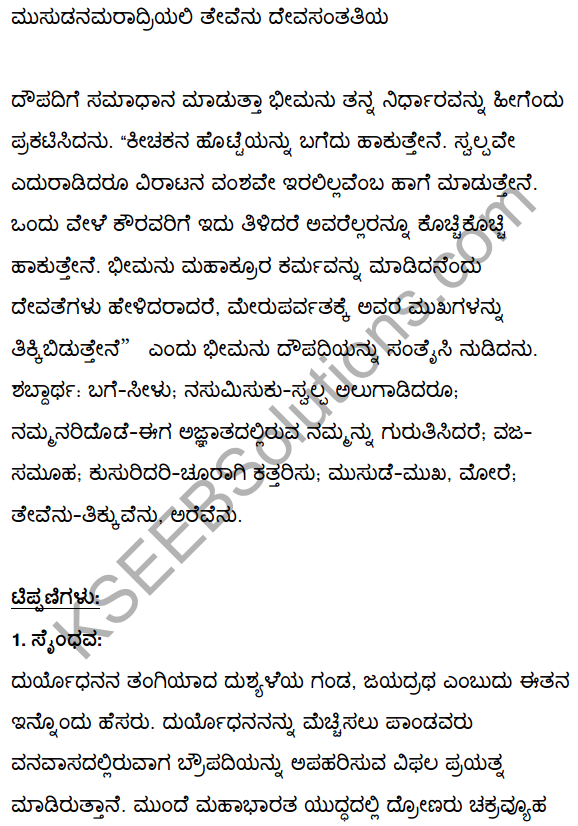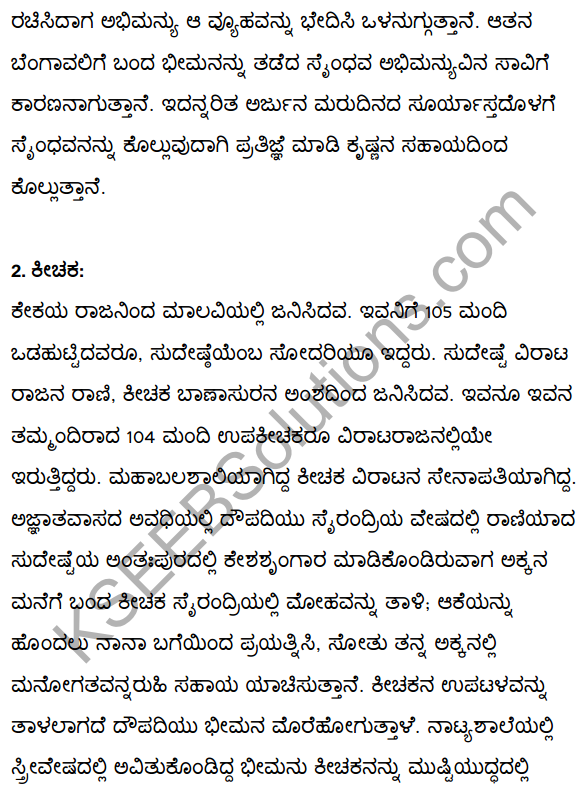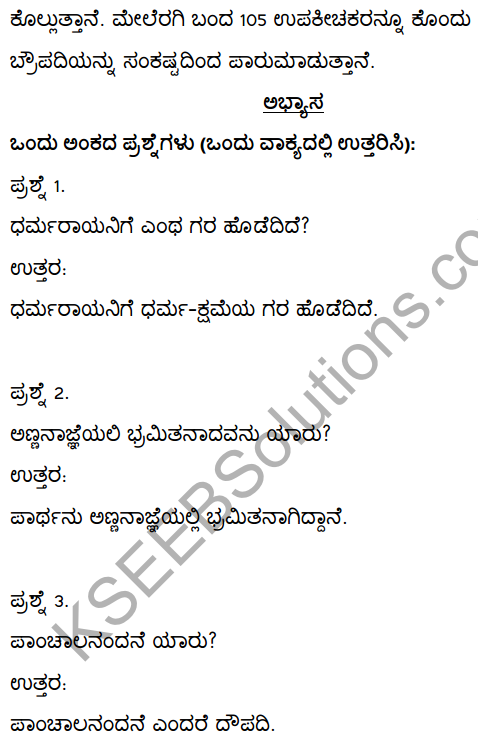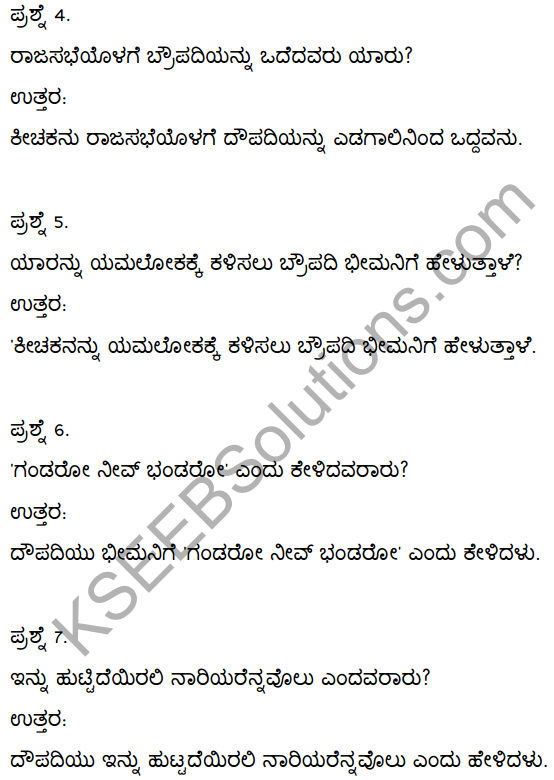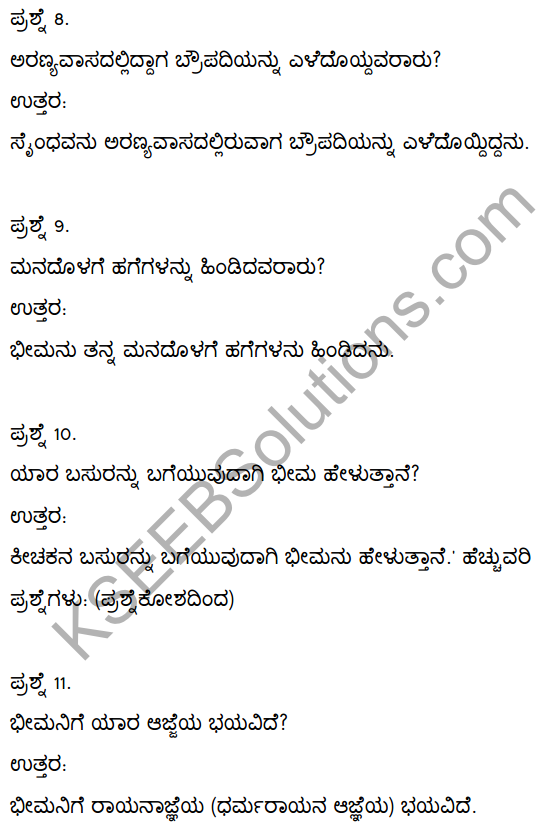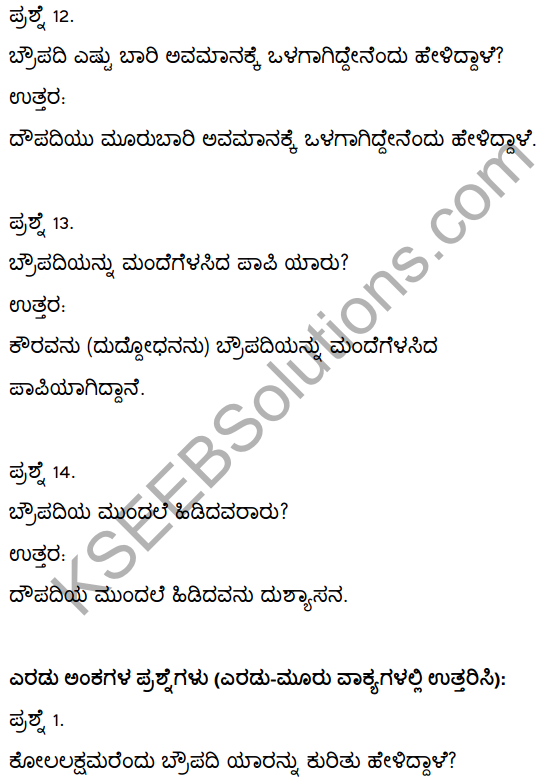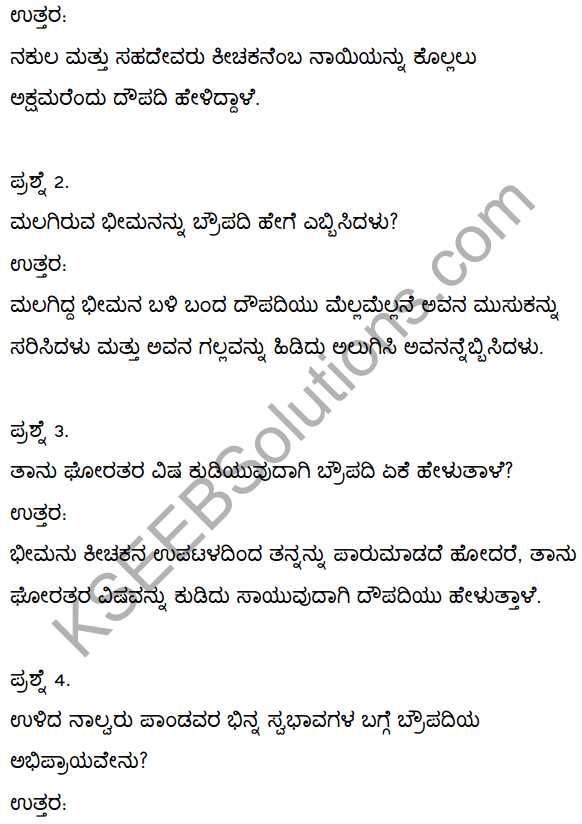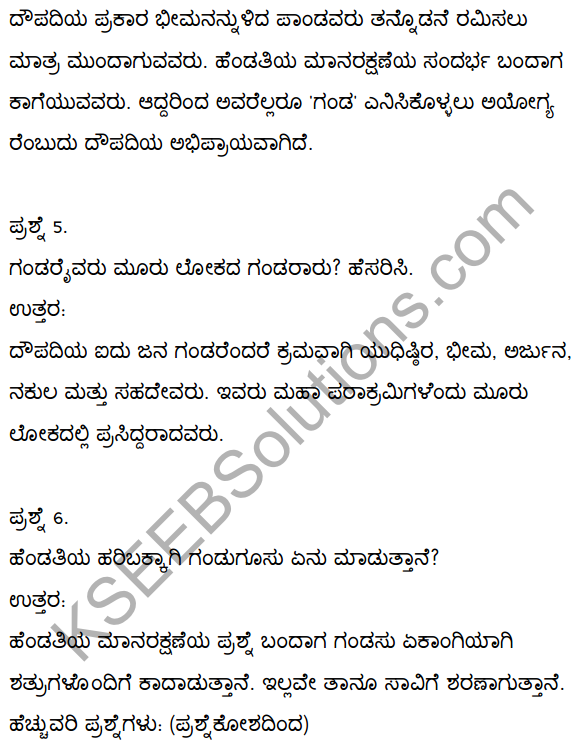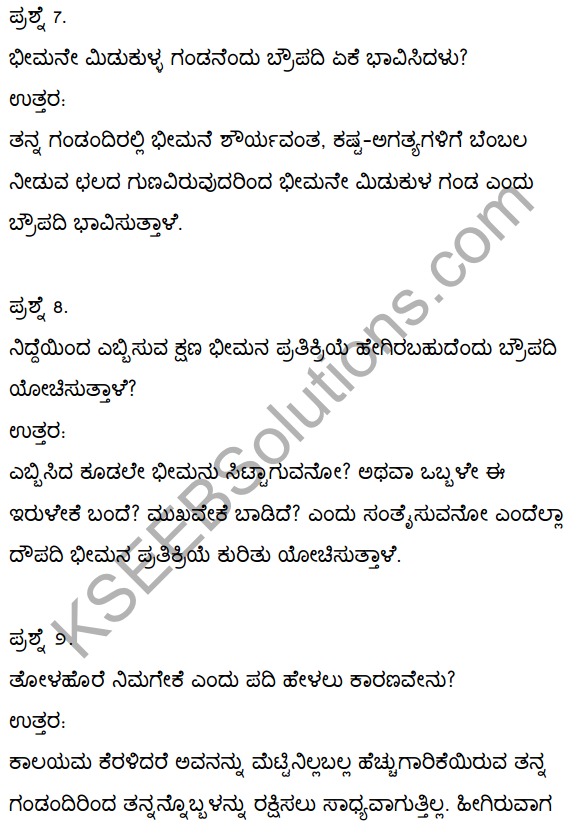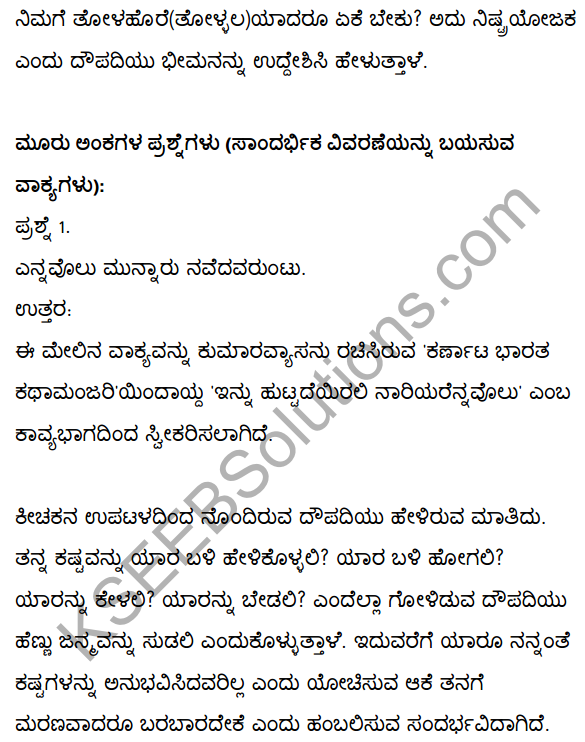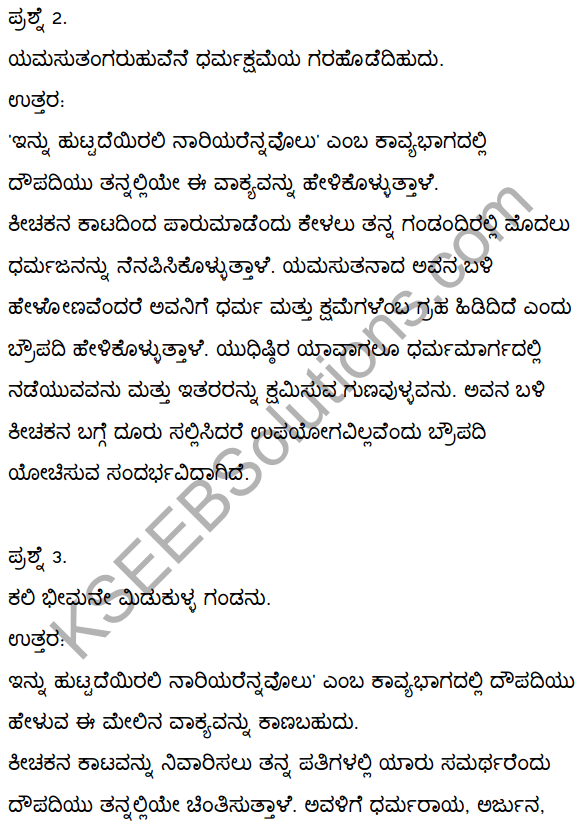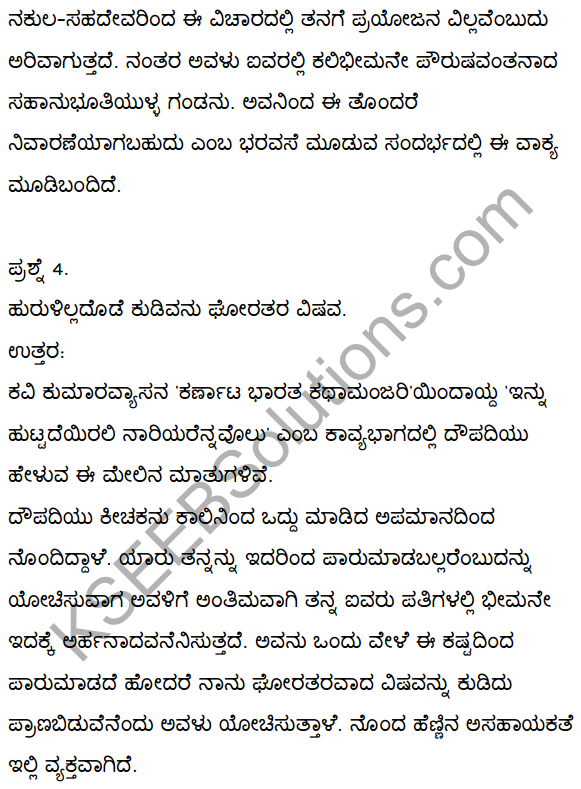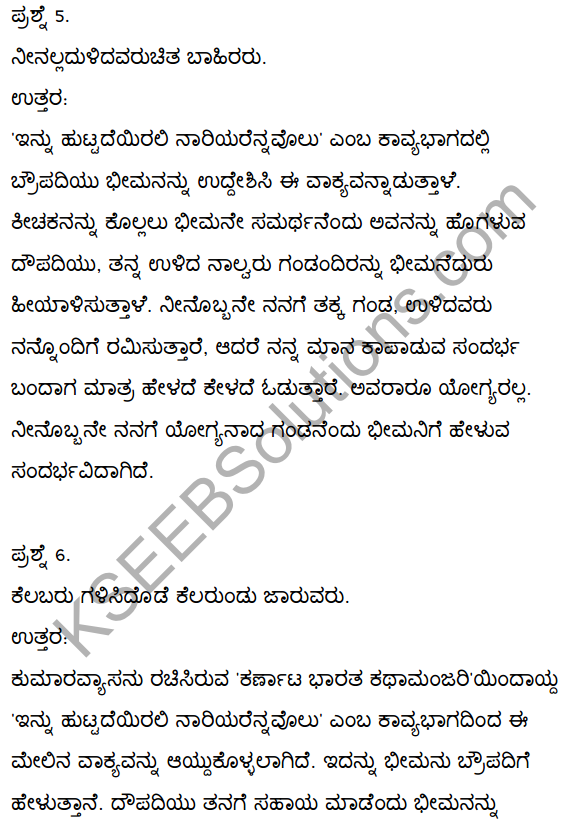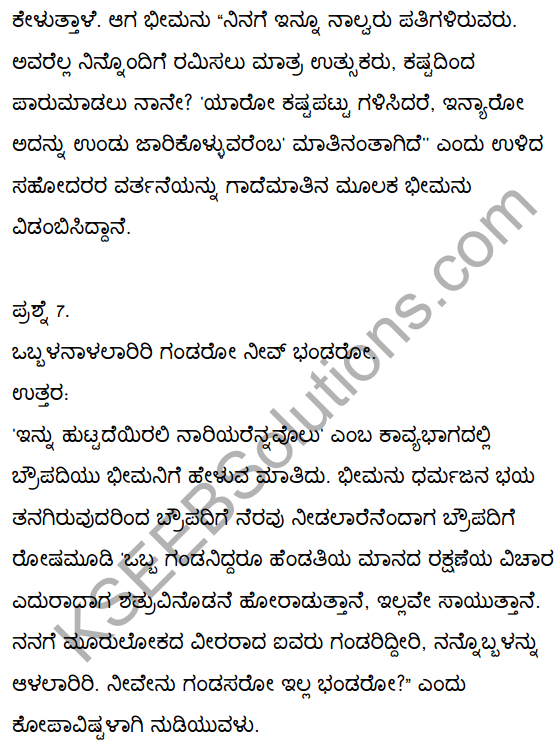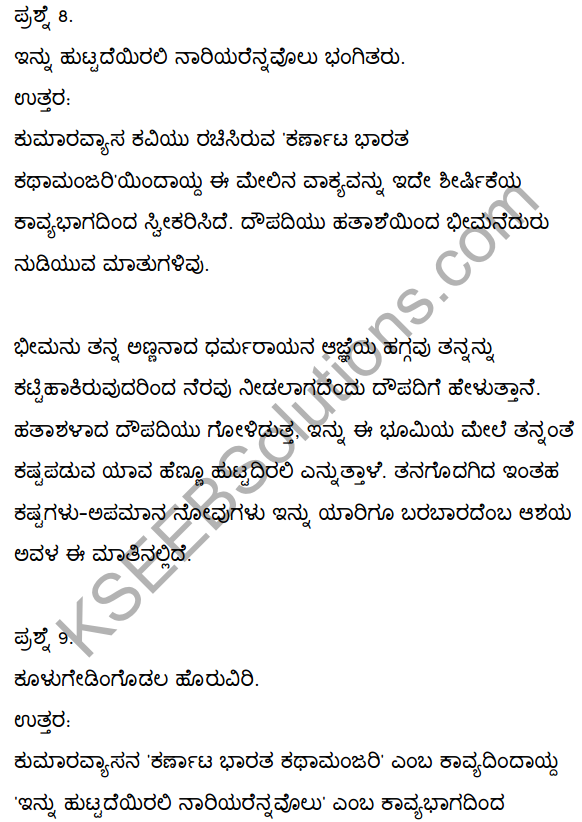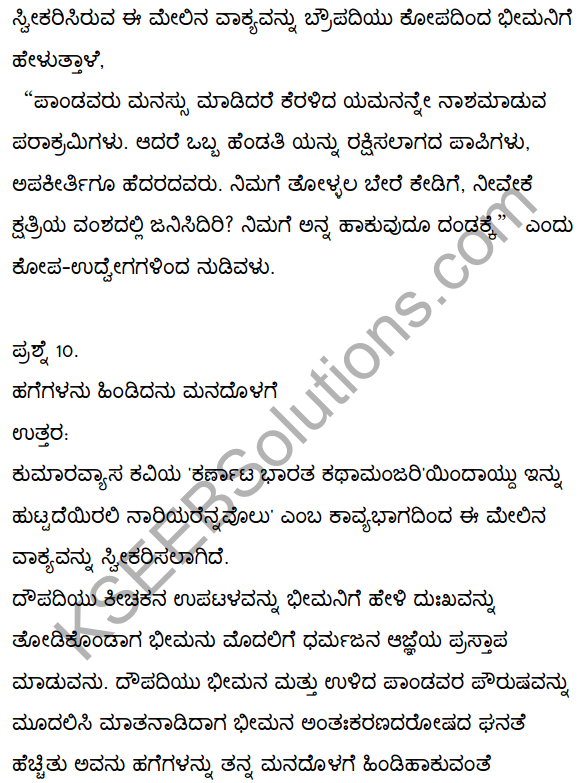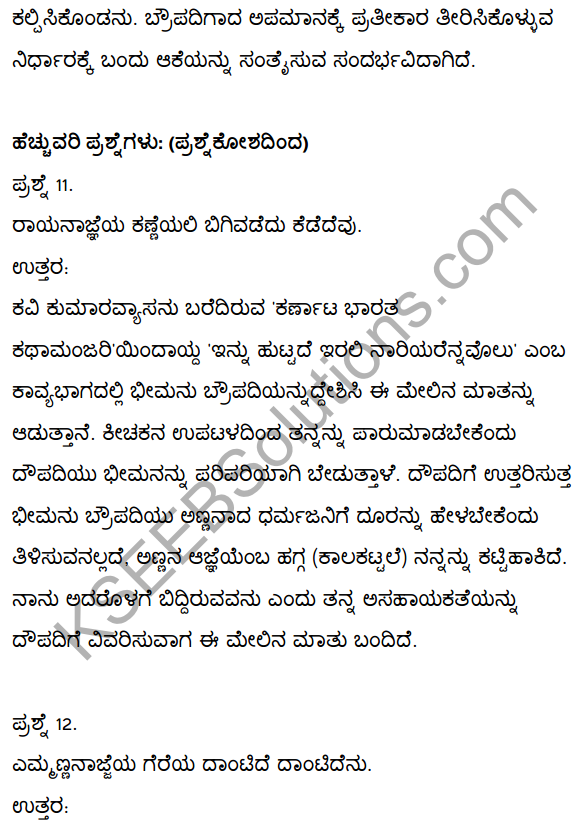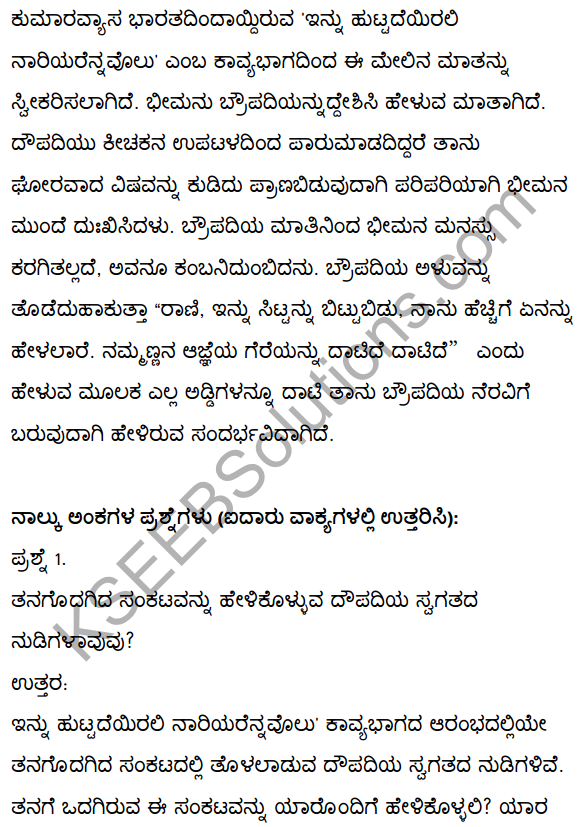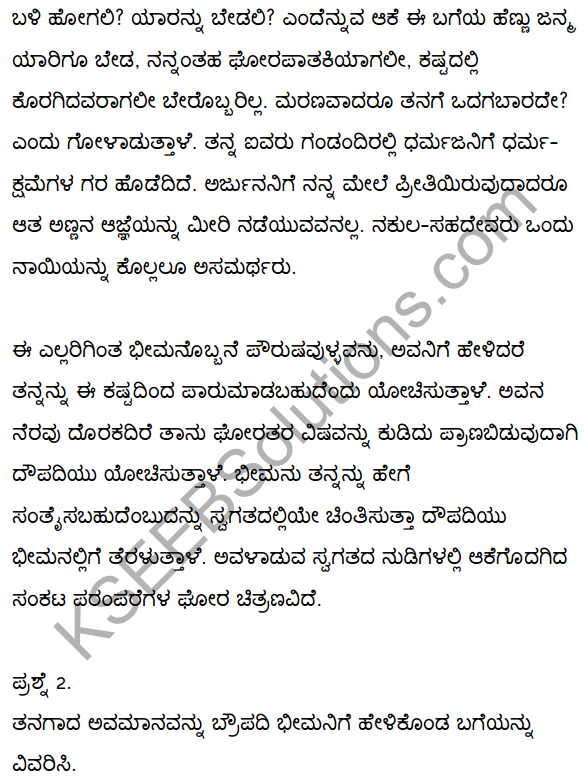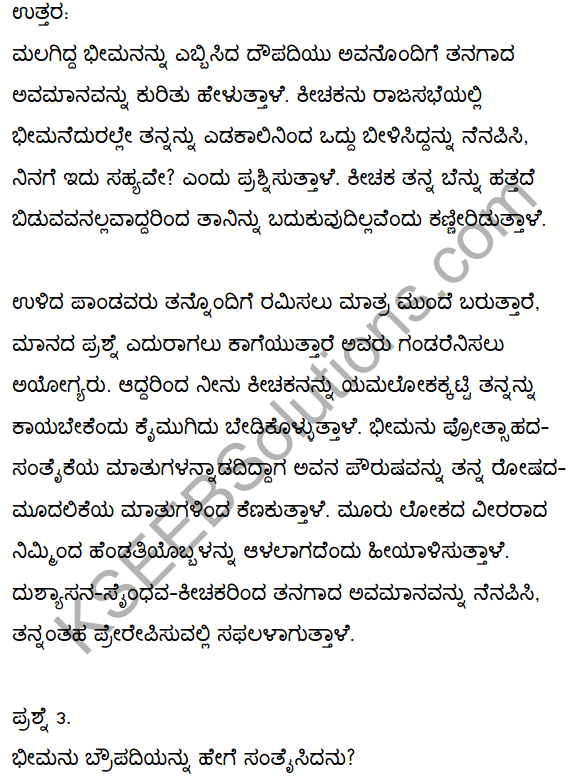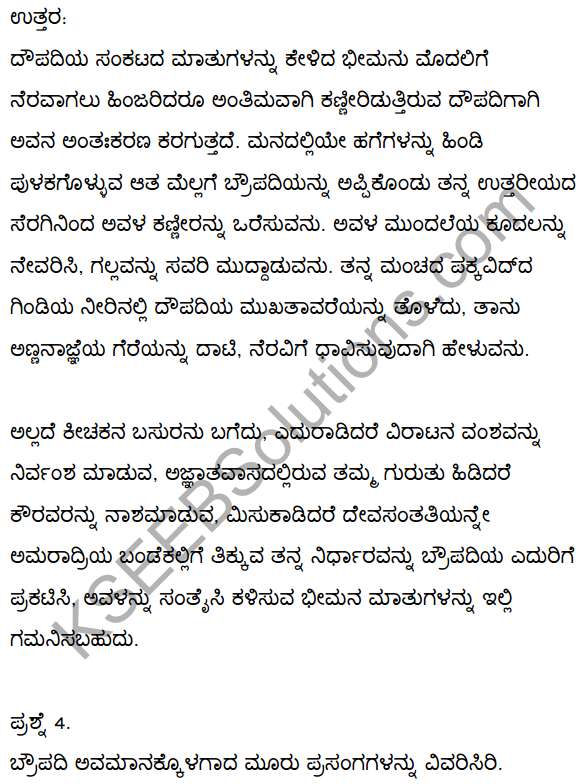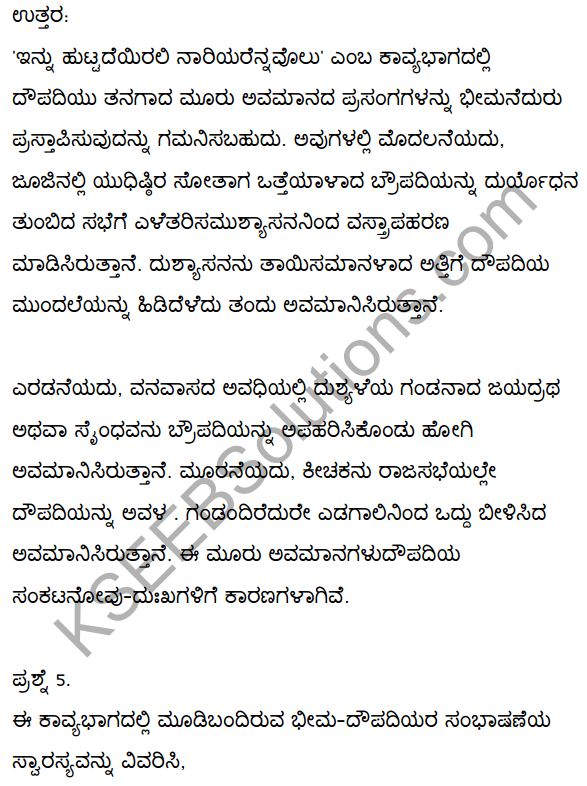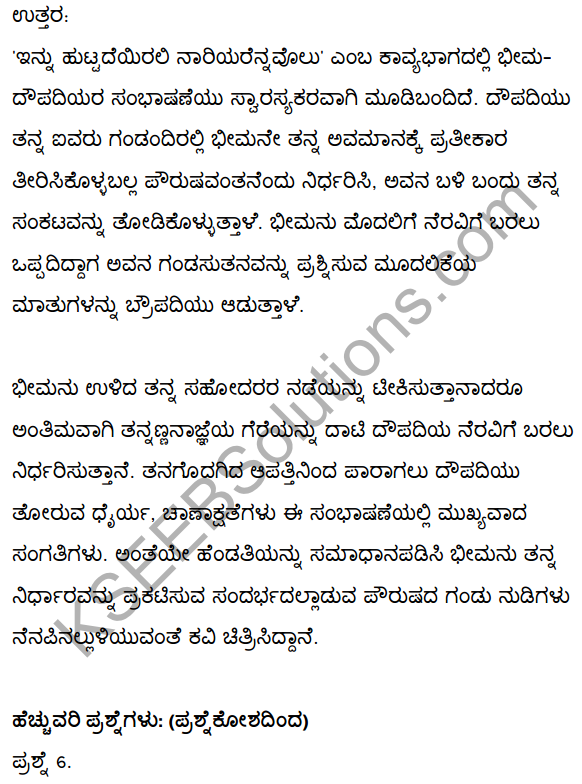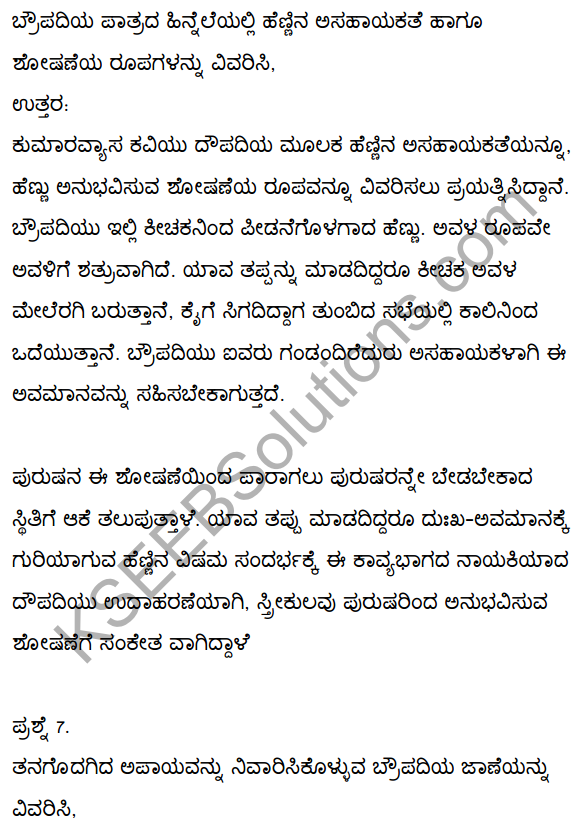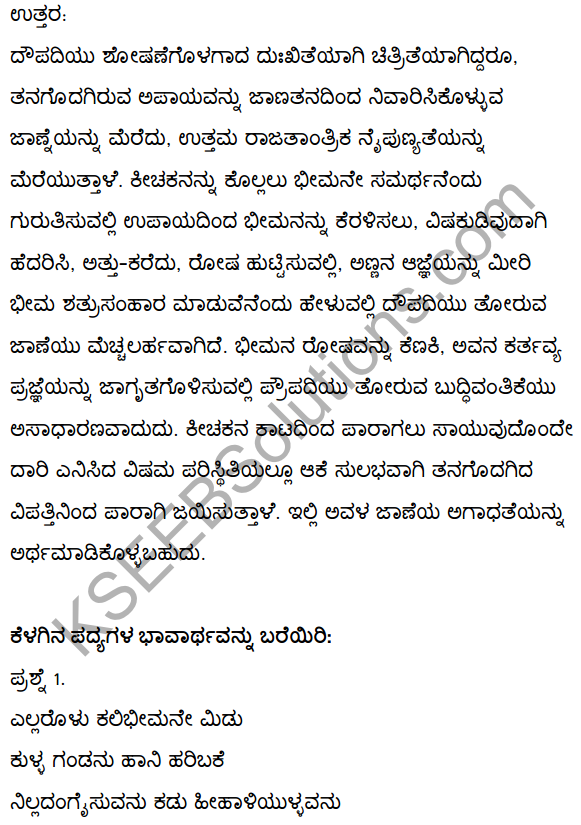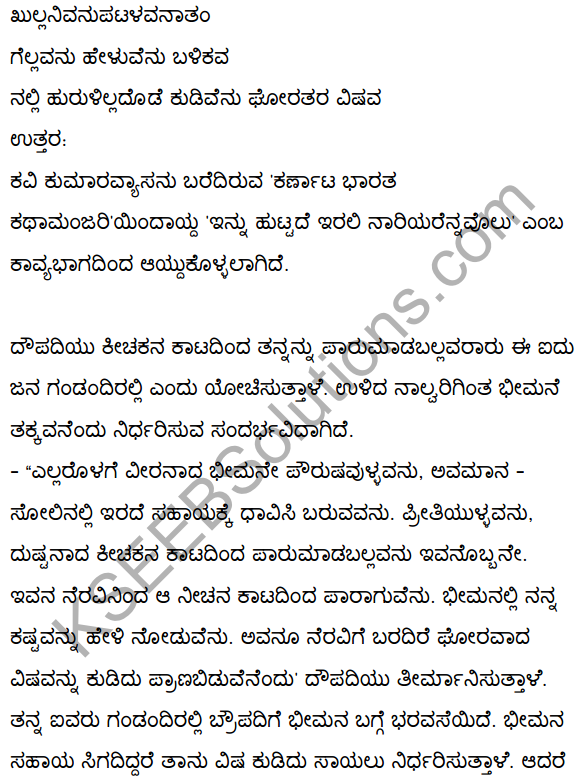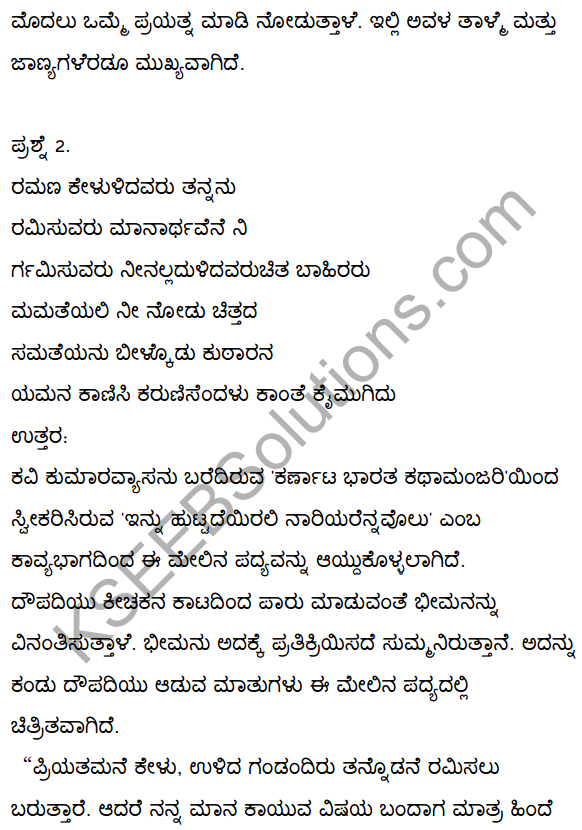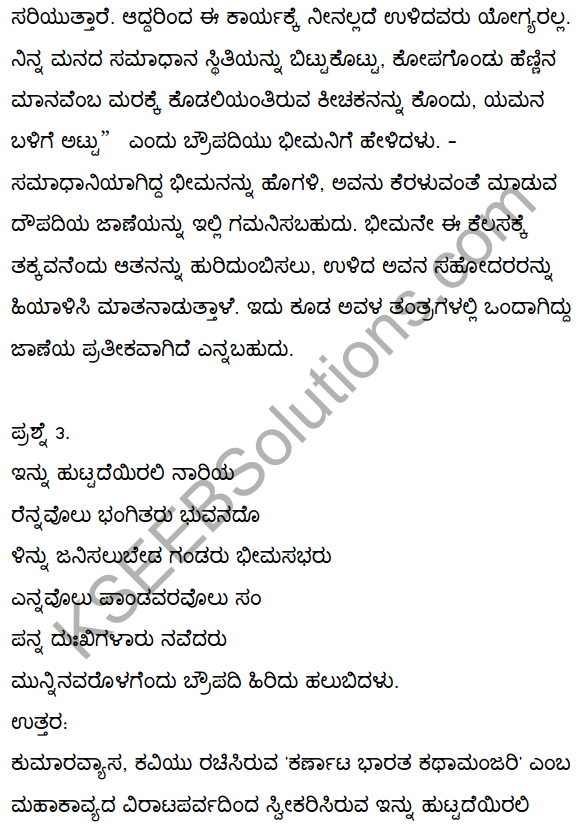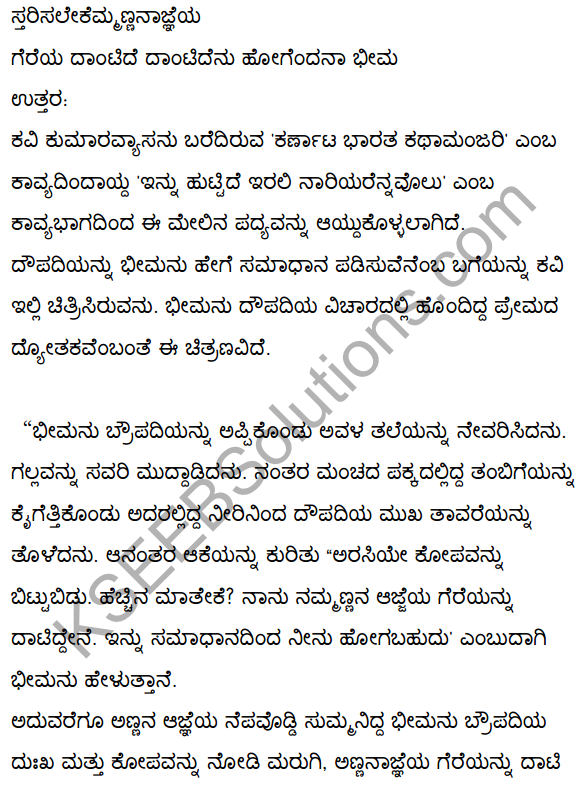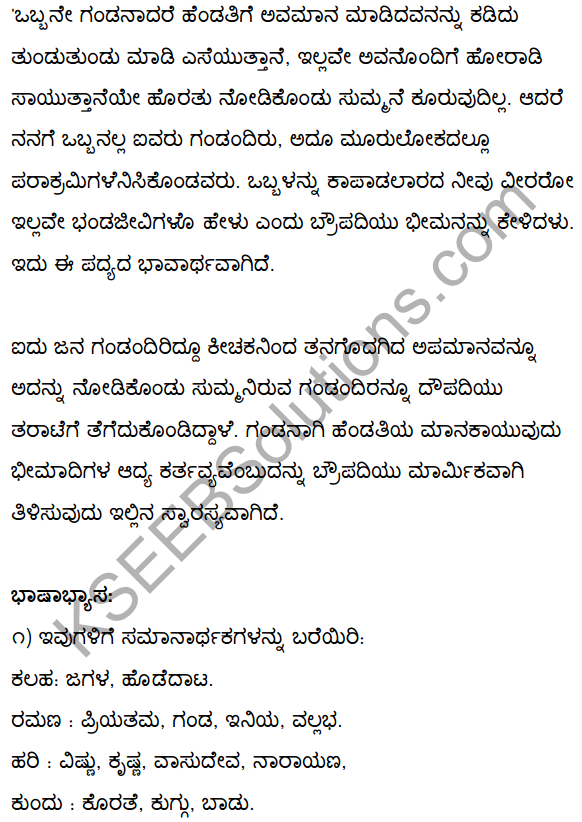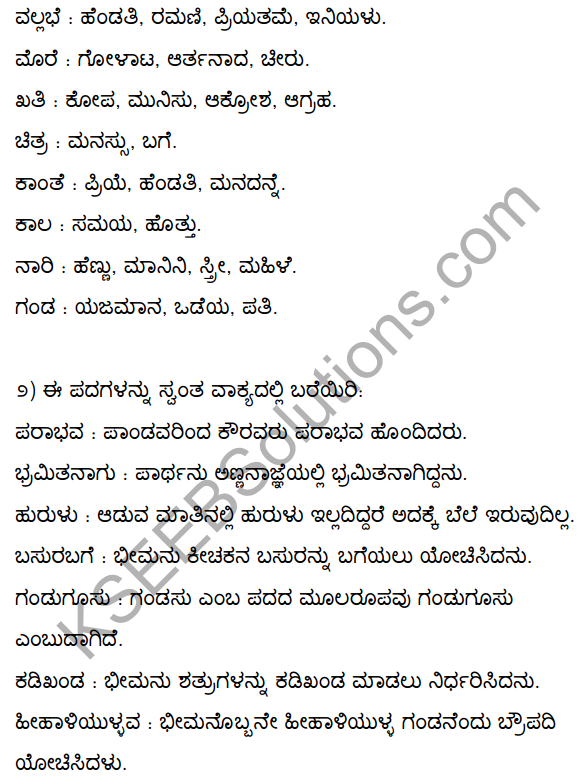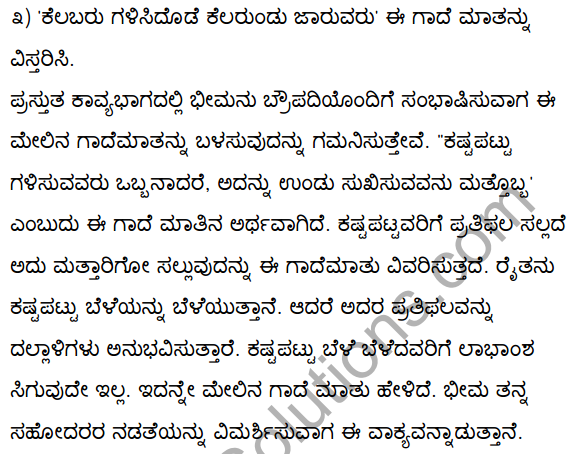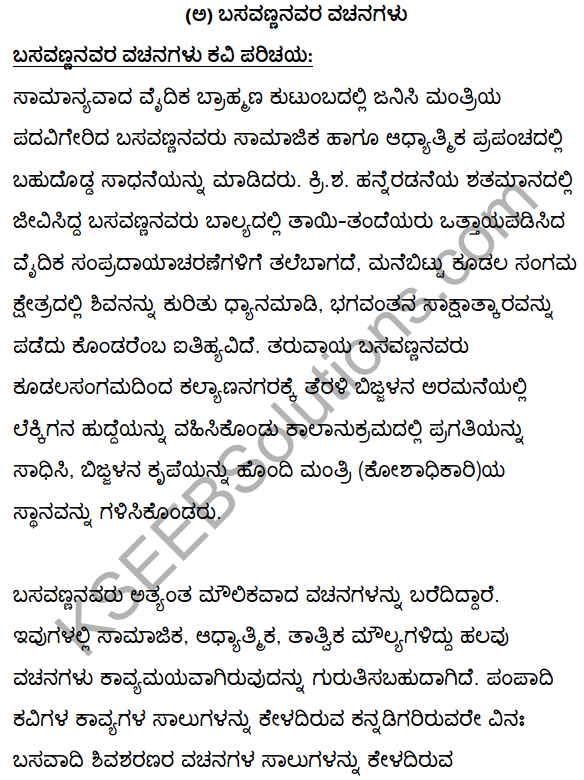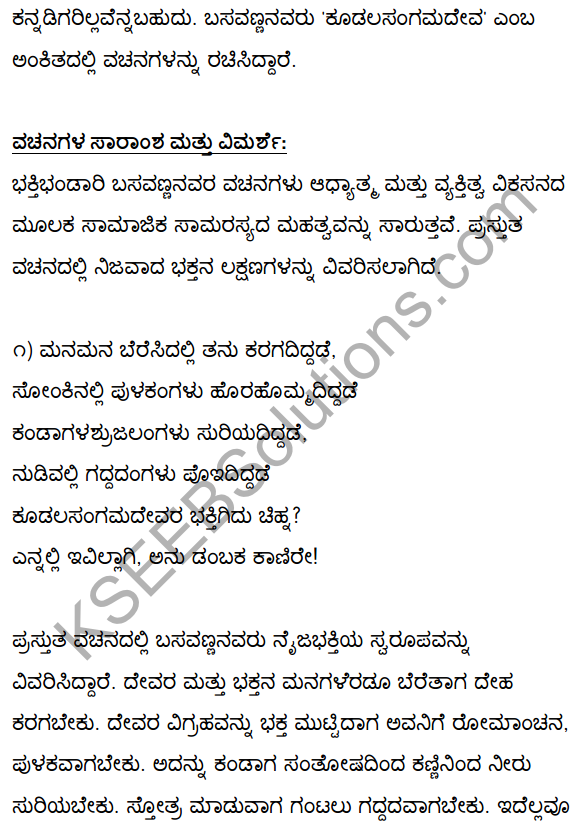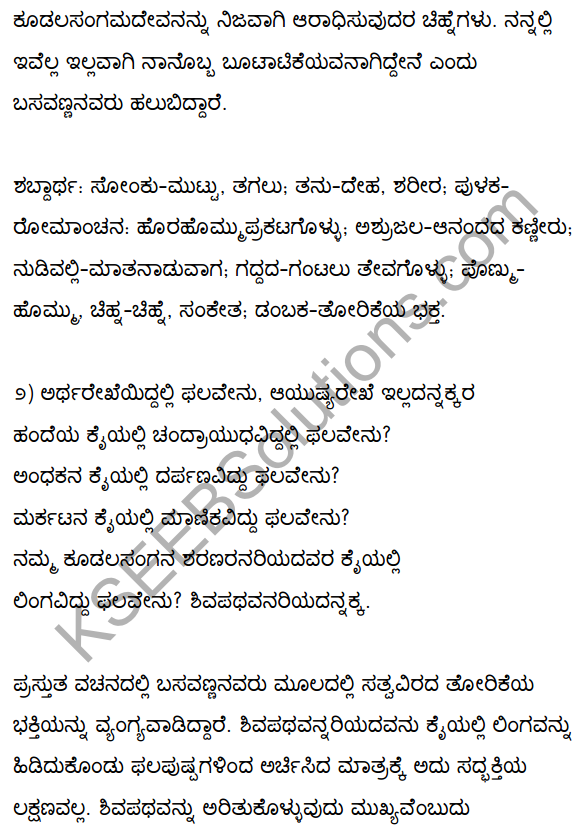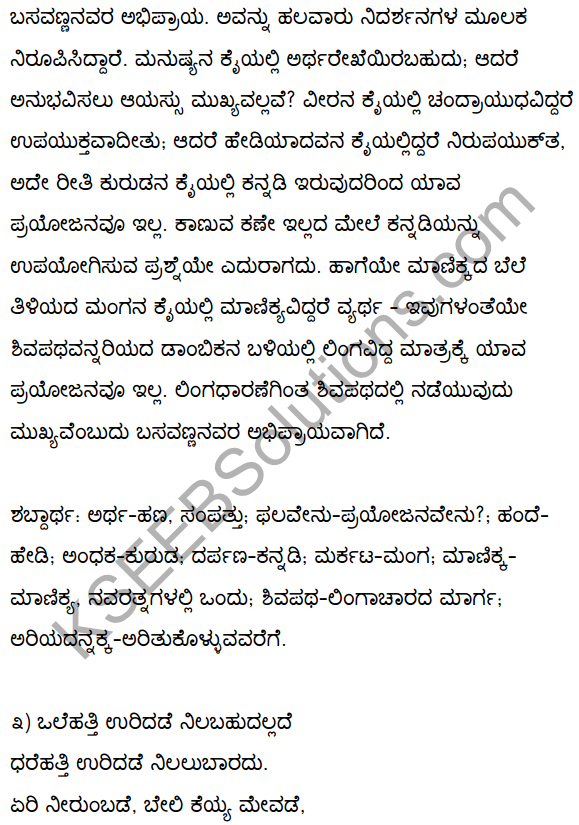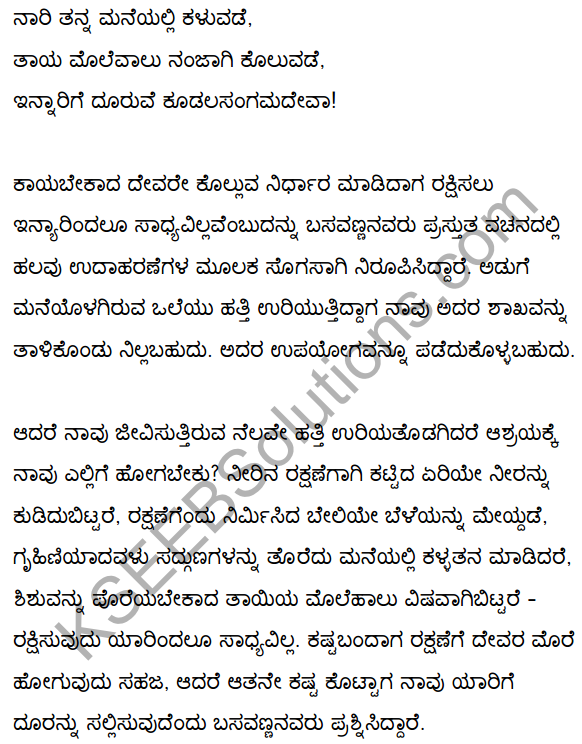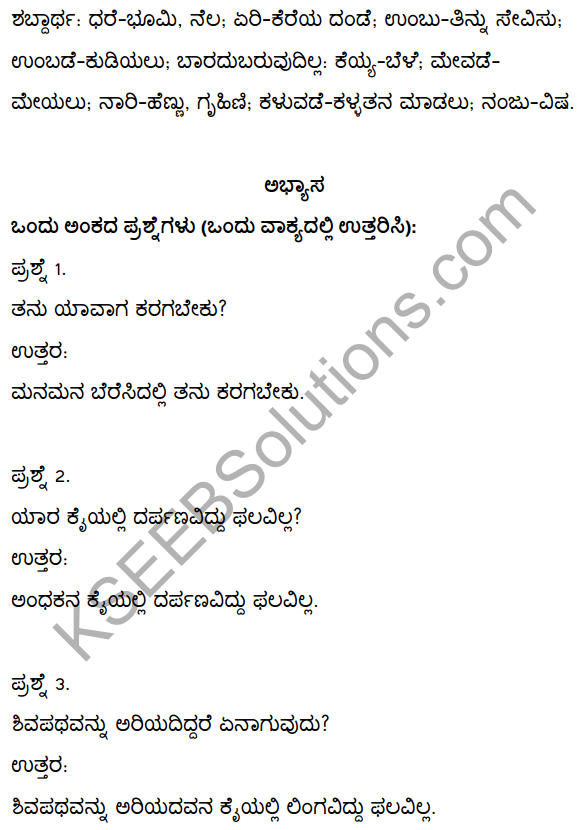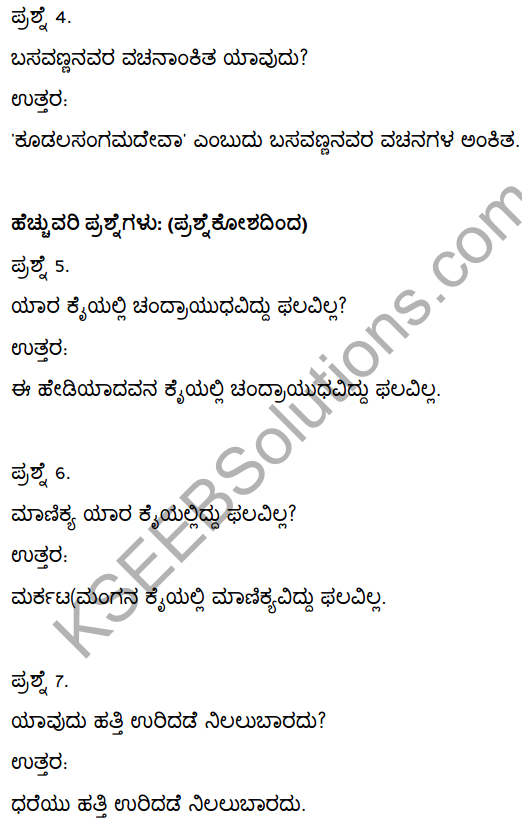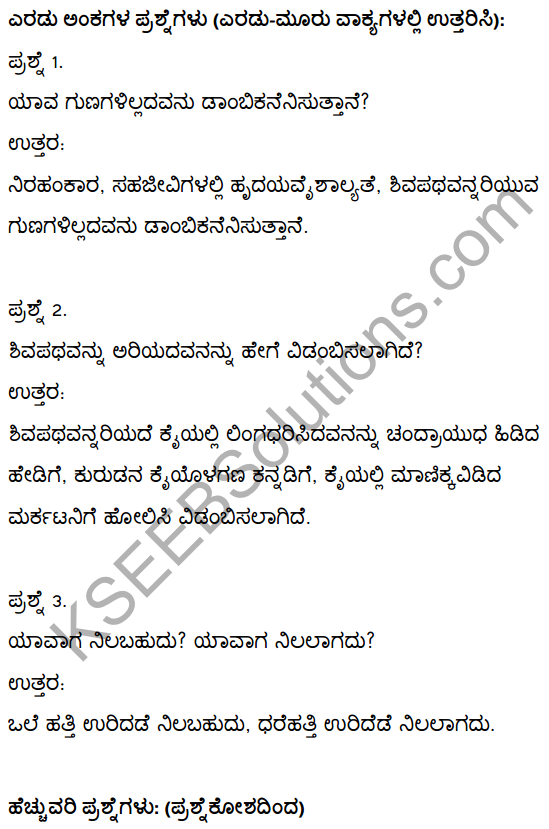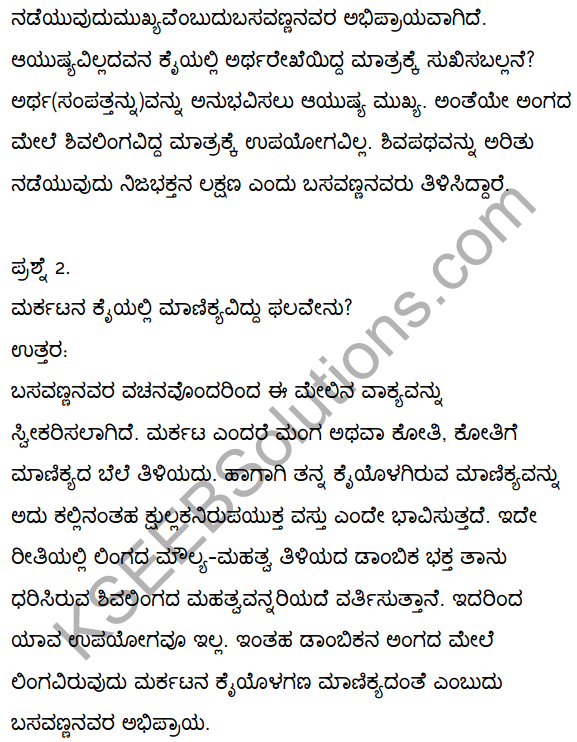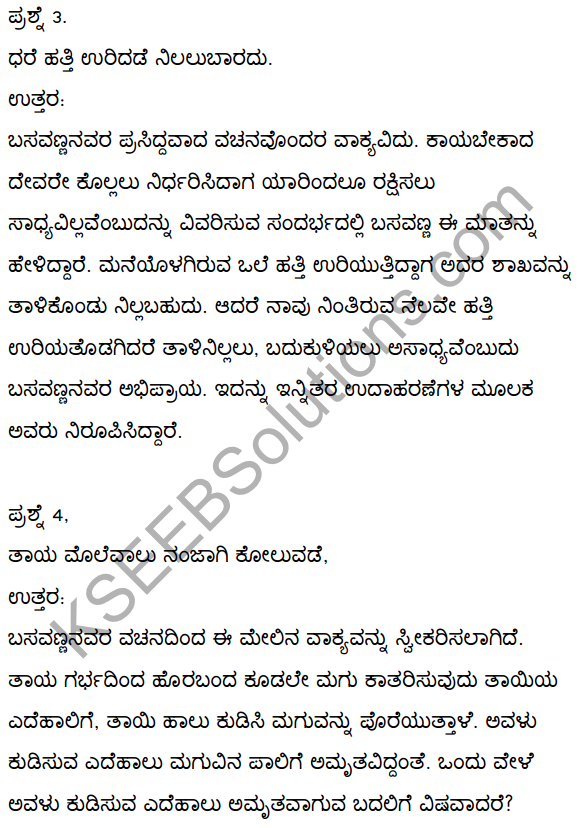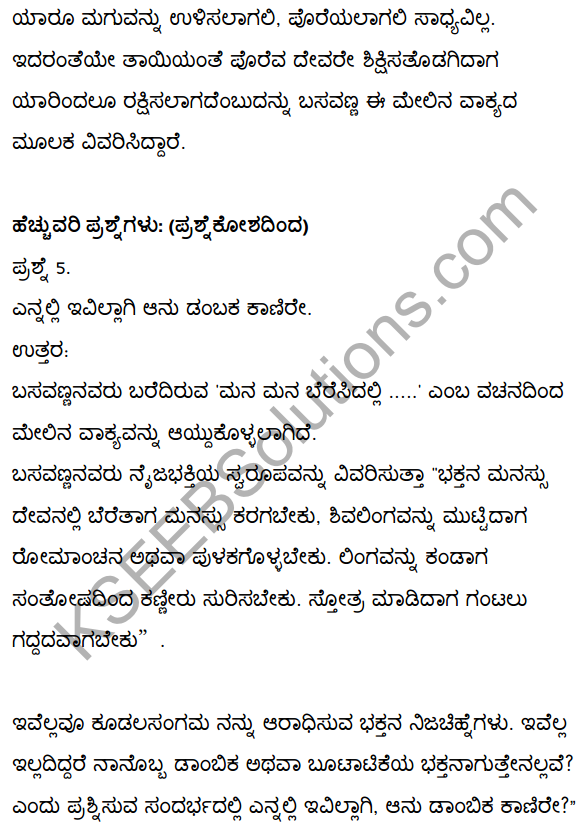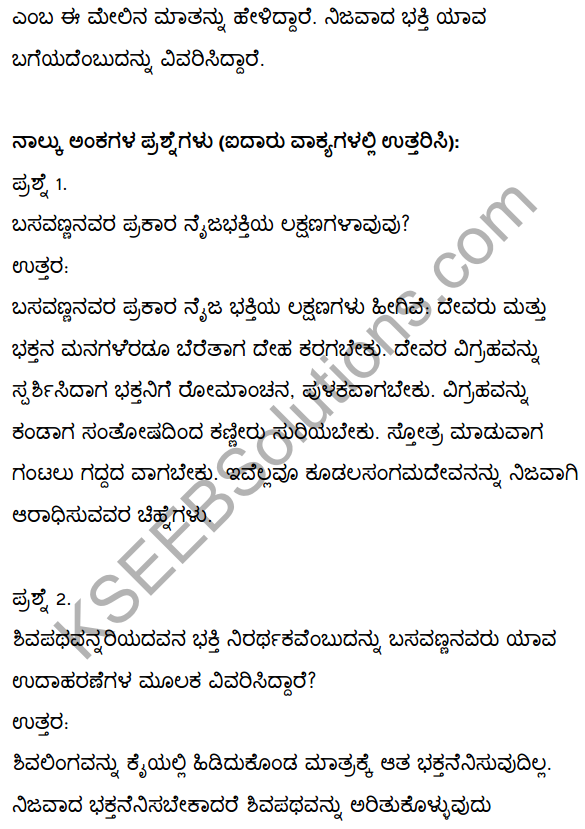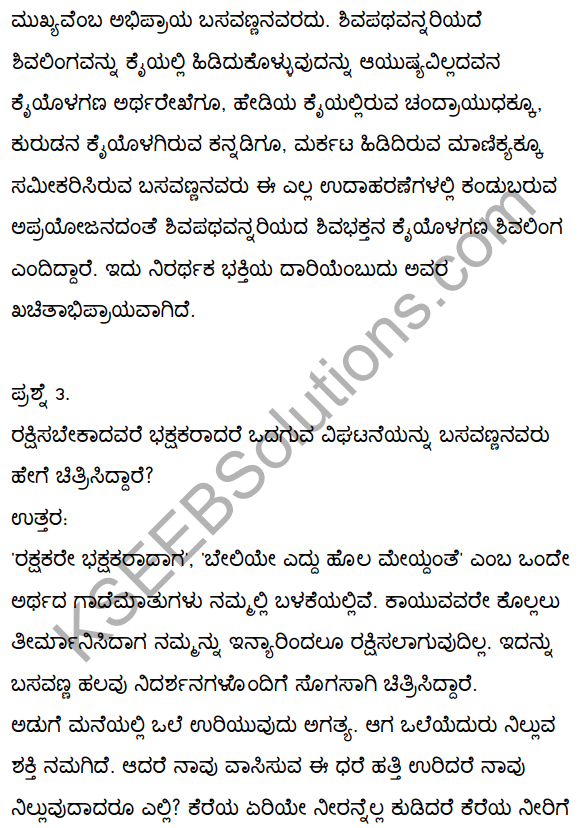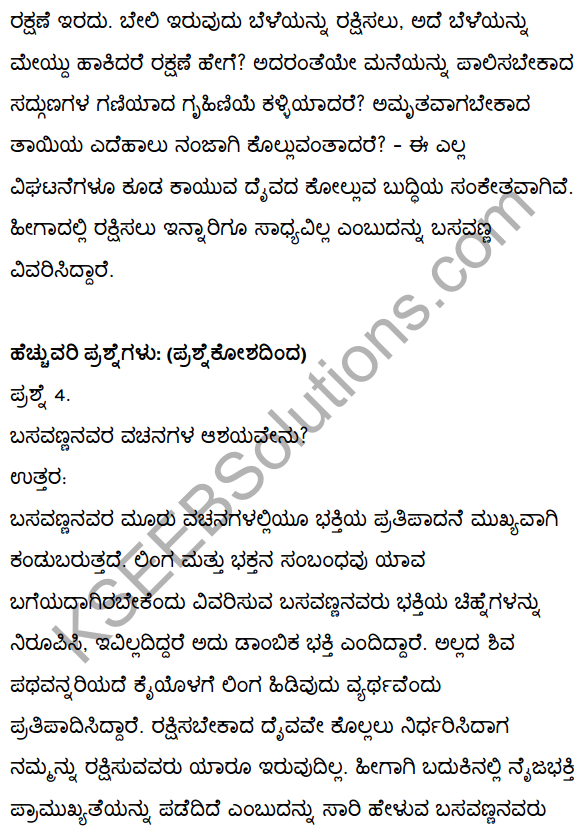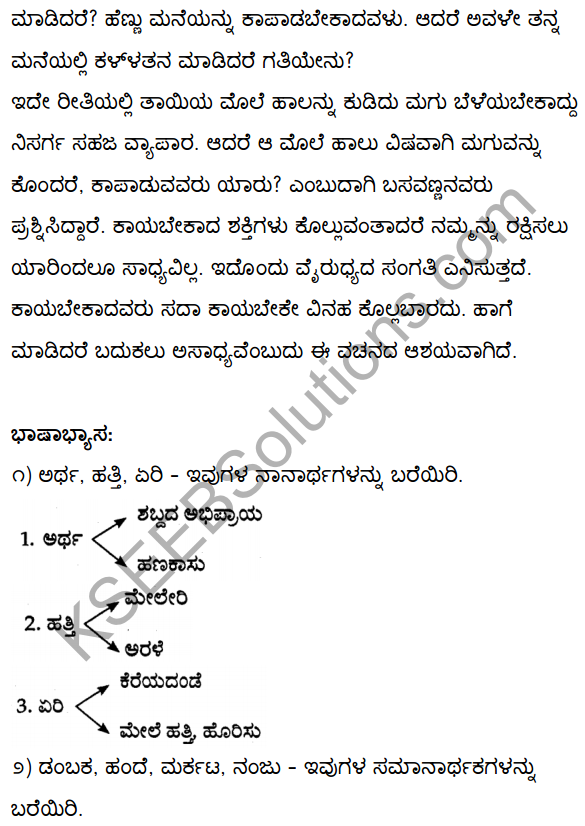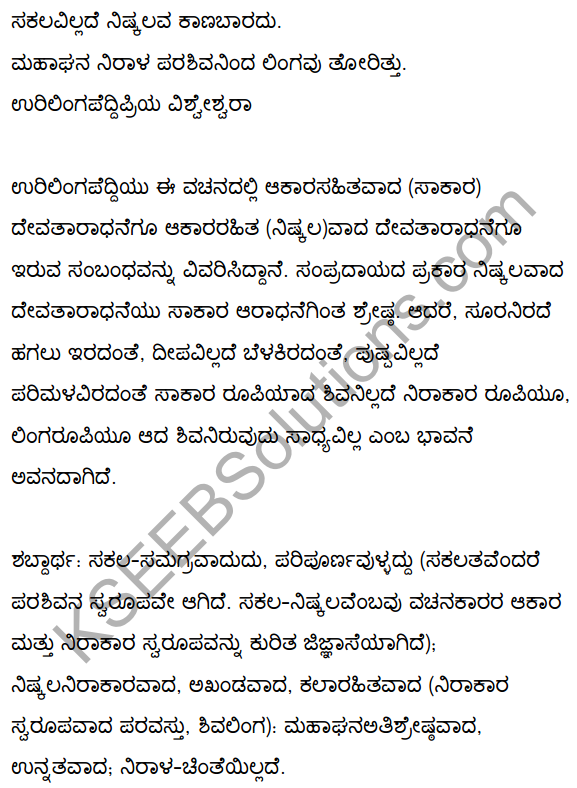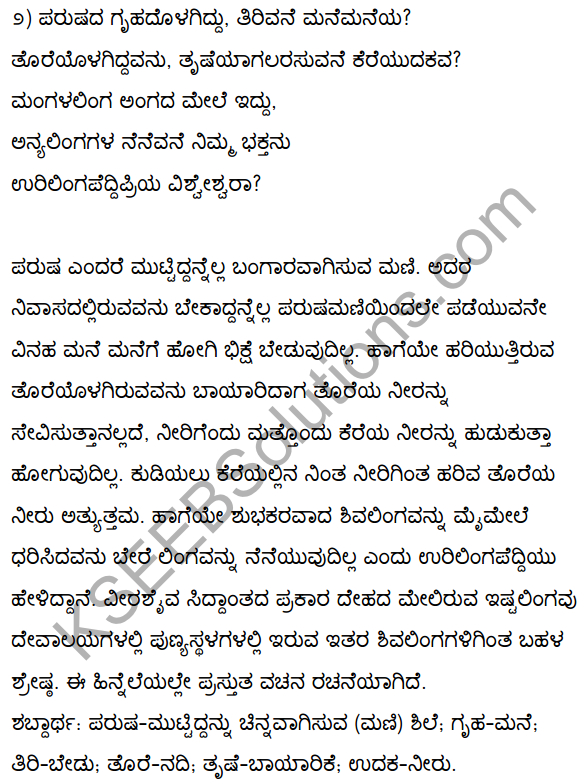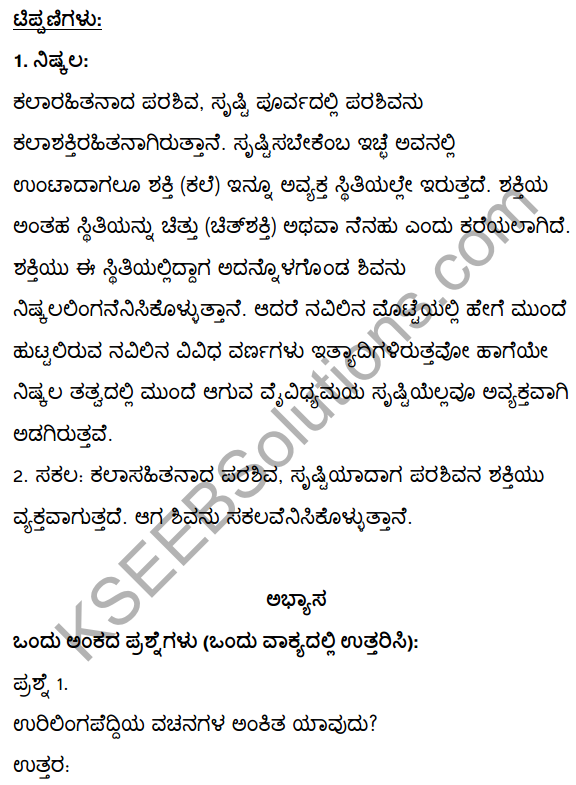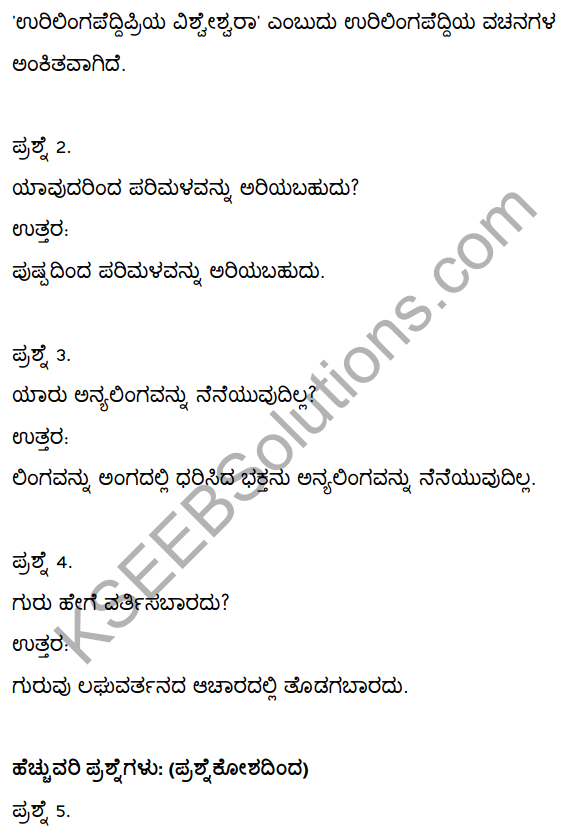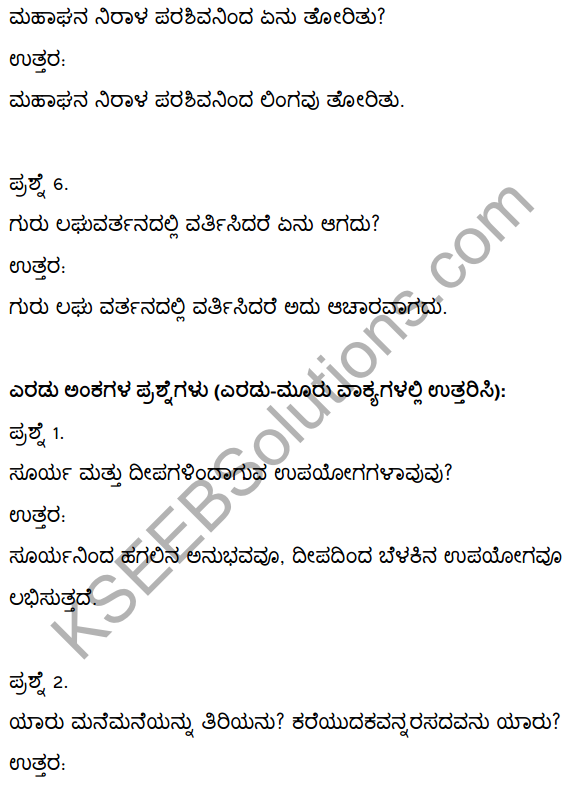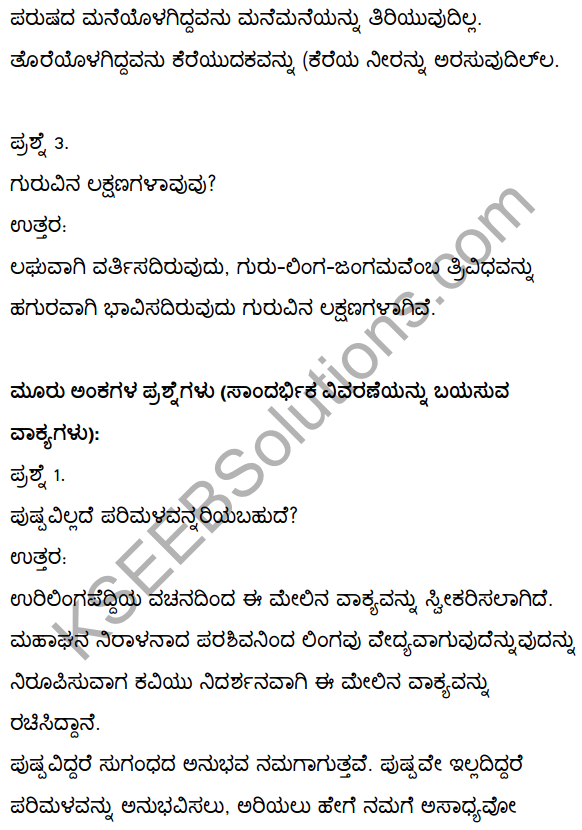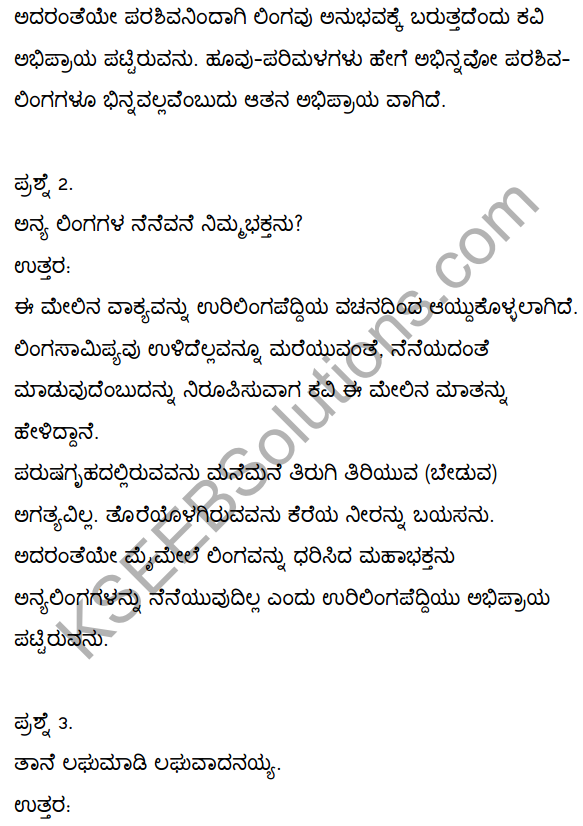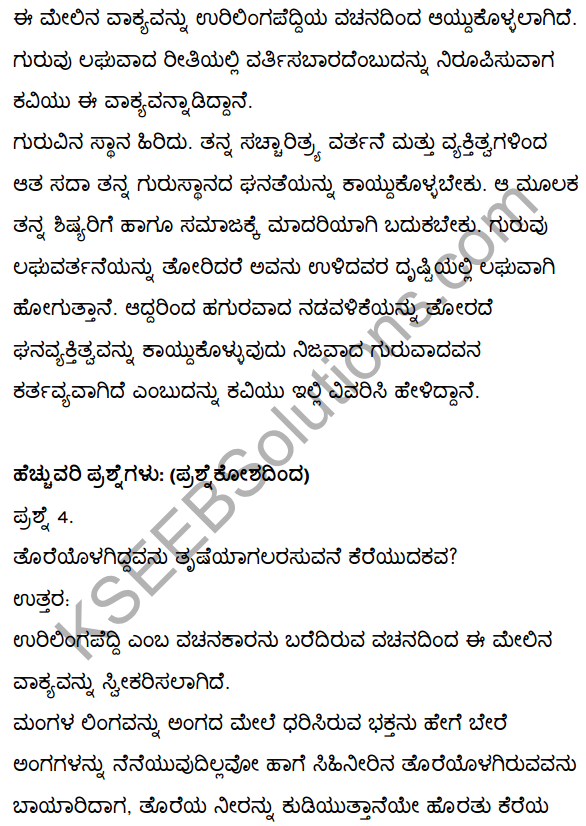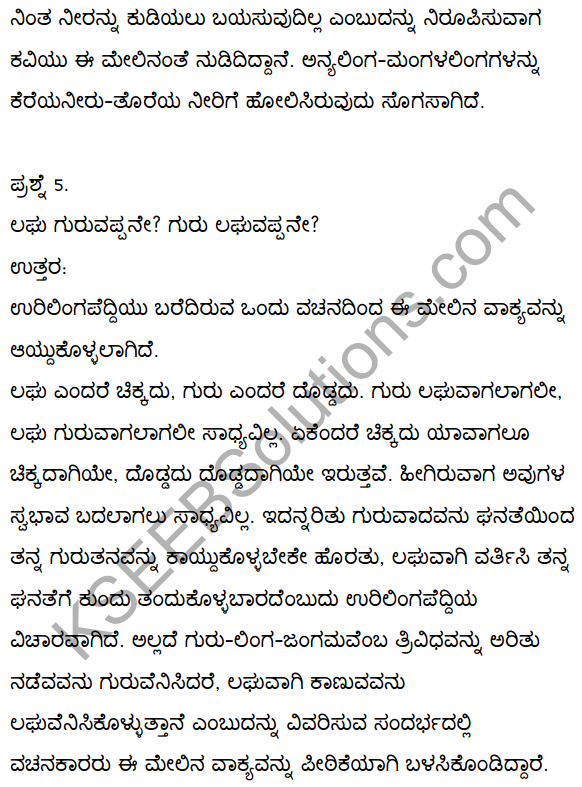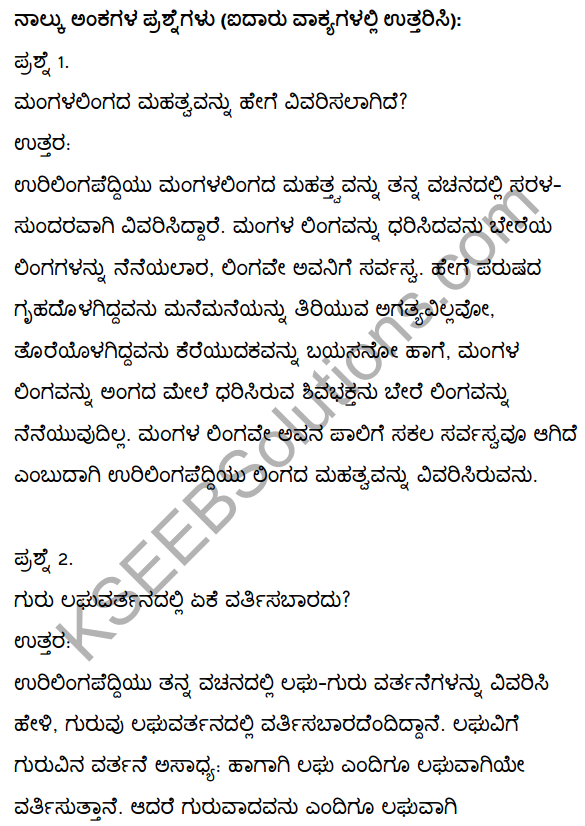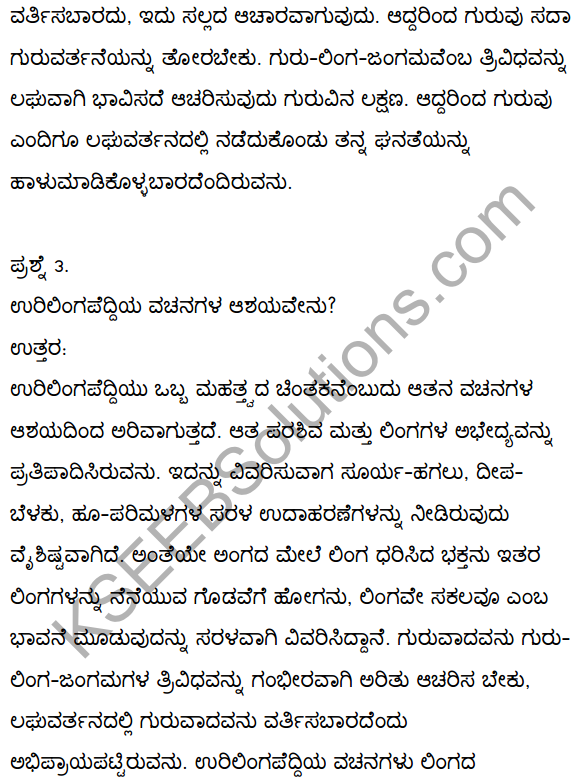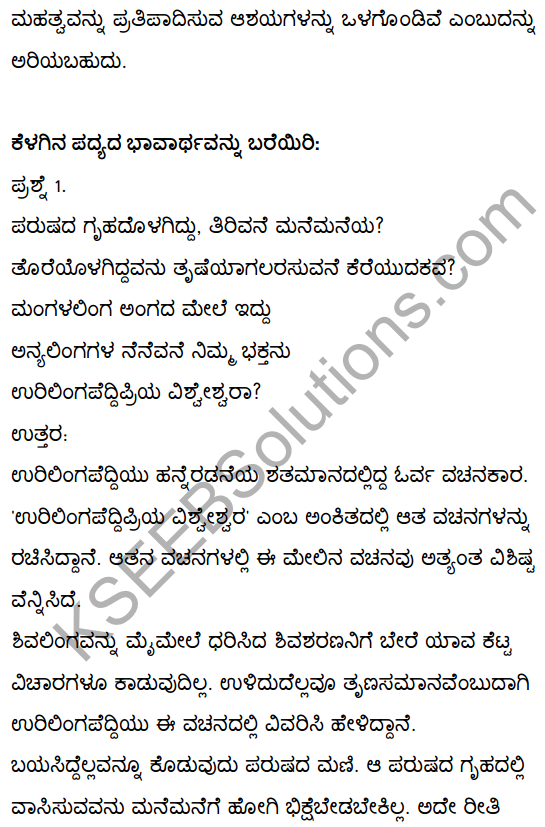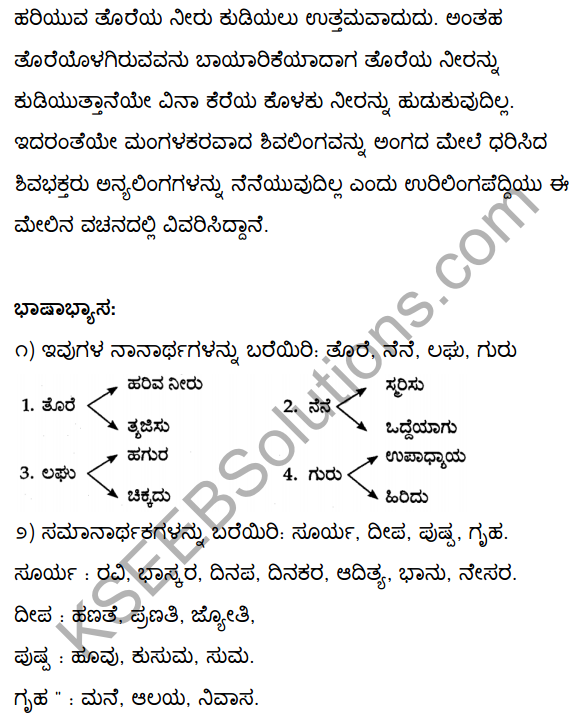Karnataka 2nd PUC Political Science Question Bank Chapter 9 India’s Foreign Policy
You can Download Chapter 9 India’s Foreign Policy, 2nd PUC Political Science Question Bank with Answers Karnataka State Board Solutions help you to revise complete Syllabus and score more marks in your examinations.
2nd PUC Political Science India’s Foreign Policy One Mark Questions and Answers
Question 1.
Who was called as an architect of Indian Foreign Policy?
Answer:
Jawaharlal Nehru was called as an architect of Indian Foreign Policy.
Question 2.
Expand INC.
Answer:
Indian National Congress.
Question 3.
Which Article of the Indian Constitution states about the Indian Foreign Policy?
Answer:
Article 51 of Indian Constitution states about the Indian Foreign Policy.
Question 4.
Expand NAM.
Answer:
Non Alignment Movement.
Question 5.
How many member countries in the NAM to day? (March 2015)
Answer:
There are 128 member countries in the NAM today.
![]()
Question 6.
What is Apartheid?
Answer:
Discrimination on the basis of race, religion, caste, colour and gender is called Apartheid.
Question 7.
Expand CHOCM. (July 2016)
Answer:
Commonwealth Heads of Government Meeting.
Question 8.
Who is the head of CHOGM?
Answer:
British Queen is the head of CHOGM.
Question 9.
When did India conducted the 1st Nuclear Test?
Answer:
India conducted the 1st Nuclear Test in 1974.
Question 10.
Expand NPT.
Answer:
Nuclear Non-Proliferation Treaty.
Question 11.
Expand CTBT.
Answer:
Comprehensive Jest Ban Treaty.
Question 12.
Expand OPCW.
Answer:
Organization for Prohibition of Chemical Weapons.
Question 13.
Who won the Indira Gandhi Prize for Peace in 2013?
Answer:
German Chancellor Angela Merkel won the Indira Gandhi prize for peace in 2013.
Question 14.
Expand NSG.
Answer:
Nuclear Supplier Group.
Question 15.
Expand CIS.
Answer:
Commonwealth of Independent States.
Question 16.
In Expand PRC.
Answer:
People’s Republic of China.
Question 17.
Expand NEFA.
Answer:
North Eastern Frontier Agency.
Question 18.
Expand LAC.
Answer:
Line of Actual Control.
Question 19.
When Pakistan was born?
Answer:
Pakistan was born on 14lh August 1947.
Question 20.
Expand LOC.
Answer:
Line of Control.
![]()
Question 21.
Expand MFN.
Answer:
Most Favoured Nation.
Question 22.
When Bangladesh was born?
Answer:
Bangladesh was born in 1971.
Question 23.
Who was called as Bangabandhu?
Answer:
Sheik Mujibur Rehman was called as Bangabandhu.
Question 24. (March 2017)
Expand IPKF.
Answer:
Indian Peace Keeping Force.
Question 25.
Expand LTTE.
Answer:
Liberation Tigers of Tamil Eelam.
2nd PUC Political Science India’s Foreign Policy Two marks Questions and Answers
Question 1.
What is India’s Foreign Policy?
Answer:
Foreign policy in general terms means maintenance of relations with other countries and participation in international political and economic affairs. Herman defines foreign policy as “a systematic statement of deliberately selected national interests”.
Question 2.
Write any two historical roots of India’s Foreign Policy. (July 2018)
Answer:
Peace and Non-Violence are the two historical roots of India’s Foreign Policy.
Question 3.
Name any two Indian leaders who contributed for Indian Foreign Policy.
Answer:
Jawaharlal Nehru and Atal Bihari Vaajapeyee are the two leaders who contributed for India Foreign Policy.
Question 4.
Name any two founding leaders of NAM. (March 2017)
Answer:
Jawaharlal Nehru of India and Gamal Abdel Nasser of Egypt are the two founding leaders of NAM.
Question 5.
Where the 1st NAM summit was held? and when? (July 2016)
Answer:
The 1S1 NAM summit was held at Belgrade of Yugoslavia in 1961.
![]()
Question 6.
Where the 17th NAM summit will held? and when?
Answer:
The 17″‘ NAM summit was held at Venezuela in 2015.
Question 7.
Write any two principles of Panchasheel. (March 2016)
Answer:
(a) Mutual respect for each other’s territorial integrity and sovereignty.
(b) Mutual non aggression.
Question 8.
Where the next CHOGM summit will held? and when?
Answer:
The next CHOGM summit will be held at Samoa in 2022.
Question 9.
Write any two code names of nuclear test conducted by India.
Answer:
(a) 1974 Nuclear test (Smiling of Buddha)
(b) 1998 Nuclear test (Sakti-I and Sakti-II).
Question 10.
Name any two military alliances. (March 2015)
Answer:
(a) NATO
(b) WARSAW PACT
Question 11.
Name any two countries of NSG.
Answer:
(a) Russia
(b) Japan.
Question 12.
What is Perestroika and Glasnost? (July 2018)
Answer:
Perestroika means economic rehabilation and Glasnost means openness in administration.
Question 13.
Name the two leaders who accepted Panchasheel. (July 2016)
Answer:
(a) Jawaharlal Nehru of India
(b) Zhou-Enlai of China
Question 14.
Name the two leaders who participated in Tashkent Agreement. (July 2015)
Answer:
(a) Lai Bahadur Shastri of India
(b) Ayub Khan of Pakistan.
Question 15.
Name the two leaders who signed in Simla Agreement. (March 2015)
Answer:
(a) Indira Gandhi of India
(b) Z.A. Bhutto of Pakistan
Question 16.
Write any two causes for the Independence of Bangladesh. (July 2018)
Answer:
(a) Neglecting the interests of Bengalis (East Pakistan) by West Pakistan government.
(b) Disallowance by Pakistan People’s party to become Sheik Mujibur Rehman as Prime Minister of Pakistan.
Question 17.
Name any two militant groups of Sri Lanka. (July 2017)
Answer:
(a) Liberation Tigers of Tamil Eelam (LTTE)
(b) Tamil United Liberation Front (TULF).
Question 18.
Mention any two causes for the relation between India and Soviet Russia.
Answer:
(a) Both believed in national freedom
(b) Both supported liberation movements.
![]()
2nd PUC Political Science India’s Foreign Policy Five marks Questions and Answers
Question 1.
Explain the formation of India’s Foreign Policy in brief.
Answer:
Foreign Policy is a set of principles and approaches adopted and followed by a State for securing the objectives of National interest during the course of its relations with other nations. Foreign Policy is the system of actvities evolved by communities for changing the behavior of the States and for adjusting their own activities to the international environment.
The roots of Indian foreign policy are found in the ancient period, particularly in the Buddhist literature and Kautilya’s Arthashastra. Kautilya explains “Mitra” in Sapthanga theory which represents the foreign policy and external sovereignty of state.
The Indian National Congress which was established in 1885 emphasised international relations along with freedom struggle and thus evolved its own international perspective and policy by establishing Foreign Affairs Department under the leadership of Gandhi, Chakravarthi Rajagopalachari, V.K. Krishna Menon and Jawaharlal Nehru. Thus, the Indian foreign policy was given a concrete shape.
The Delhi Conference of INC adopted a historical resolution by declaring that the foreign policy of British government in India did not represent the opinion of Indians Jawaharlal Nehru’s participation in the various international conferences have become land mark in the Indian Foreign Policy. He concretized the ideas of Gandhi into India’s Foreign Policy and hence he emerged as the ‘Architect of Indian Foreign Policy’. The Gandhi ideals are incorporated into Directive principles of State Policy under Article 51 of the Indian Constitution which promotes international peace and security through Indian Foreign Policy.
Question 2.
Explain the importance of Indian Foregin policy. (March 2015,2016 – July 2016)
Answer:
The importance of Indian Foreign policy is as under:
(a) External Sovereignty: The foreign policy of a nation represents its external sovereignty and freedom. India adopted its own foreign policy after the emancipation from British colonialism and emerged as a sovereign nation in the world.
(b) Protection of National Interest: India’s, foreign policy emphasizes the glory of Indian freedom struggle, importance of India’s geographical location for its economic development and patriotism.
(c) Peace and Non-Violence: An important facet of India’s foreign policy is the concern for Gandhian ideals of peace and non-violence. India achieved its independence by using these weapons and succeeded in inspiring the world.
(d) Economic Development: India’s foreign policy comprises of economic development and political stability to ensure the unity and integrity of the country. National security was conceived to protect the independence, territorial integrity, self-reliance.
(e) Democratic Ideals: India supports the Human Rights as the basic condition for democratic world and for egalitarian world. Indian believes in promotion of the principle of democratic ideals to strengthen the foreign policy.
Question 3.
Explain the basic principles of Indian Foreign Policy in brief. (March 2016, 2019)
Answer:
The basic principles of Indian Foreign Policy are as follows:
(a) Non-Alignment which means not to join any military’ pacs and to remain independent in foreign affairs.
(b) India is always opposing the imperialism and colonialism. It played a major role in liberating the countries from the cluches of such power.
(c) As a founding member of UN. India has played a major role in achieving world peace through active support to the UN.
(d) India has stood by the principle of racial equality and opposes discrimination on the basis of race, religion, caste, colour and gender.
(e) Panchasheel is the fundamental principle of Indian foreign policy which emphasizes five principles of peaceful co-operation.
(f) India’s foreign policy emphasizes its concern towards small countries and sympathy towards divided countries.
(g) It is against to the cold war to end an attitude of rivalry.
![]()
Question 4.
Explain the Non-alignment policy of India. (July 2017, 2018)
Answer:
The most important principle of Indian foreign policy is non-alignment. It means detachment from any military bloc and solving all international problems through mutual co-operation and peaceful methods. After the II World War, the world was divided into two military blocs, one led by USA and another by USSR. Main countries of the world became the allies of these two military blocs.
But India was not aligned to any of the military blocs. India was the first country to speak of non alignment and major contributor to the emergence of Non Align Movement. India, Yugoslavia. Indonesia. Egypt and Ghana were the original supporters of the movement.
Question 5.
Write about Panchasheel. (July 2015 – March 2018)
Answer:
Panchasheel is an agreement signed between Indian Prime Minister Jawaharlal Nehru and Chinese Prime Minister Zhou-Enlai on 29th April 1954. The five principles may be explained as follows:
(a) Mutual respect for each others territorial integrity and sovereignty. No country should make an attempt to impose political or military control over other countries.
(b) Non-aggression: No state should go to war against another.
(c) Non-interference in internal affairs: No country should interfere in the internal affairs of other countries.
(d) Mutual benefit and equality: Both countries must conduct their relations with one another on the basis of equality and mutual benefit.
(e) Peaceful co-existence: The countries belonging to different social and political systems should live together in peace and understanding.
Question 6.
Explain the Disarmament policy of India.
Answer:
Major concern of India’s foreign policy in the past cold war period is disarmament and arms race in the world. As a leader of NAM, India established beyond doubt that arms race is at the expense of human development. Expenditure on arms and ammunitions depletes and distorts economic progress, programmes for removal of poverty, eradication of diseases, spread of education and easy availability of basic needs.
Though India is one among the major nuclear powers in the world, it is only for civil use and development, not for armed or nuclear race. The ultimate goal is comprehensive and complete disarmament of all forms of nuclear, chemical and conventional weapons. India established Indira Gandhi Prize for Peace, Disarmament and Development to recognize the persons, who work for the promotion of disarmament and peace in the world.
Question 7.
Explain the Nuclear deal and recent visits of the leaders in Indo-US relations.
Answer:
India and US expressed a new confidence in their relations on nuclear separation deal in 2006. The US agreed to the proposed Indian plan for nuclear separation. Ex. Separation between civilian nuclear plants and non-civilian or military defense nuclear plants. India got the assurance of an uninterrupted supply of uranium and access to advanced nuclear technology to meet the energy needs of India.
The nuclear separation was to be accomplished by India in phased manner and completed by 2014. This deal was to pave the way for a virtual recognition of India as an N-power outside the NPT and to its N-fuel needs. It enables India to negotiate and sign N-fuel supply agreements with European Union countries.
Recent visits of the leaders: In the recent visit of India’s Prime minister to US it was apparent that the US considers India not only as a stable democratic policy but also as one of the major emerging markets of the world. US Vice President, Joe Biden who is known to be a friend of India, during his visit to India has expressed his wish to make India-US closest partners by 2020.
During the visit of Prime Minister Narendra Modi to USA, both the leaders unveiled a joint road map for Indo-US ties and decided to work together. The President of US Barak Obama was the Chief Guest in Republic Day of 2015 have paves the Way to established new era in the India-US relations.
Question 8.
Describe the similar factors of India-USSR relations (March 2016)
Answer:
The similar factors of India-USSR relations are as follows:
(a) India and USSR considered the peaceful settlement of disputes between states as most crucial for the future of the human race.
(b) Both believed in national freedom and social equality as pre-requisite of a just world order.
(c) Support to liberation movements across the world recognized by both countries.
(d) Both countries opposed all forms of colonialism, imperialism, racial discrimination.
Thus India and USSR realized geo-political significance and the need to strengthen bilateral ties. This is to ensure the settlement of regional problems and establishment of global peace and prosperity.
![]()
Question 9.
Write about disintegration of USSR and Bilateral relations in Indo-Russian relations. (July 2018)
Answer:
Disintegration of Soviet Union: In 1985 Mikhail Gorbachev, the President of USSR introduced economic and political reforms of ‘Perestroika’ (restructuring) and ‘Glasnost’ (openness). It stopped the arms race with US. withdrew Soviet troops from Afghanistan, helped the unification of Germany, ended the cold war.
Other weaknesses inherent in the Soviet Union led to the disintegration of USSR and formation of 15 new countries in 1991. India recognized all of them as sovereign states and established new diplomatic relations. Ten of them joined together to form new association with Russia called Common wealth of Independent States.
Bilateral Relations of Indo-Russia: The new leadership in Russia and other Republics of erstwhile Soviet Union hold India in high regard due to India’s secular approach to politics, its stable democratic system assuring rights and equality to all its citizens. It continues its support to India to become permanent member in UN Security Council.
India and Russia both have multi faceted relationship involving strategic and high level cooperation. The process of bilateral annual summits has given great impetus to bilateral relations. Indo-Russia cooperation has continued to move stronger on the basis of mutual interest, faith and friendship.
Question 10.
Explain the Sino-Indian problems and recent visits of the leaders in India-China relations.
Answer:
Sino-Indian problems: India and China are the two largest papulas countries in the world. In 1957, there was a shift in China’s ideological perspective. They stiffened stand towards several countries including India. The alliance with Moscow7 ended. Chinese border incursion in the North Eastern Frontiner Agency i.e. Arunachal Pradesh, claims to 50,000 square miles of India territory and in the Aksai Chin region of Ladakh in the North West in 1959 severed Indo-China relationship.
Nehru had drawn the attention of the visting Chinese Prime Minister Zhou Enlai in this regard, China refused to accept the Me Mahon Line as Sino-Tibetan revolt in March 1959, Dalai Lama and Tibetan refugees were provided asylum in India. China reacted sharply against India’s decision and showed their anger by leveling false charges against India. The misgivings and distrust finally resulted in the Sino-Indian war of 1962.
Recent visits of the leaders: The leaders of both countries reacted positively in recent years. As a member of BRICS. China decided to stop Staple Visas to Jammu and Kashmir residents. This gesture resumed the defence. Business and trade ties between the two nations in April 2011. China became India’s largest trade partner in 2012. Indian Prime Minister visited China in October 2013. The historic visit of Heads of the States in the same year heralded a new era in India-China relations.
Question 11.
Explain the Kashmir Issue in India-Pakistan relations. (March 2015)
Answer:
India and Pakistan are the two rivalry countries in the South Asian Continent. In India’s perspective Kashmir is an integral part of the Republic of India and to Pakistan it is a disputed territory. The argument of Pakistan on Kashmir is that, since majority of population are Muslims. Kashmir should be a part of Pakistan. But India is not ready to accept this argument because Kashmir is an integral part of India.
After wars between India and Pakistan in 1965 and 1971, both the countries affirmed the need for negotiated peaceful settlement of disputes on a bilateral basis.
Question 12.
Describe-the India’s contributions in formation of Bangladesh.
Answer:
Bangladesh emerged as a sovereign state in 1971 with the support of India. Since the first general election of 1952 Bast Pakistan now it is Bangladesh had demanded autonomy. Bengali language and Bengali Muslims, culture was totally neglected. Pakistan People’s party disallowed the leader of East Pakistan to become Prime Minister.
These undemocratic acts lead to massive protest and millions of refugees fled to India. India had to intervene to help the refugees to go back to their homeland. India supported the Bangla Liberation Movement. Bangladesh emerged as sovereign state in 1971.
![]()
Question 13.
Explain the economic and trade relations of India with Bangladesh.
Answer:
The economic and trade relations between India and Bangladesh are multifaceted. They embraced trade transaction, credit arrangements, joint ventures, transaction facilities and transport development. Their relation has remained intact even under adverse political conditions. Closer economic ties benefited to stabilize political relation between the countries especially after 1992.
Bangladesh is one of the most important markets for India’s export. In 2011-12 India’s total export to Bangladesh reached sizeable level. Setting up of South Asian Preferential Treaty Arrangement, Group of Eminent persons led by the leaders of South Asian countries are the land marks in the economic integration of the two countries.
Question 14.
Explain the early relation and causes of disputes in Indo-Sri Lankan relations.
Answer:
Early Relations: Indo-Sri Lankan relation spans over a period of four thousand years. There are two major ethnic groups the Sinhalese and Tamils, who trace their origin to India. Both countries share a historical bond. People of both countries joined together in struggle for freedom from British colonial rule and for a new democratic national identity.
Causes of Disputes: There was a dispute between India and Sri Lanka on the matters of security and sovereignty and some settlements were made to solve the issue of the jurisdiction over Kachathivu Island in the middle of the Palk Straits. One of the main disputes was regarding the political status of Tamil people of Indian origin migrated to Sri Lanka.
The long standing problem of accepting the Tamil speaking population of Sri Lankan as its citizens and giving them regional autonomy could not be solved. The majority of Simhalese demanded Tamils should return to India, they deny the citizenship to Tamils by enacting the Ceylone Citizenship Act of 1948. This was disentailed them franchise and other rights.
In 1965 Indian Prime Minister and Sri Lankan Prime Minister signed an agreement about Tamils Citizenship, but in vain. These are the major causes for the disputes between India and Sri Lanka.
Question 15.
Explain the role of India in the minimizing of Sri Lankan ethnic problems. (July 2016)
Answer:
The extremist activities by LTTE with the support of Tamil communities in South East Asia and Tamil Nadu of India leads to violence in Sri Lanka in great extent during 1987. It arose the fear in large number of non-combatant Tamil population. In this tense atmosphere. Rajiv Gandhi-Jayewardene Agreement was signed in 1988 to solve the problem bilaterally.
The Agreement provided for an Indian Peace Keeping Force to oversee the surrender process of Tamil militants. The IPKF tries to combat the extremist activities in Sri Lanka and finally India agreed to withdraw the IPKF. India had shown its good neighbouring approach to minimize the Sri Lankan ethnic problems as far as possible.
2nd PUC Political Science India’s Foreign Policy Ten marks Questions and Answers
Question 1.
Describe the meaning and importance of Indian Foreign Policy.
Answer:
Meaning: Foreign policy in general terms means maintenance of relations with other countries and participation in international political and economic affairs. It is a combination of principles, interests and objectives through which a state formulates and conducts its relations with other countries.
Importance of Indian Foreign Policy:
(a) External Sovereignty: The foreign policy of a nation represents its external sovereignty and freedom. India adopted its own foreign policy after the emancipation from British colonialism and emerged as a sovereign nation in the world.
(b) Protection of National Interest: India’s foreign policy emphasizes the glory of Indian freedom struggle, importance of India’s geographical location for its economic development and patriotism.
(c) Peace and Non-Violence: An important facet of India’s foreign policy is the concern for Gandhian ideals of peace and non-violence. India achieved its independence by using these weapons and succeeded in inspiring the world.
(d) Economic Development: India’s foreign policy comprises of economic development and political stability to ensure the unity and integrity of the country. National security was conceived to protect the independence, territorial integrity, self-reliance.
(e) Democratic Ideals: India supports the Human Rights as the basic condition for democratic world and for egalitarian world. Indian believes in promotion of the principle of democratic ideals to strengthen the foreign policy
![]()
Question 2.
Explain the basic principles of Indian Foreign Policy.
Answer:
The basic principles of Indian Foreign Policy are as follows:
(a) Non-Alignment: India’s foreign policy has been based on the principle of non-alignment. This policy means refusal to accept any definite commitment or to join a system of military pacts or alliances. It implies a policy of peace. It is based on the belief that war should be avoided. Nehru declared, In the sphere of foreign affairs. India will follow an independent policy, keeping away from the politics of groups aligned against one another. India is also a leading member of the NAM.
(b) Opposition to Imperialism and Colonialism: Since India itself remained a victim of British imperialism, it has always opposed all forms of imperialism and colonialism. It has supported the cause of the exploited nations against the colonial powers. It popularized feelings and movements against imperialism. It has defended the rights of Indonesia, Namibia. Bangladesh etc. to become Independent nations.
(c) Faith in United Nations of Organisation: India has great faith in the UNO. It is a founder member of the UNO. India stands for the maintenance of international peace and security through the efforts of the UNO. It has always actively participated in all the activities of the UNO. India looks upon the UNO as an important instrument for bringing about a reduction of tensions and the establishment of honourable peace among the nations of the world.
(d) Opposition to apartheid and racial discrimination: India realized that racial discrimination is more dangerous than war itself. It has, therefore, consistently raised its voice against discrimination on the basis of race, religion, caste, colour and sex. It openly condemned South Africa for its policy of apartheid’.
(e) Panchsheel: The term panchsheel is associated with the foreign policy of India. It is based on five principles of international conduct. These principles were enunciated in the agreement of friendship between India and China in 1954. The principles are:
- Mutual respect for each other’s territorial integrity’ and sovereignty.
- Non-aggression.
- Non-interference in internal affairs.
- Mutual benefit and equality.
- Peaceful co-existence.
(f) Tie with Commonwealth: Although India got its independence from British imperialism. India decided to remain within the Commonwealth of Nations. It is made up of Britain and other countries which had once been its colonies. Traditionally. India had many economic ties with UK and other member countries of Common wealth Association to get financial aid.
(g) Disarmament: Another essential concern for peace in India’s foreign policy has been arms control, disarmament and related matters, from the very beginning, India has advocated the prohibition of nuclear weapons and check on the proliferation of all kinds of weapons in the United Nations and other forums. In general, a major objective of India’s foreign policy has been comprehensive disarmament.
(h) Sympathy towards divided countries: Partition of India and Pakistan due to divide and rale policy of British in 1947, resulted in terrible communal riots, enormous suffering of people who moved out of their homes and had to begin their life again as refugees. Because of the bitter experience of this incident, India is sympathetic towards divided countries of the world.
(i) Affinity towards Afro-Asian countries: Though India has the relations with all countries of the world, it has special affinity towards the countries in Asia and Africa. India supported the freedom struggle of African countries and Nelson Mandela to become the first black leader as a President. India’s role is significant in the formation of ASEAN, SAARC as regional organisations to promote the regional interests.
(j) Against cold war: Cold war began with the formation of two power blocs at the end of II world war viz., US and USSR. Rivalry between them resulted in the emergence of many military alliances. Ex. NATO, ANZUS. SEATO. CENTO. As a leader of NAM, it stayed away from the two blocs. Hence India is emphasizing to end cold war and to restore world peace.
Question 3.
Explain the India and USA relations (July 2015)
Answer:
India’s relation with USA is as old as the history of British imperialism in the world. India’s freedom movement had drawn much inspiration from the colonial history of US. Both nations have a common faith in democratic institutions and way of life and are dedicated to the cause of peace and freedom. The relationship between India and USA can be studied as under:
(a) Economic Relations: After Indian independence, the US extended its economic aid under Truman’s ‘Four Point Program’ of 1950, consisting of American technical skills, knowledge and investment capital. It provided wheat loan to India to manage the famine in some parts of the country in 1951. The Indian economy had close ties with US and its companies. US absorbed much of India’s total exports in the software sector and extended job opportunity to lakhs of Indians in its silicon valley.
(b) Military Relations: There was no good relationship between India and USA in the field of military after II world war since India adopted Non-Alignment policy. As its global strategy to curb the communism. US responded positively with military assistance to India in 1962 Indo-China war. The US has military bases in the Indian ocean. But this was opposed by India.
(c) Indo-US Nuclear Deal: Both countries expressed a new confidence in their relations on nuclear separation deal in 2006. The US agreed to the proposed Indian plan for nuclear separation. Ex. Separation between civilian nuclear plants and non-civilian or military defense nuclear plants. India got the assurance of an uninterrupted supply of uranium and access to advanced nuclear technology to meet the energy needs of India. The nuclear separation was to be accomplished by India in phased manner and completed by 2014.
(d) Socio-Cultural Relations: India and US have close socio-cultural relations. There is a cooperation in the field of cultural exchange, scientific and educational interaction. A large number of people of Indian origin living in the US hold potential of a greater cooperation. Thousands of Indian scholars acquired their advanced knowledge from the education institutions of US.
![]()
Question 4.
Describe the India and Russia relations.
Answer:
India and Russia are the two traditional countries in the world. Soviet Union contributed immensely for the development of industries and technology in India. The defence ties between the two countries helped India in building a credible defence structure. Its steadfast diplomatic support in the UN on the Kashmir and Goa issues is commendable. The use of Veto power in the Security Council to support India in 1971 war with Pakistan was crucial.
Indo-Russia partnership: After the collapse of Soviet Union, Russia emerged as the successor in UN. India decided to continue the historical relations with Russia erstwhile part of Soviet Union. Since 1991, India and Russia are engaged in giving a new’ direction to their bilateral relations. The visits of the dignitaries of two countries gave an impetus to work out comprehensive basis for new’ relationship in the areas of trade and commerce, scientific and technology, education and culture.
Agreements: The Rupee-Rouble Agreement in 1993 ensured the uninterrupted supply of Russia defence spares to India and pledged to India to support its decision on Kashmir issue in the UN Security Council. Both countries signed the Trade Agreement in 1994 for the bilateral trade. A contract was signed by ISRO and Russian firm Glav Kosmos for the supply of Cryogenic Engine to India and transfer of its technology.
Both countries agreed to coordinate their activities and exchange information and experience to combat terrorism, organized crime and illegal arms trade. They have agreed to conduct joint scientific research in the fields of mutual interests. New Treaty of Friendship and cooperation was designed to guide the path of both countries’ relation in the next 20 years.
Bilateral relations: The new leadership in Russia and other Republics of erstwhile Soviet Union hold India in high regard due to India’s secular approach to politics. Its stable democratic system assuring rights and equality to all its citizens. Russia continues its support to India to become permanent member in UN Security Council. Both countries have multi faceted relationship involving strategic and high level cooperation. Indo-Russia cooperation has continued to move stronger on the basis of mutual interest, faith, friendship and past relations.
Question 5.
Explain the India and China relations.
Answer:
India and China are the two ancient civilization countries and the relation of both can be regarded as Sino-Indian relation which is more than 2000 years old. The two countries are most populous and fastest growing major economies of the world.
India was one of the first few countries to extend its official diplomatic recognition to China.
It has close contacts during the Korea war and refused to brand China as an aggressor for its entry in support of North Korea. India and China signed an agreement regarding Tibet, in which India gave up its extra territorial rights in Tibet and recognized the Chinese suzerainty over Tibet.
Both countries accepted the doctrine of Panchasheel. India played a leading role in the Geneva Conference on Korea peace supporting the Chinese position. India was the mam proponent of China’s participation in the first Afro-Asian Conference held at Bandung in 1955.
Both joined hands in opposing SEATO, Baghdad and other military alliances. India supported China over the issue of Taiwan. It reciprocated by giving support to India over Goa. IndoChinese relations remained normal and cordian. The development of Sino-Indian relations became the common objective of the leaders.
Renewal of the Bilateral Relations: Sino-Indian relations were re-established by the diplomacy of ambassadors after 1980. Since 1981 new efforts were initiated to normalize bilateral relations by defusing the border disputes and concentrating on other areas of mutual interest like commerce and trade. Recent visits of both the leaders paved the way to solve the long standing boundary question bilaterally.
Trade and Commerce: The visits of the leaders of both the countries in 2013 paved the way for resurgence of trade and commerce with mutual cooperation in the bilateral relations. During the visit of Chinese leaders to India in 2013. they decided to resolve border dispute and to stimulate economic relations.
It was a land mark in the diplomatic cooperation, cemented the relationship in other areas and to formulate strategies for prosperous future. They have signed a agreement to create ‘Sister City Relationship’ between Delhi and Beijing, Bengaluru and Chengdu, Kolkata and Kunming to boost the tourism and trade.
Both nations designated 2014 as a year of ‘Friendly Exchage’ between India and China and to commemorate the 60th anniversary of the ‘Panchasheel’. The recent visit of Indian Prime Minister in 2015 is a significant step in the reformation of Indo-China relations.
Question 6.
Explain the India and Pakistan relations.
Answer:
India and Pakistan were the part of British India before independence. It was partitioned due to divide and rule policy of British. Pakistan has close ethnic, cultural and historical links with India. Common blood flows across the land. The trauma, agony and fratricidal conflicts of partition of 1947 still haunt the relationship between the two countries. The mutual distrust and animosity affect indo-Pak relations.
Major Pacts between India and Pakistan: After wars between India and Pakistan in 1965 and 1971, both the countries affirmed the need for negotiated peaceful settlement of disputes in the Tashkent Declaration of January 1966 between Talbahadur Shastri and Ayub Khan. Tn the Simla Agreement of 1972, Indira Gandhi and Z.A. Bhutto signed and agreed to solve all disputes in a peaceful manner and on a bilateral basis.
In 1988 both the countries signed the agreement not to attack nuclear installation and facilities of each other. The Lahore Declaration was signed between Indian Prime Minister Atal Bihari Vajpayee and Pakistan Prime Minister Nawaz Shariff in 1999 and the historical bus journey called ‘Sadbhavan Yaatra’ was started from Delhi to Lahore.
Recent Trade ties: Joint Business Forum of both countries decided to augment for Indo-Pak economic relations by identifying opportunities, impediments and prescribing solutions. For better handling of trucks at Wagah-Attari border, it was decided to open more land routes between two nations to boost the economic activities. The Forum’s decision to open Bank branches of both countries is a significant step in the bilateral trade relations.
It created the environment of increasing cooperation in the field of petroleum, power, agriculture, textiles and pharmaceuticals. Pakistan wanted non-discriminatory access to India as a SAARC member country. The Forum has the aim to build the mutual trade relations between two countries for new economic cooperation in 2013.
![]()
Question 7.
Describe the India and Bangladesh relations.
Answer:
Indo-Bangladesh relations began on a note of high level of cordiality, due to India’s sympathy and support to their struggle for independence. In 1972 a 25 years of treaty of friendship, cooperation and peace was signed with the Indo-Bangladesh trade Pact. In 1974 Indo- Bangladesh border agreement was signed and the long standing Farakka Barrage dispute was amicably settled. There had been considerable expansion of cooperation in socio-cultural and economic field.
Bilateral Relations: The formation of SAARC in 1985 led to new initiatives for better Indo-Bangladesh bilateral relations. India agreed to transfer ‘Tin Bhiga’ corridor to Bangladesh on lease basis in March 1992, they have also agreed to formulate a comprehensive plan for sharing of the water resources. Bangladesh assured that Chakma refugees return to their homeland. On December 1996 India and Bangladesh signed the Farakka Treaty for sharing of the Ganga waters.
Economic Relations: The economic relations between two countries are multifaceted. They embraced trade transaction, credit arrangements, joint ventures, transaction facilities and transport development. Their relation has remained intact even under adverse political conditions.
This is mainly because of geographical proximity, contiguity, common language, similarity of consumption patterns, common development needs and experience. Closer economic ties benefited to stabilize political relation between the countries especially after 1992. Bangladesh is one of the most important markets for India’s export.
For several decades, it has been the largest export market for India in the SAARC region. In 2011-12 India’s total export to Bangladesh reached sizeable level. This makes Bangladesh one of the most important export markets for India in the world.
Question 8.
Describe the India and Sri Lanka relations.
Answer:
Indo-Sri Lankan relation spans over a period of 4000 years. There are two major ethnic groups the Sinhalese and Tamils, who trace their origin to India. Both countries Share a historical bond. People of both countries joined together in struggle for freedom from British colonial rule and for a new democratic national identity. Political ties and relations during freedom movement forged new links between them. The significance of India’s interest in Sri Lanka after independence was to promote a policy of good neighbourhood.
There was a contradiction between India and Sri Lanka with relates to Tamil people who settled in Sri Lanka. The long standing problem of accepting the Tamil speaking population of Sri Lanka as its citizens and giving them regional autonomy could not be solved. Hence they protest for their rights but in vain. It resulted in the formation of extremists groups called TULF and LTTE and they opted violence path to achieve their political goal. Government of India deployed Indian Peace Keeping Force to oversee the surrender process of Tamil militants.
Bilateral relations: India and Sri Lanka signed the Free Trade Agreement on December 1998 to promote trade relations effectively between the two countries.
The bilateral trade agreements in 2000 resulted in the marked improvement in the Indo-Sri Lankan trade between 2004 and 2010. The bilateral meeting was held in 2013 and an agreement was signed to combat International Terrorism and illicit drugs trafficking.
The ethnic conflict which continued for over 30 years tore the island nation which ended on May 2009. As per the 13th Amendment of the India-Sri Lanka Accord of 1987, elections were held to the Northern provincial Council in September 2013 and with this a new facet of Democracy began. Indian Prime Minister visited Sri Lanka after 28 years on March 2015 and this leads to the new era between India and Sri Lanka.
